G’day G’day,
One thing I have always struggled with in CX consulting, both as a consultant and a practitioner is customer journey maps.
To me, they felt like they were something consultants used to manifest their worth. Don’t get me wrong I think that there is absolutely a place for CX consultancy. The best CX consultants have an innate ability to sniff out moments of friction in a customer journey like a bloodhound to a bone, but that’s not always easy to build a business case around. So instead, customer journey maps become a line item and a point of focus.
Customer journey maps are not some evil I wish to rid the world of, not at all. They too have their place but sadly for something that takes so long to create I have seen them fail more times than I care to remember. Think about it, days or weeks of collecting data, finding patterns, creating customer personas, (recreating customer personas after someone in marketing knows better), process mapping, designing, printing, and presenting to the board, the executives, the various lines of business, all to end up stuck to a wall where people walk past them blindly or worse… lost in SharePoint.
Customer journey maps fail time and time again, here’s why.
They don’t focus on the one thing they should… the customer. I mean c’mon, it’s right there in the title. Customer journey mapping is about understanding customer experience, needs, and preferences. Unlike employee journey maps that usually involve the end user, customer journey maps often are created without their direct input which means the focus can often veer away from the initial intent. This often leads to the focus being on the business or internal processes, rather than the customer, which is why the mapping exercise is likely to fail.
The second reason is insufficient data. Mapping a customer journey requires detailed data (and I mean detailed and lots of it) about the customer's interactions with the business. If the data is incomplete, inaccurate, or there simply isn’t enough of it then the mapping exercise is unlikely to be all that effective.
The third reason is because of inadequate research. Sometimes the business will expect that research is included in this map-building process, but research takes a unique skill set and lots of time. Time that is often not factored into a scoping document. Mapping the customer journey requires research to understand the customer's experience and needs. If the research is insufficient, the mapping exercise is going to be based on ass-u-m(e)ptions and it won’t truly reflect the customer's actual journey. Customer journey mapping also requires cross-functional collaboration involving multiple departments within a business, marketing, sales, customer service, operations and more. If these departments do not collaborate effectively, (usually because of a lack of time, understanding or differing opinions) then the mapping exercise will miss important touchpoints in the customer journey.
Finally, and this is the clincher, a lack of follow-through. Customer journey mapping is just one of the first steps in improving the customer experience yet often becomes the last because of the time it takes. The journey map is done, we all stand back and ogle at it like Tom Hanks staring at his first fire in Castaway “look what I have created!”. And then we all get lost in the burning embers that are the endless connecting lines and we lose interest, fading back to our desks, happy that we are now more customer-focused to go about doing things the way we always did. If the business doesn’t act on the insights gained from the mapping exercise, it will fail to see any significant improvement in customer satisfaction or loyalty.
How do you make customer journey mapping more impactful and relevant?
One way is to speed up this process so you have time to actually remove customer friction, create a thoughtful creative strategy and get back to what you love about CX.
AI is about to have a significant impact on customer journey mapping. So, if this is your only trick as a CX consultant then watch out.
AI can analyse large amounts of customer data (real-time) to identify patterns and insights that can be used to create more accurate and detailed customer personas that evolve with ever-changing customer demands. By using natural language processing, AI can analyse customer interactions with the business, such as chat logs and customer service calls, to identify points of friction and sentiment. This information can be used to refine customer personas and understand customer behaviour better.
AI algorithms can identify correlations and dependencies that humans can miss, providing a more nuanced understanding of the customer's behaviour, preferences, and needs. Not only that but AI-powered customer journey mapping can help businesses personalise the customer experience by providing tailored recommendations and offers based on said customer behaviours and preferences. It can provide recommendations on areas where improvements are most likely to have the greatest positive impact on customer engagement, customer satisfaction and loyalty, all of which we know lead to increased sales and revenue.
AI-powered journey mapping however goes one step further. It is not a document in SharePoint or a poster on a wall. It can be always on with predictive analytics that can analyse data to identify not just actual but potential customer problems or roadblocks before they occur, reducing the risk of customer churn.
This automation takes away many of the routine tasks involved in customer journey mapping, such as data collection and analysis freeing up human resources to focus on higher-level strategy and decision-making, improving overall business efficiency and effectiveness which is where I believe great CX consultants want to spend their time in the first place and where they add real value.
The Wrap Up
So, if you are a consultant or a practitioner who appreciates customer journey maps but would rather spend the inordinate amount of time it takes in making them on driving real impact on the customer experience and creating a thoughtful informed strategy then perhaps explore some of the powerful A.I. powered tools hitting the shelves right now
So over to you, what do you love or hate about customer journey maps and have you looked at AI solutions in this space? Keen to hear your thoughts.
As always and until next time
Hooroo!



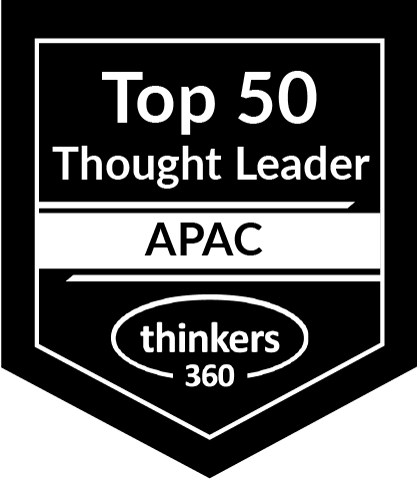

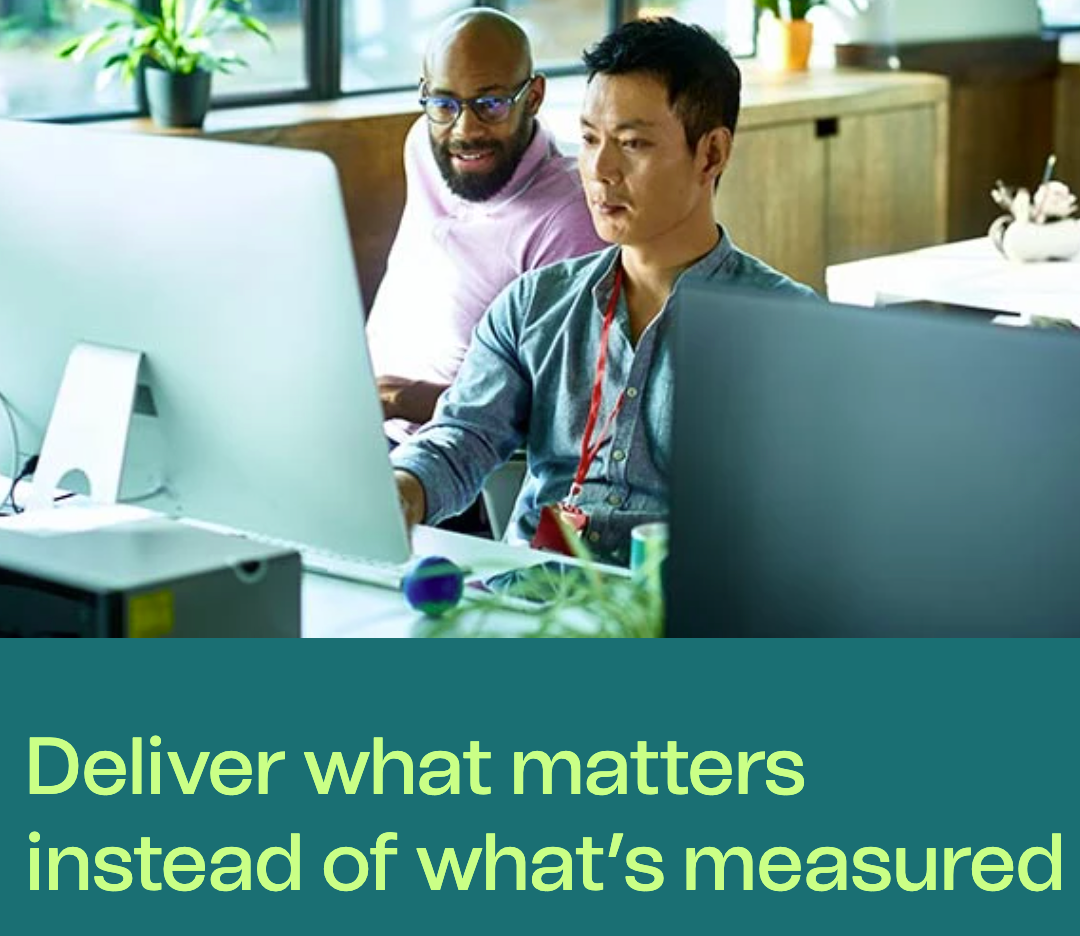 “The Importance of Employee Experience to the Future of Work: Delivering What Matters Instead of What Is Measured”
“The Importance of Employee Experience to the Future of Work: Delivering What Matters Instead of What Is Measured”
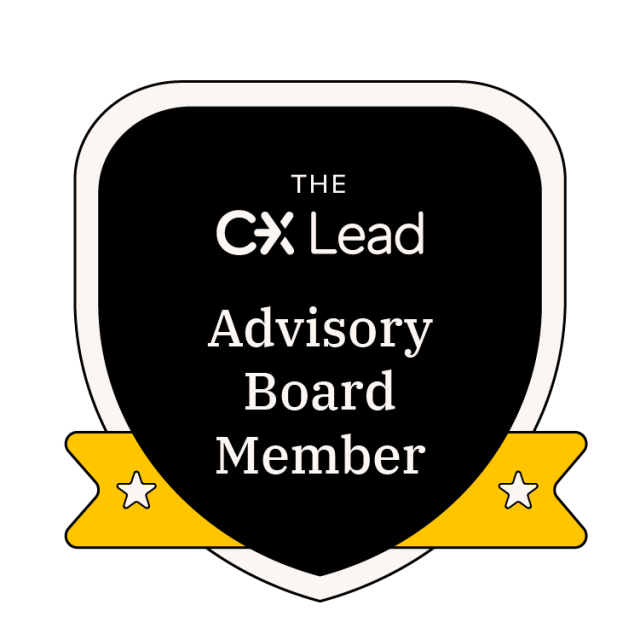 Advisory Board Member The CX Lead
Advisory Board Member The CX Lead
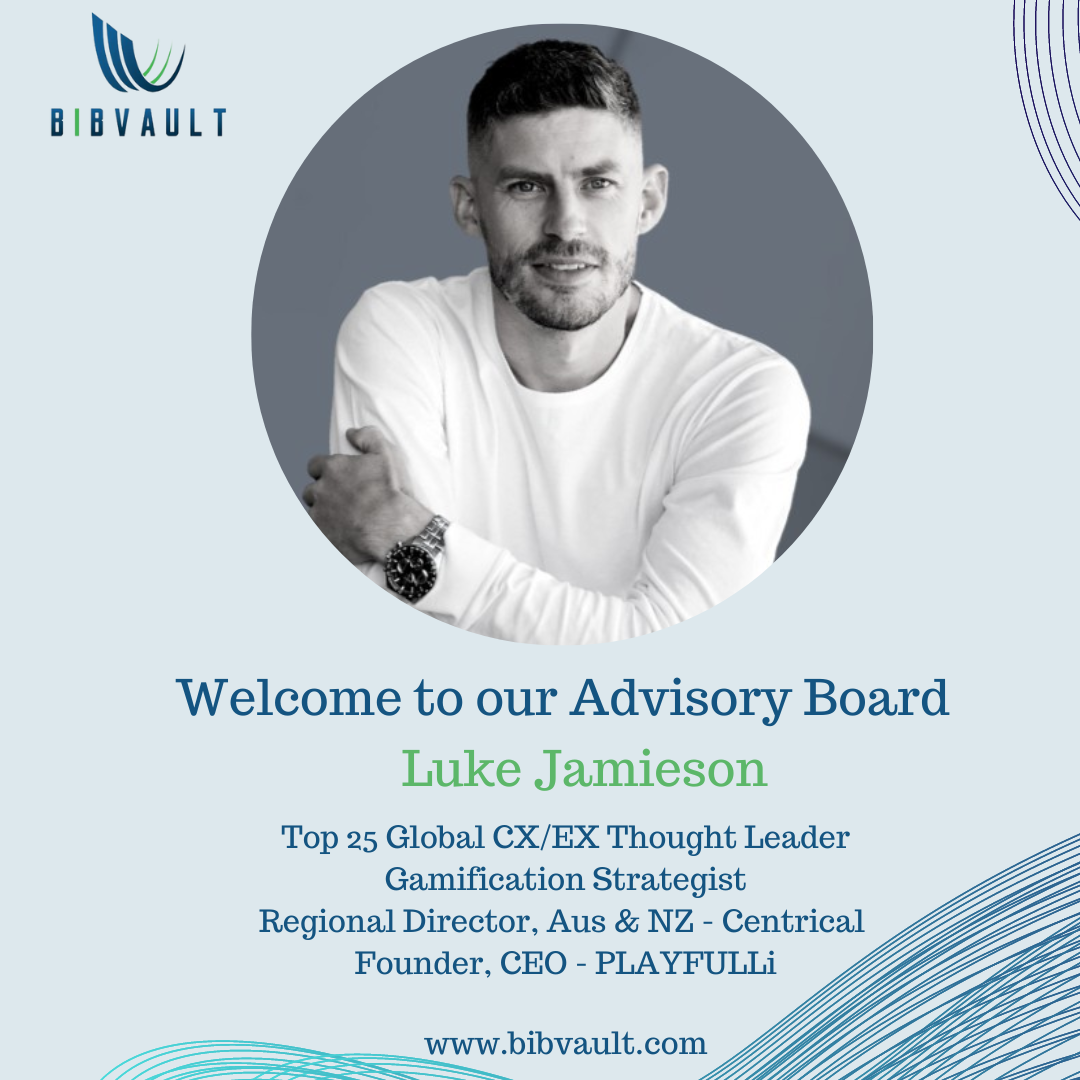 Advisory Board Member
Advisory Board Member
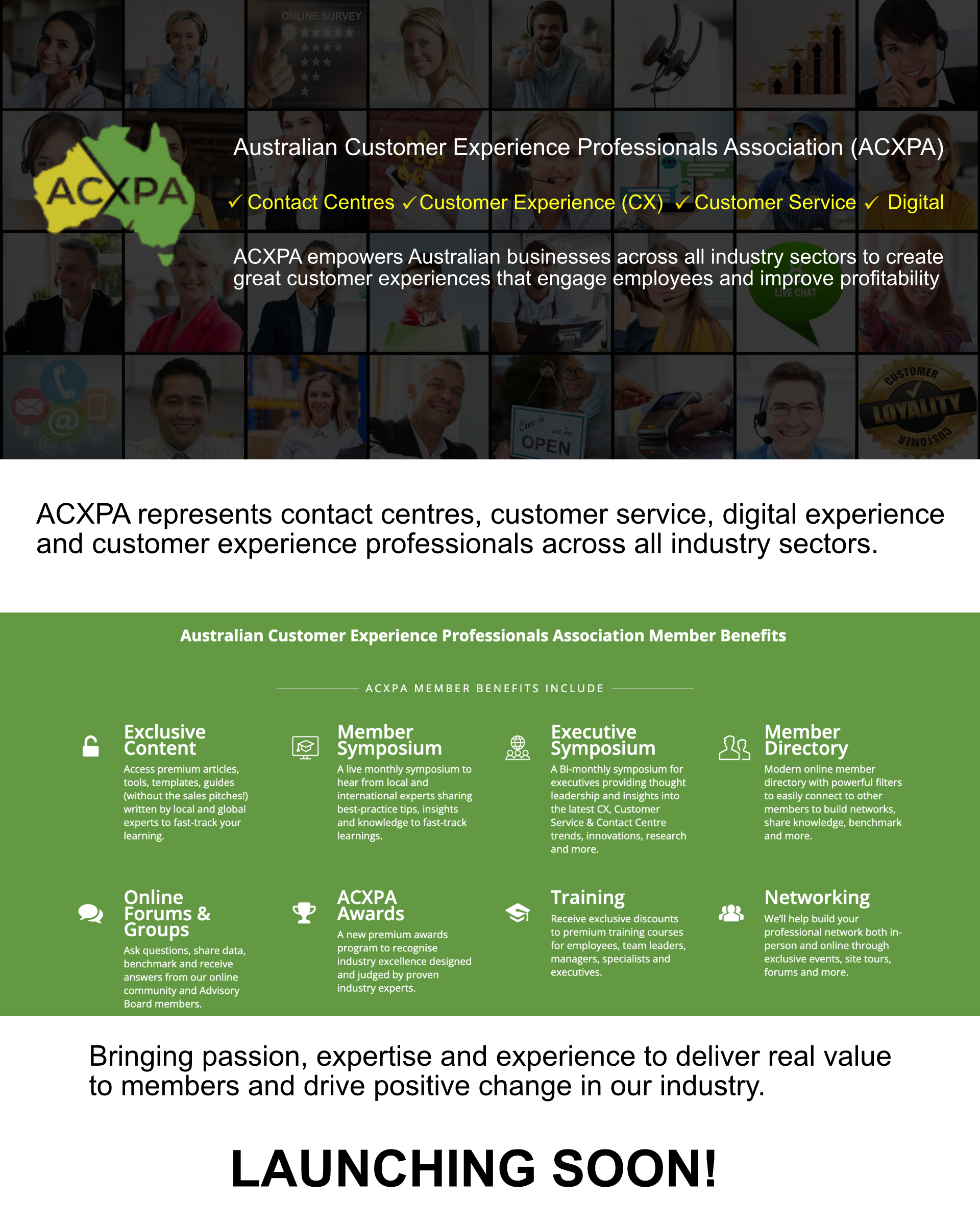 ACXPA Advisory Board
ACXPA Advisory Board
 NewAccess for Small Business - Beyond Blue
NewAccess for Small Business - Beyond Blue
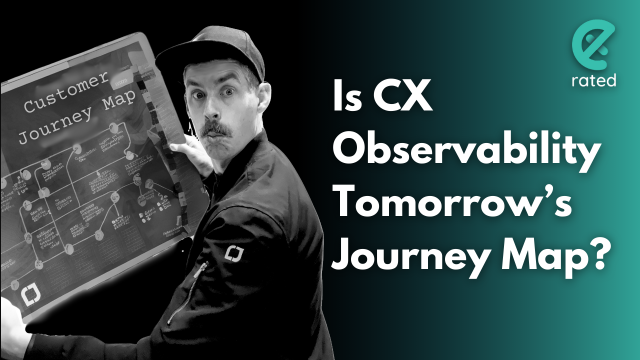 Is CX Observability Tomorrow's Journey Map
Is CX Observability Tomorrow's Journey Map
 The Future of Work Can't be a Return to the Past.
The Future of Work Can't be a Return to the Past.
 Is Gamified CX the Future of Customer Engagement?
Is Gamified CX the Future of Customer Engagement?
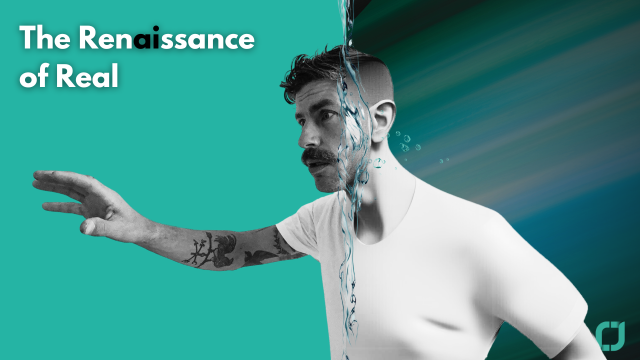 The Renaissance of Real
The Renaissance of Real
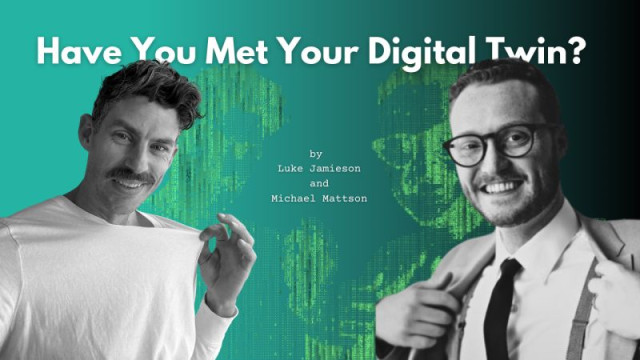 Have You Met Your Digital Twin? They Could Be Your Secret Weapon for Better CXs!
Have You Met Your Digital Twin? They Could Be Your Secret Weapon for Better CXs!
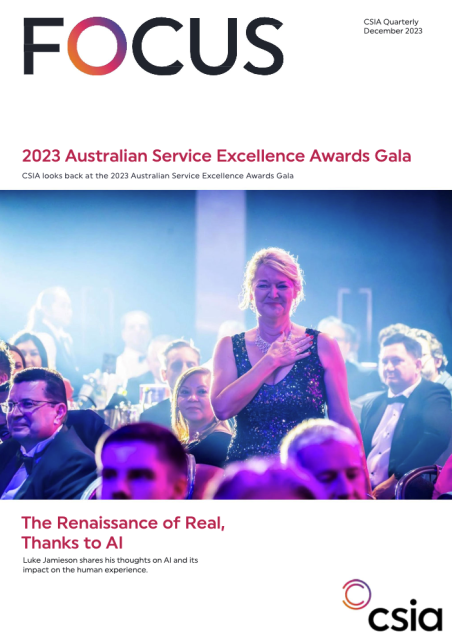 The Renaissance Of Real
The Renaissance Of Real
 I’m Free to Do What I Want, Any Old Time… Sort of
I’m Free to Do What I Want, Any Old Time… Sort of
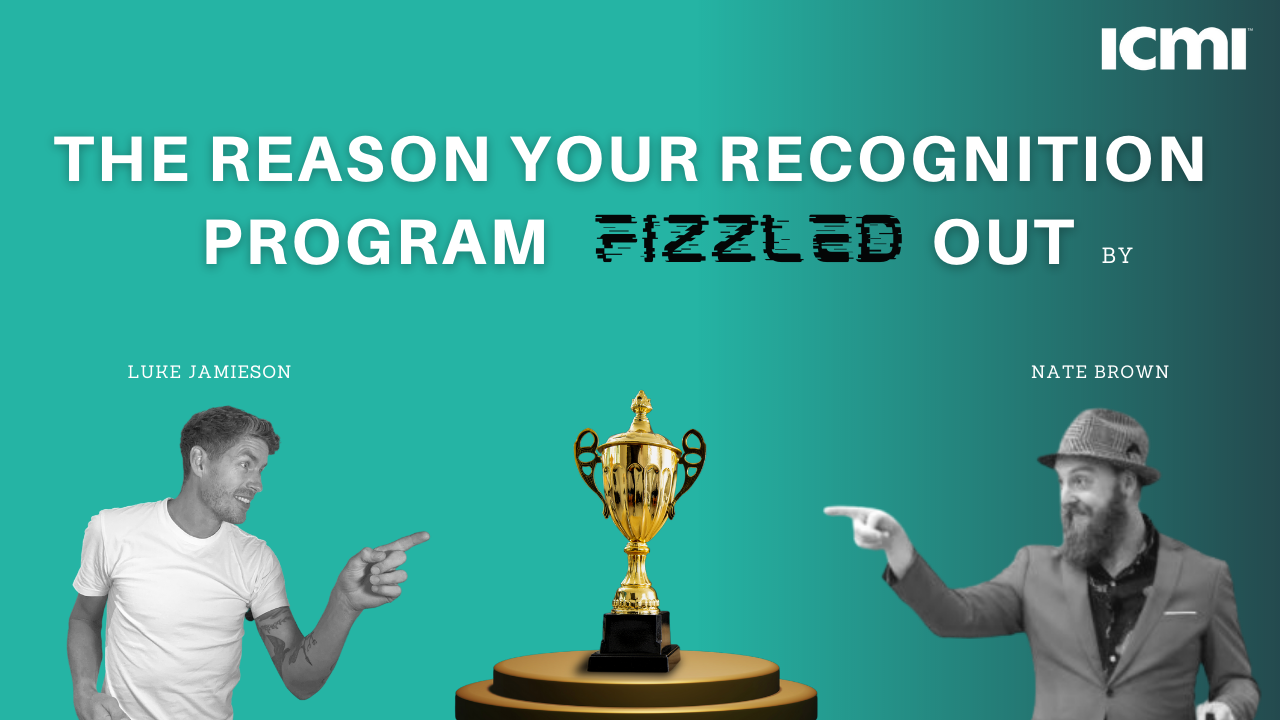 THE REASON YOUR RECOGNITION PROGRAM FIZZLED OUT
THE REASON YOUR RECOGNITION PROGRAM FIZZLED OUT
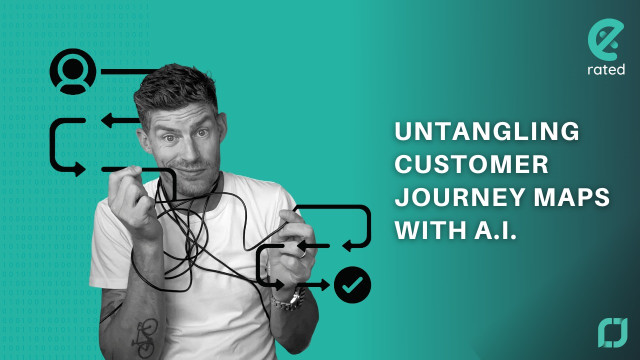 Untangling Customer Journey Maps with A.I.
Untangling Customer Journey Maps with A.I.
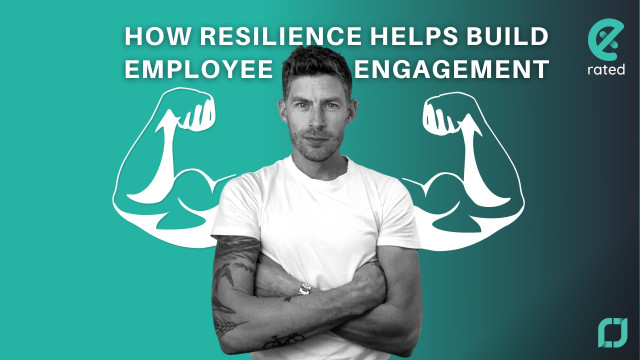 How Resilience Helps Build Employee Engagement
How Resilience Helps Build Employee Engagement
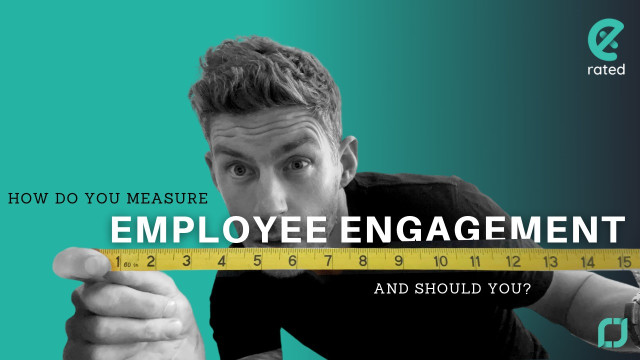 How do you measure employee engagement… and should you?
How do you measure employee engagement… and should you?
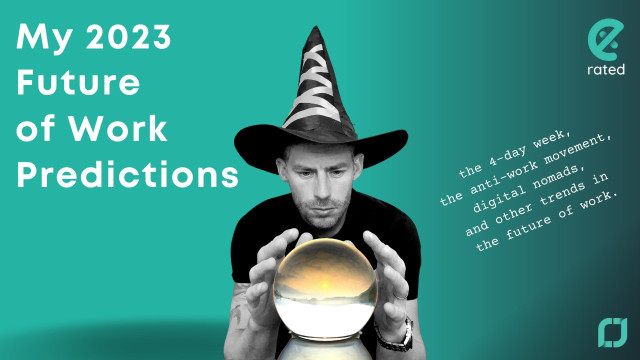 Luke’s Future of Work Predictions for 2023
Luke’s Future of Work Predictions for 2023
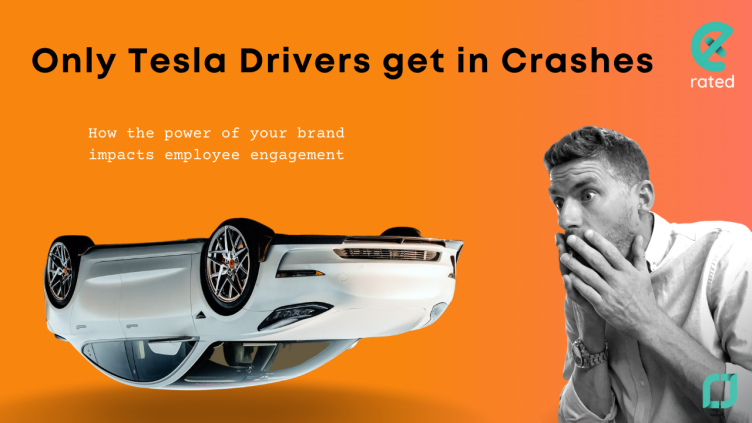 Only Tesla Drivers Get in Crashes
Only Tesla Drivers Get in Crashes
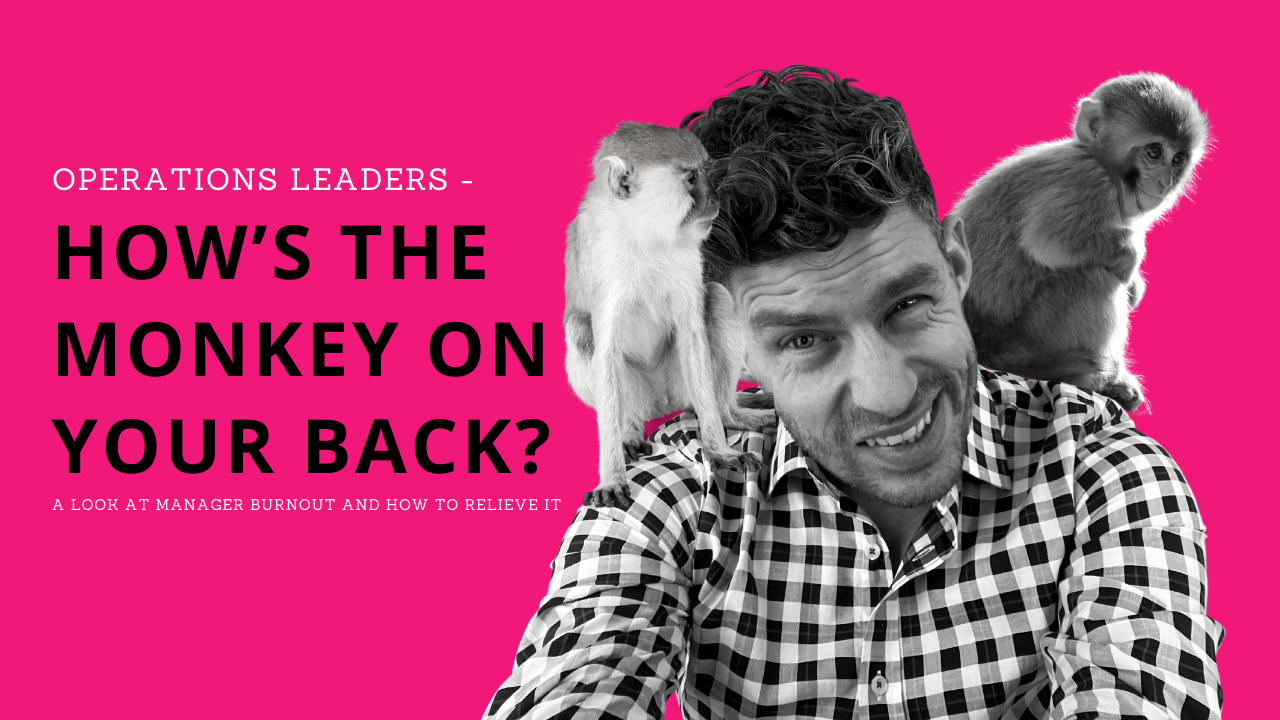 Operations Leaders - How’s the Monkey on Your Back?
Operations Leaders - How’s the Monkey on Your Back?
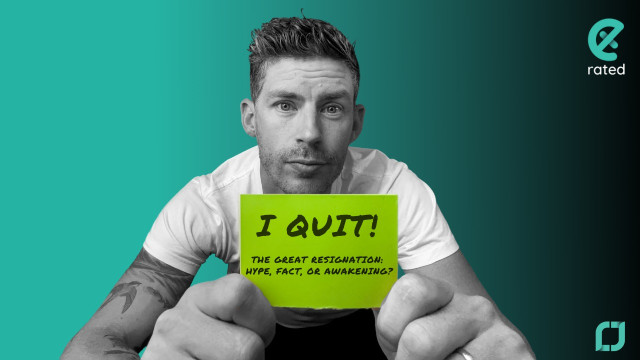 The Great Resignation: Hype, Fact, or Awakening?
The Great Resignation: Hype, Fact, or Awakening?
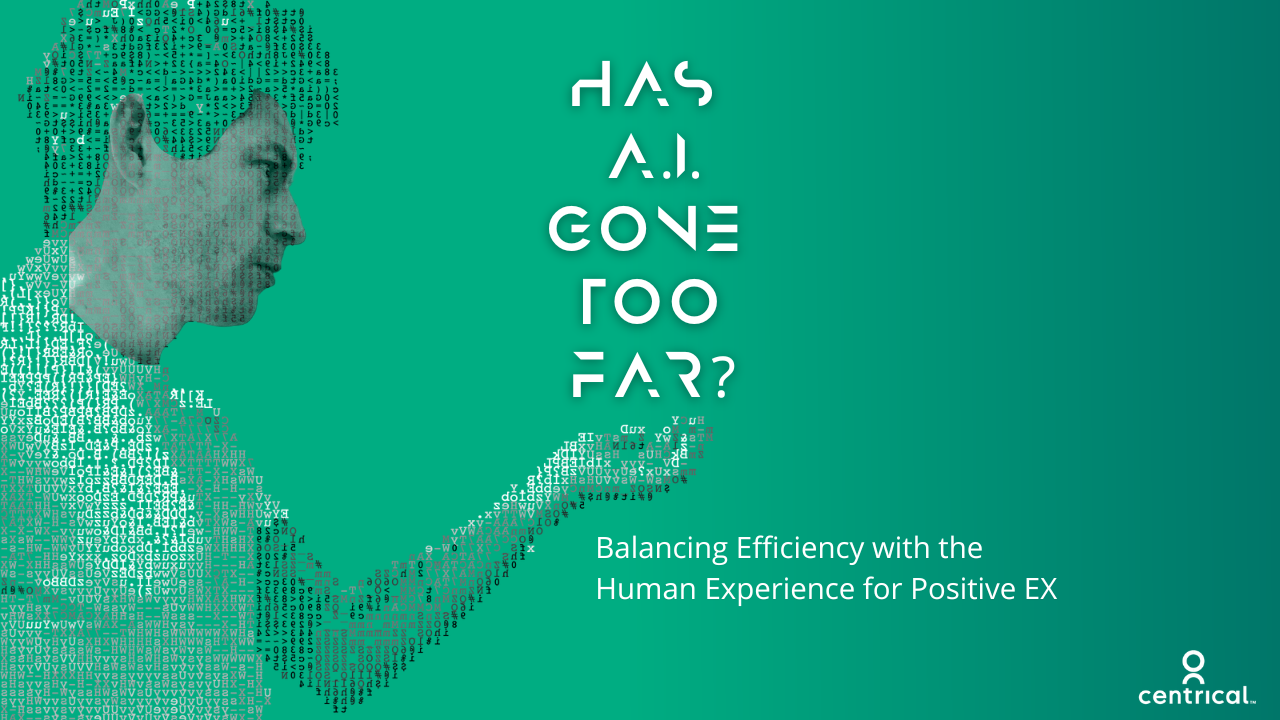 Has AI Gone Too Far? Balancing Efficiency with the Human Experience for Positive EX
Has AI Gone Too Far? Balancing Efficiency with the Human Experience for Positive EX
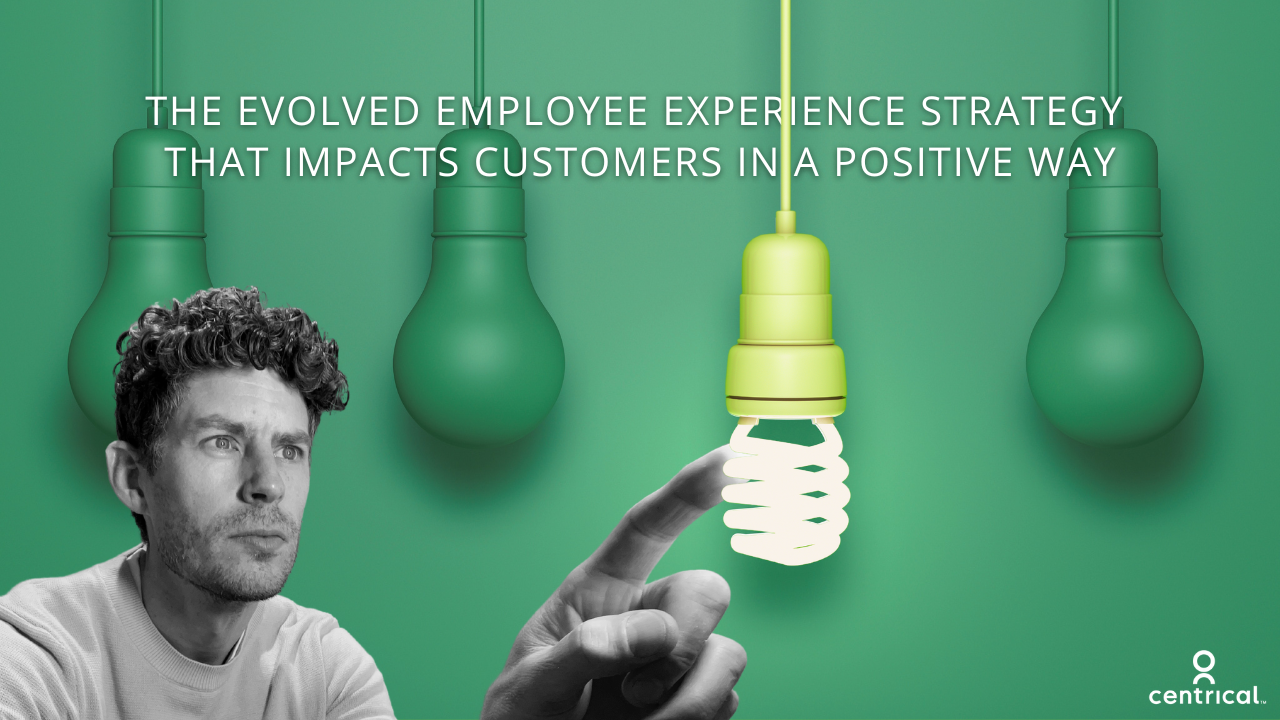 The Evolved Employee Experience Strategy That Impacts Customers in a Positive Way
The Evolved Employee Experience Strategy That Impacts Customers in a Positive Way
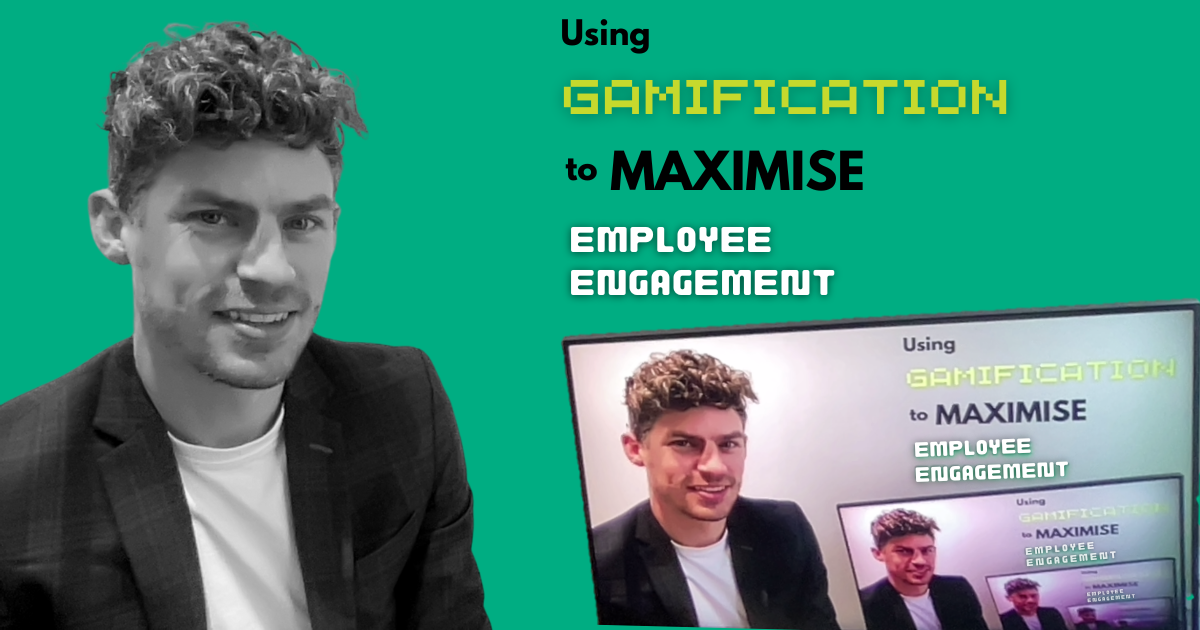 Using Gamification to Maximise Employee Engagement
Using Gamification to Maximise Employee Engagement
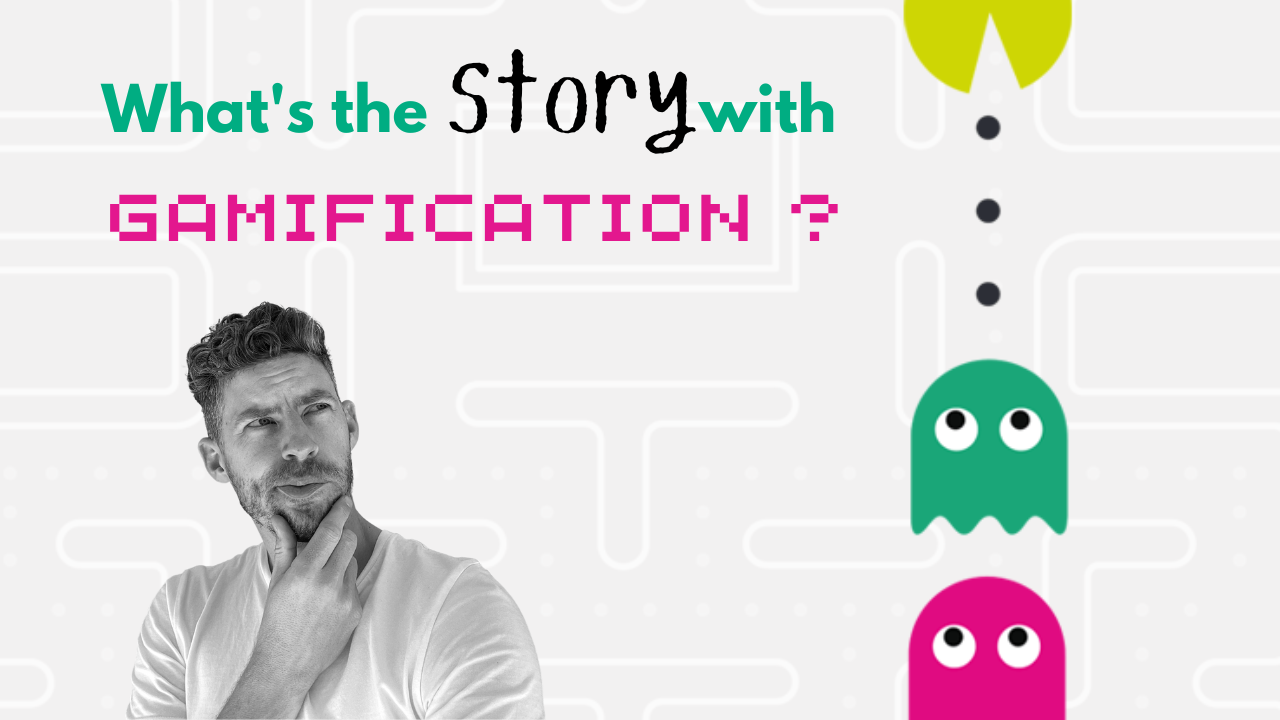 What's the story with Gamification
What's the story with Gamification
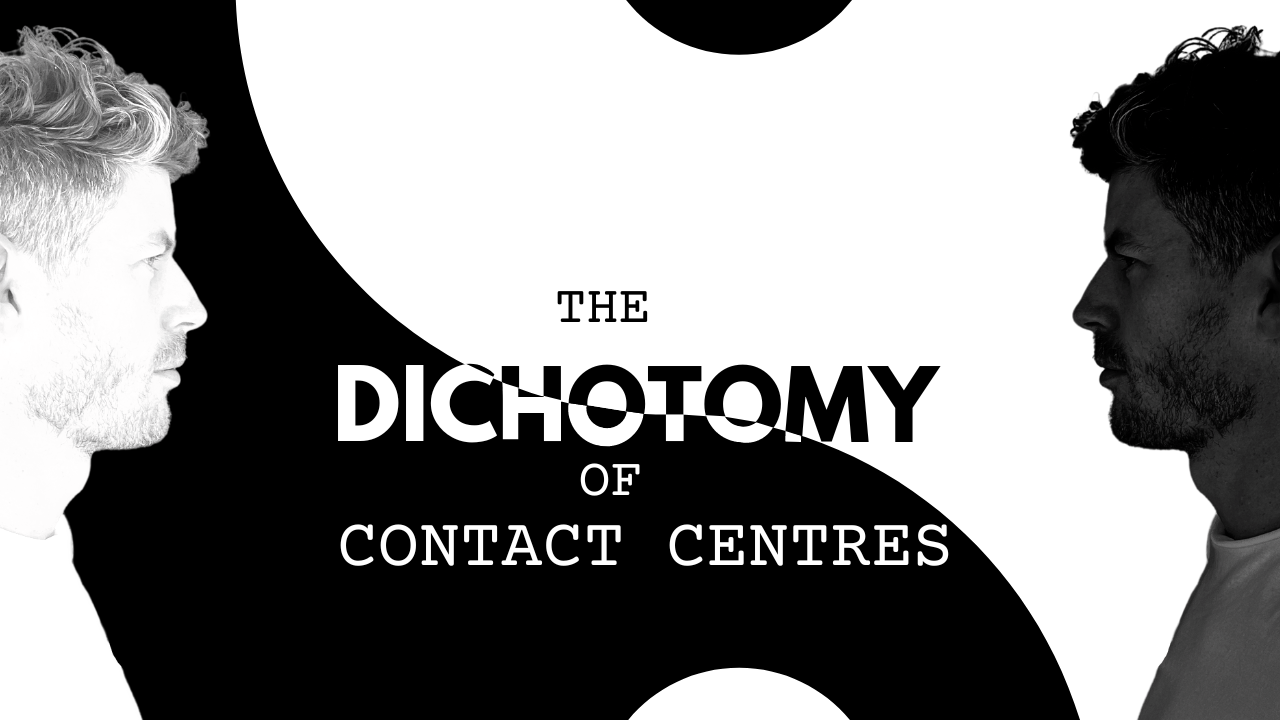 The Dichotomy of Contact Centers
The Dichotomy of Contact Centers
 Turn Cancel Culture into a Coaching Culture
Turn Cancel Culture into a Coaching Culture
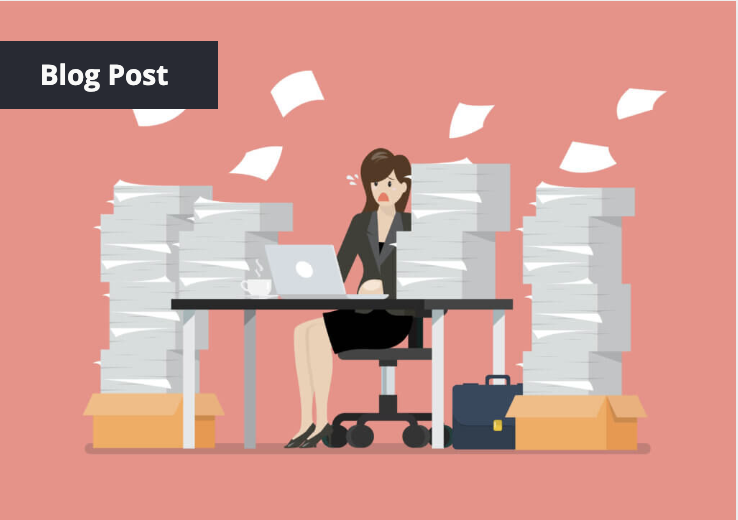 Why Are We Still Overworking?
Why Are We Still Overworking?
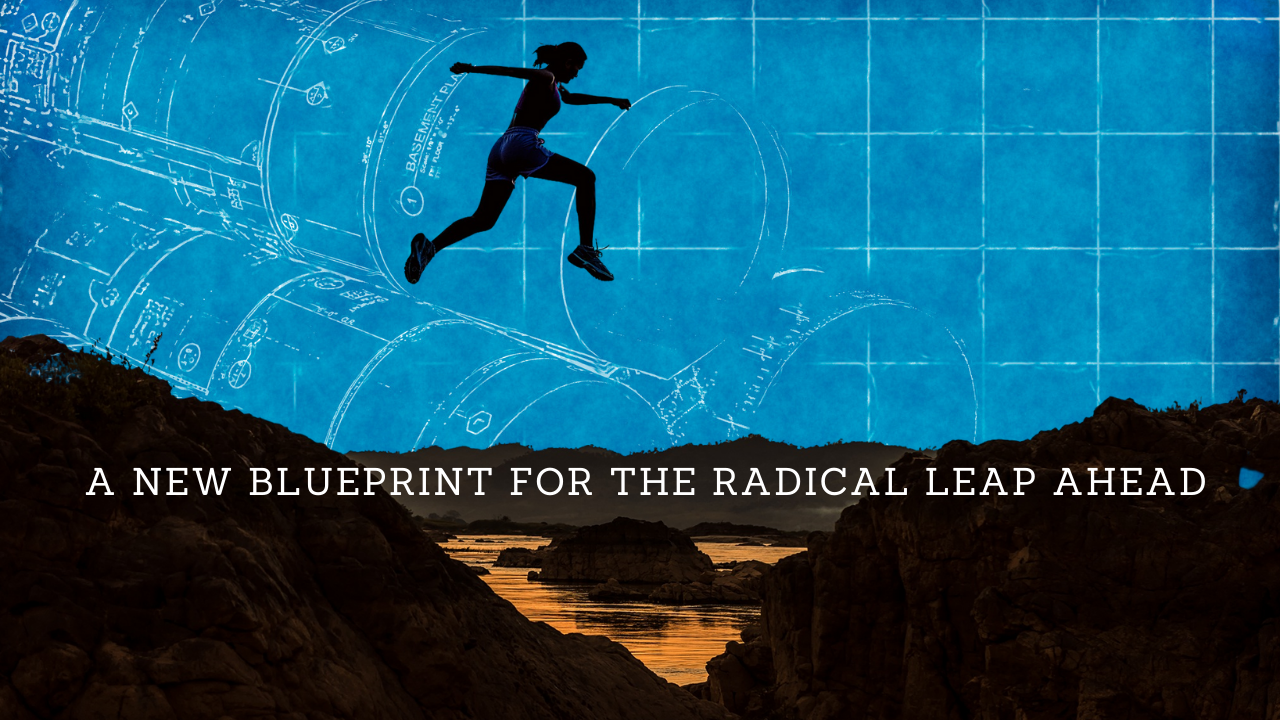 A new blueprint for the radical leap ahead
A new blueprint for the radical leap ahead
 Rare Breeds: Why We Should Embrace Difference to Boost Employee Engagement
Rare Breeds: Why We Should Embrace Difference to Boost Employee Engagement
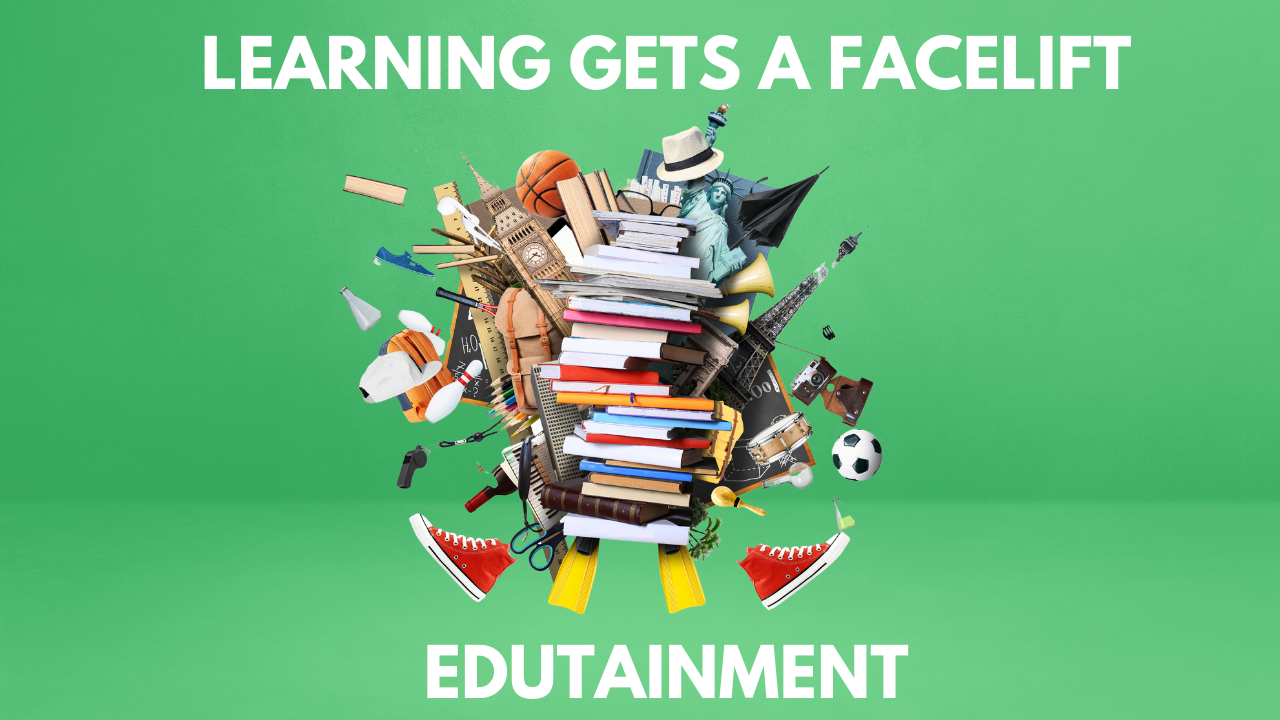 Learning Gets a Facelift with Edutainment
Learning Gets a Facelift with Edutainment

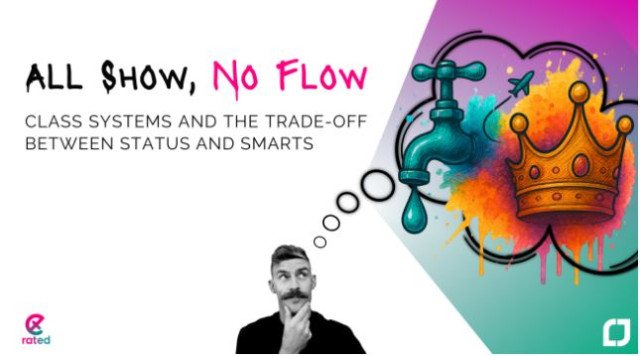 All Show, No Flow. Class Systems and the Trade-Off Between Status and Smarts
All Show, No Flow. Class Systems and the Trade-Off Between Status and Smarts
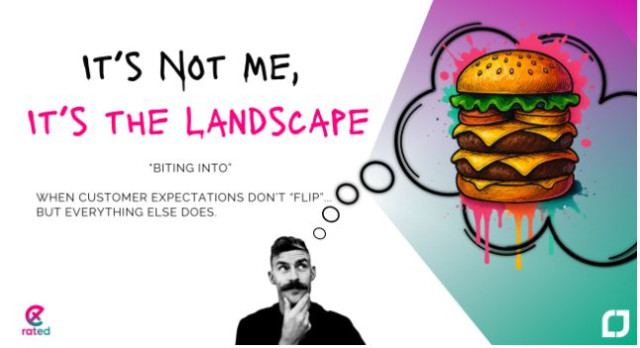 It’s Not Me, It’s the Landscape
It’s Not Me, It’s the Landscape
 2023 Review & 2024 Preview
2023 Review & 2024 Preview
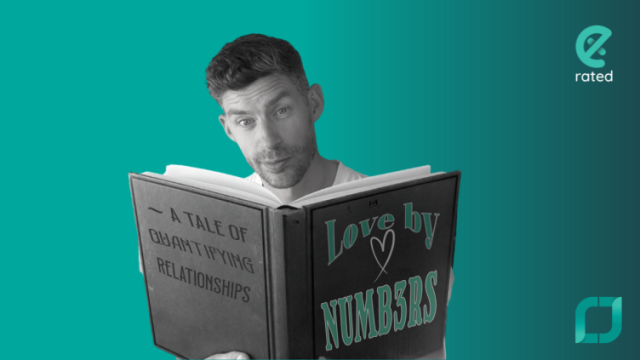 Love by Numbers ~ A tale of quantifying relationships
Love by Numbers ~ A tale of quantifying relationships
 A.I. May Take Our Tasks But IT Will Never Take Our Jobs!
A.I. May Take Our Tasks But IT Will Never Take Our Jobs!
 How do you measure employee engagement… and should you?
How do you measure employee engagement… and should you?
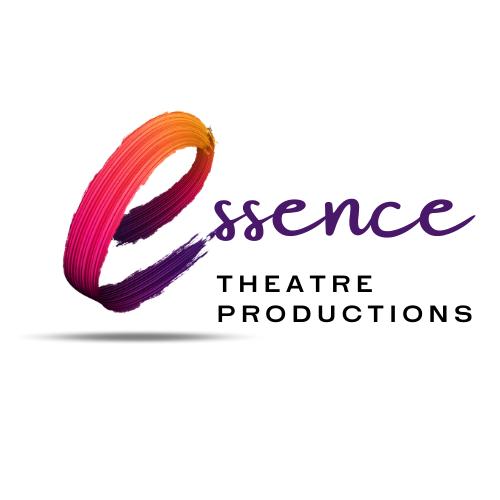 Board Member
Board Member
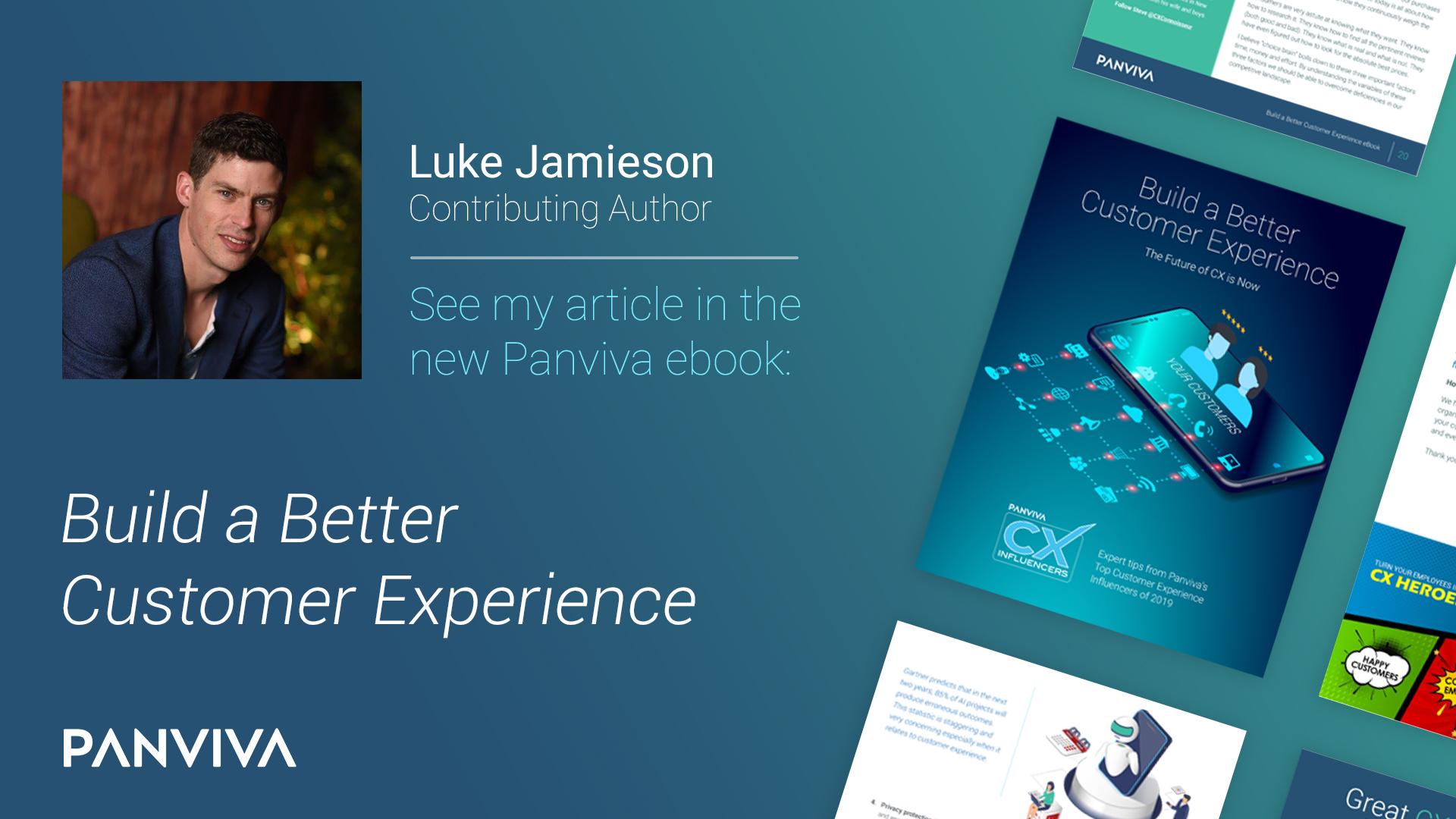 Build a Better Customer Experience
Build a Better Customer Experience
 Playfulli
Playfulli
 Top 150 Global Customer Experience Thought Leaders and Influencers of 2020
Top 150 Global Customer Experience Thought Leaders and Influencers of 2020
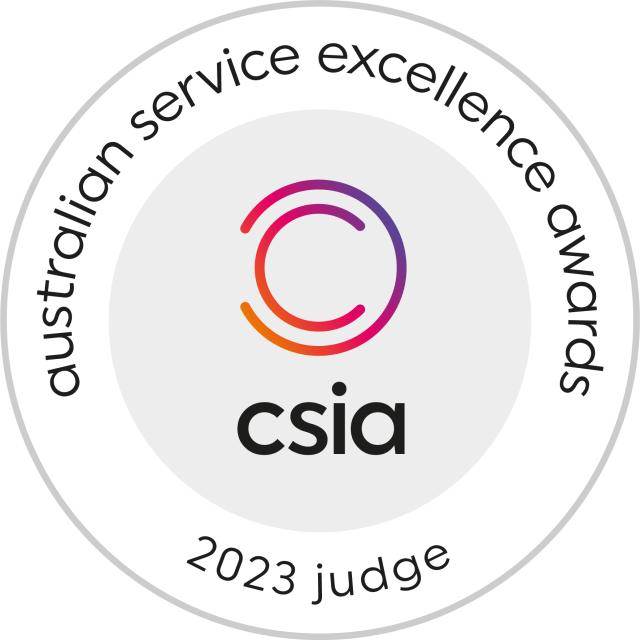 Australian Service Excellence Awards Judge 2023
Australian Service Excellence Awards Judge 2023
 KCS V6 Practices Certified
KCS V6 Practices Certified
 Certified Fellow of the Customer Service Institute
Certified Fellow of the Customer Service Institute
 CSIA Judge 2021
CSIA Judge 2021
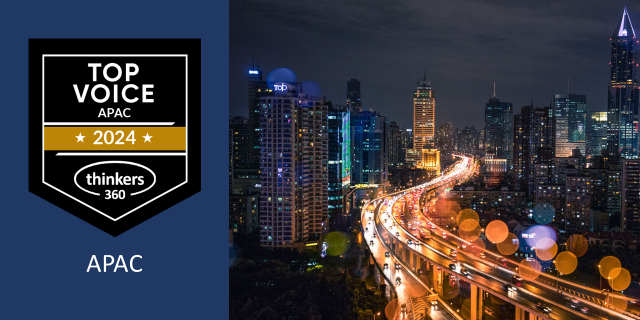 Thinkers360 Top Voices APAC 2024
Thinkers360 Top Voices APAC 2024
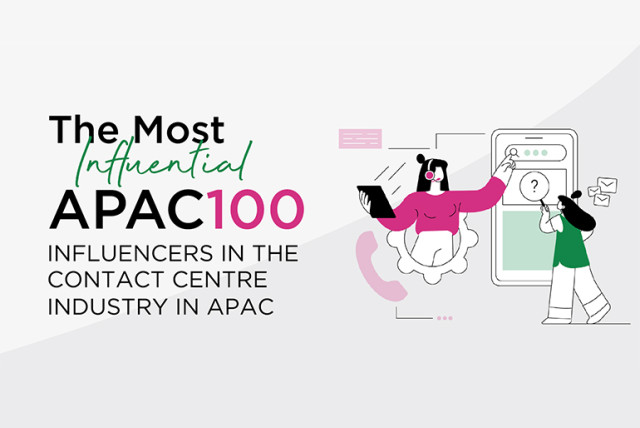 The Most Influential 100 in APAC
The Most Influential 100 in APAC
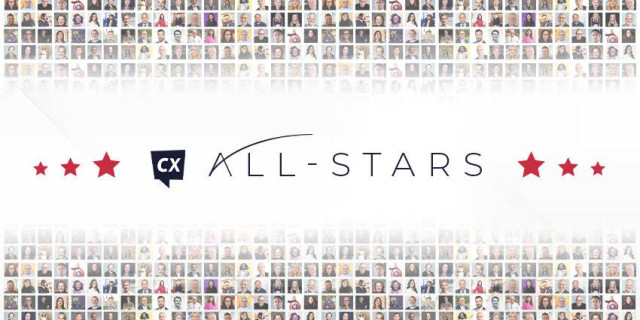 CX All-Stars
CX All-Stars
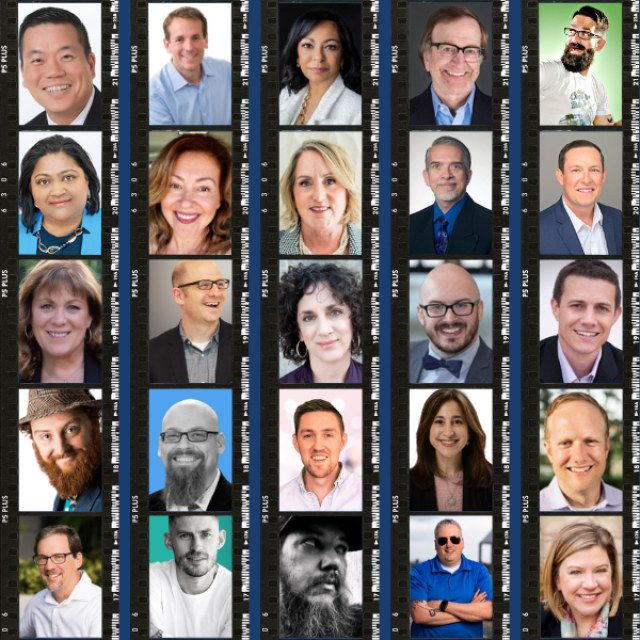 ICMI'S TOP 25 THOUGHT LEADERS FOR 2024
ICMI'S TOP 25 THOUGHT LEADERS FOR 2024
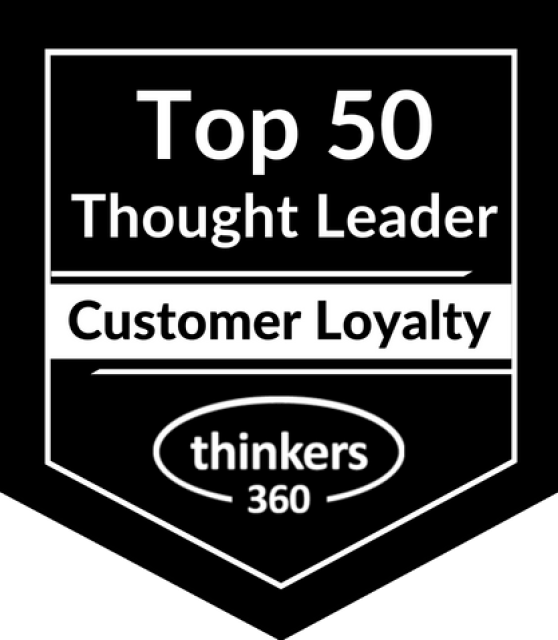 Top 50 Global Thought Leaders and Influencers on Customer Loyalty 2023
Top 50 Global Thought Leaders and Influencers on Customer Loyalty 2023
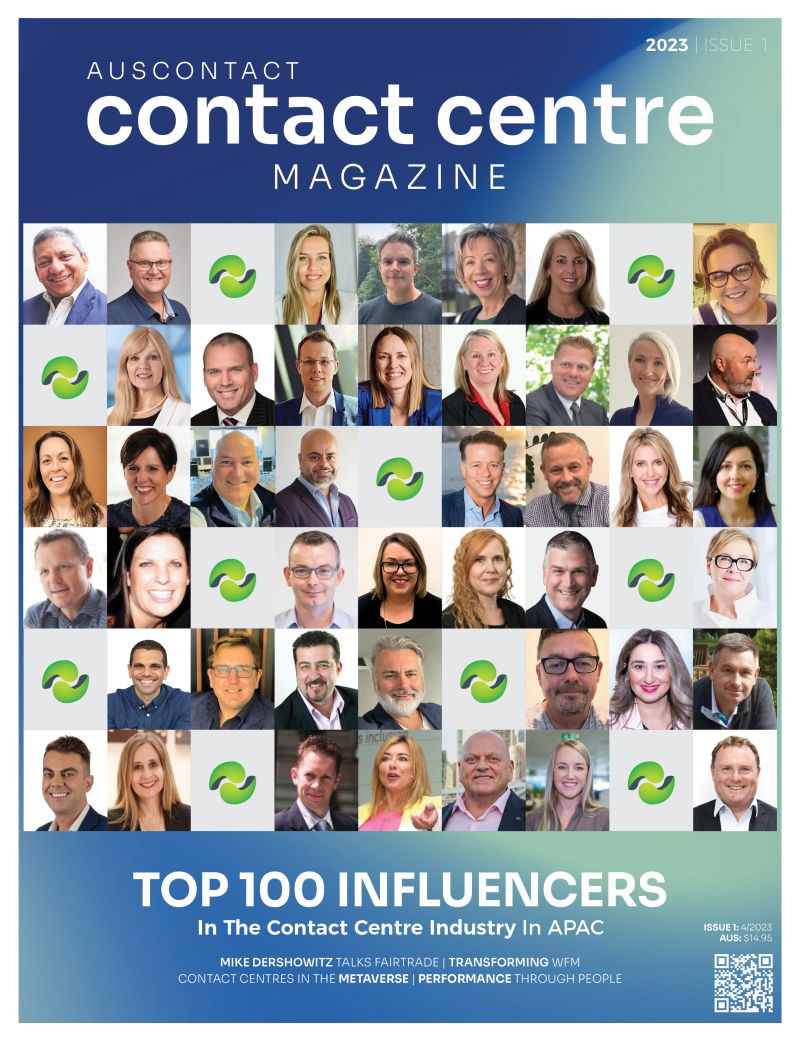 Top 100 influencers in the contact centre industry
Top 100 influencers in the contact centre industry
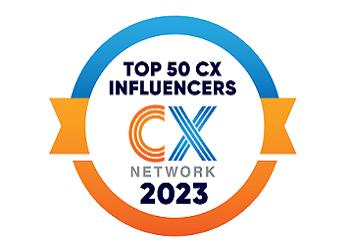 The top 50 customer experience influencers to follow in 2023
The top 50 customer experience influencers to follow in 2023
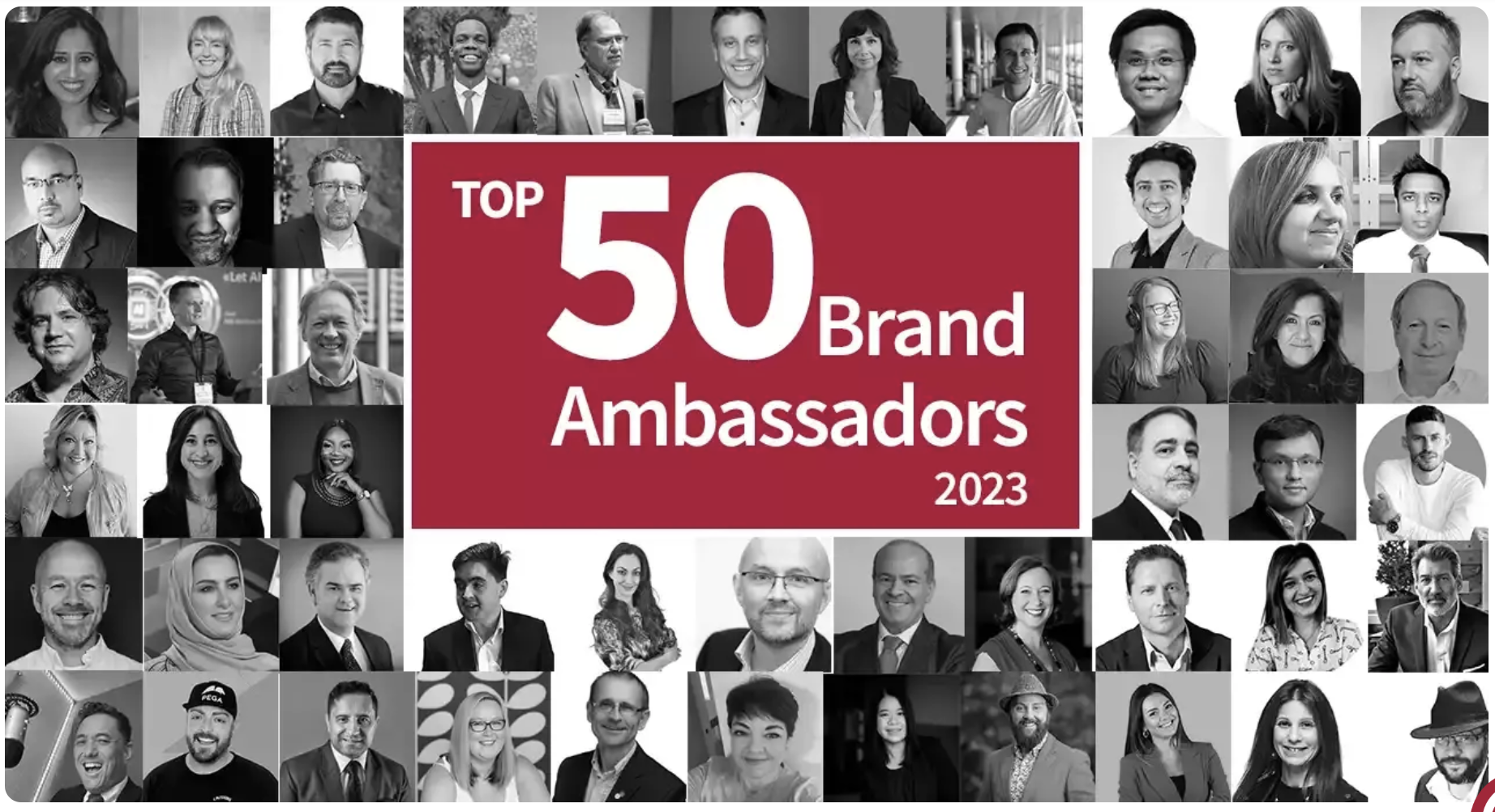 Top 50 Brand Ambassadors in 2023
Top 50 Brand Ambassadors in 2023
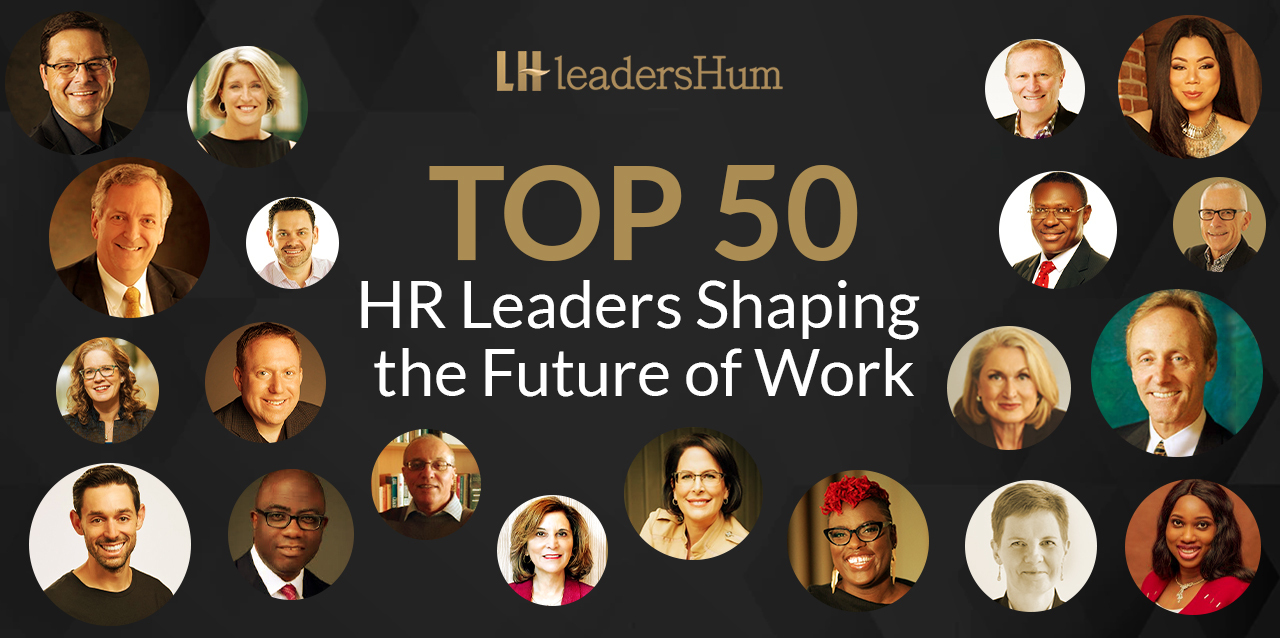 Top 50 HR Leaders that are shaping the Future of Work
Top 50 HR Leaders that are shaping the Future of Work
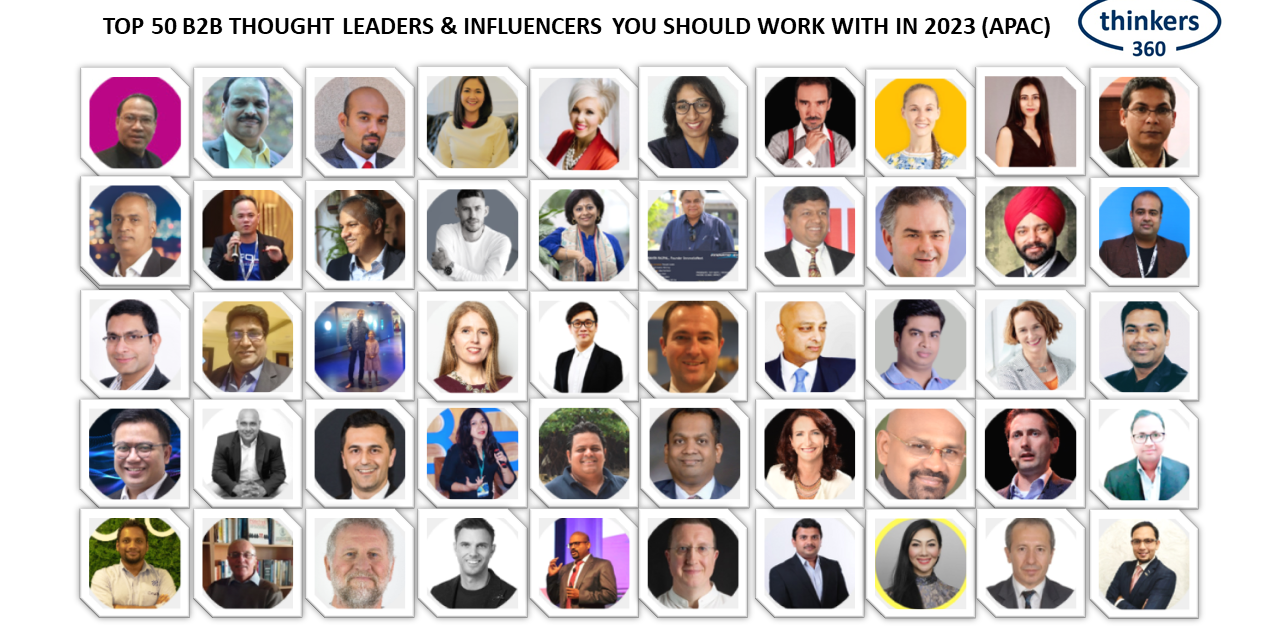 Top 50 B2B Thought Leaders & Influencers You Should Work With In 2023 (APAC)
Top 50 B2B Thought Leaders & Influencers You Should Work With In 2023 (APAC)
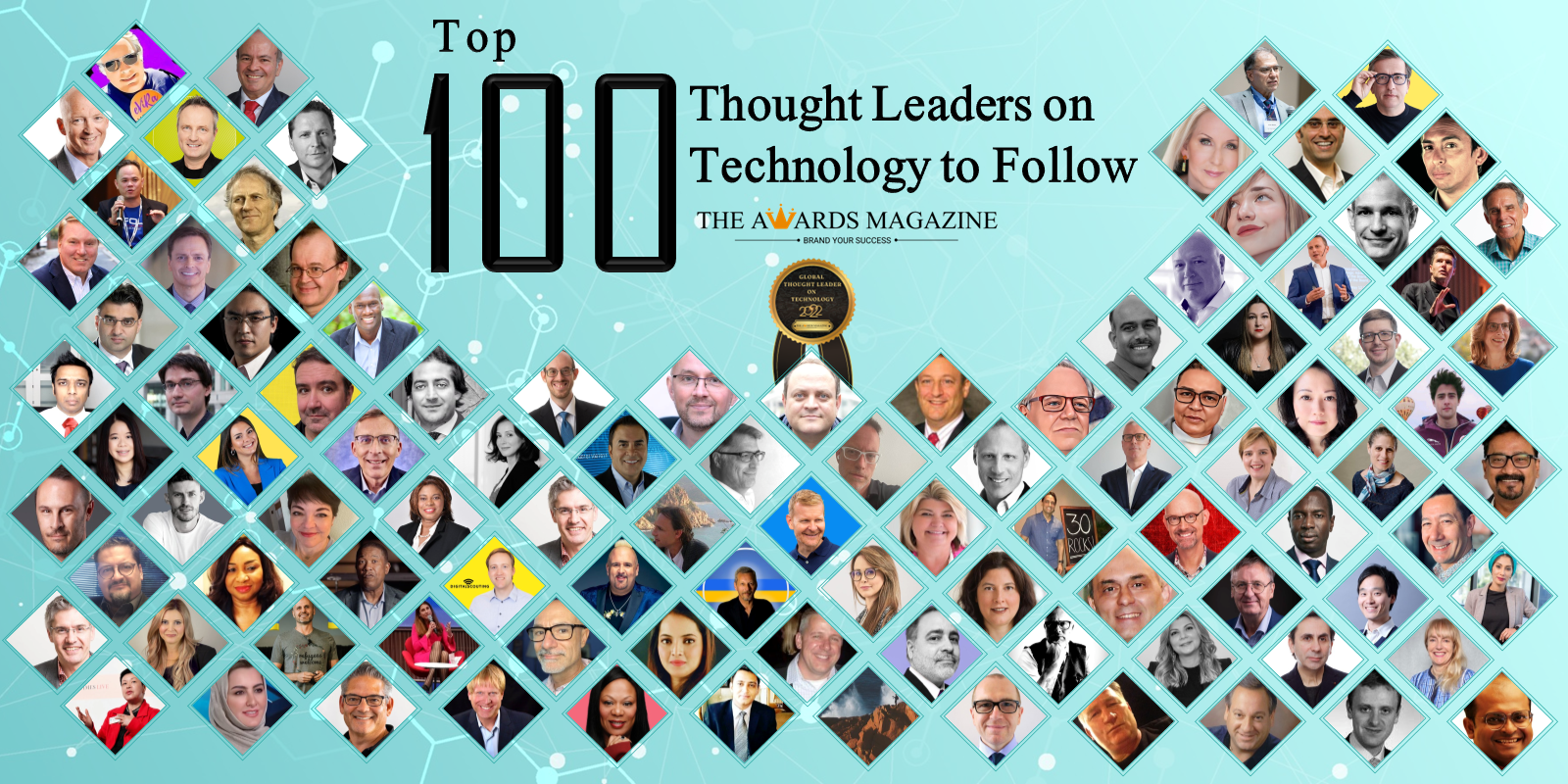 Top 100 Global Thought Leaders on Technology to Follow in 2022
Top 100 Global Thought Leaders on Technology to Follow in 2022
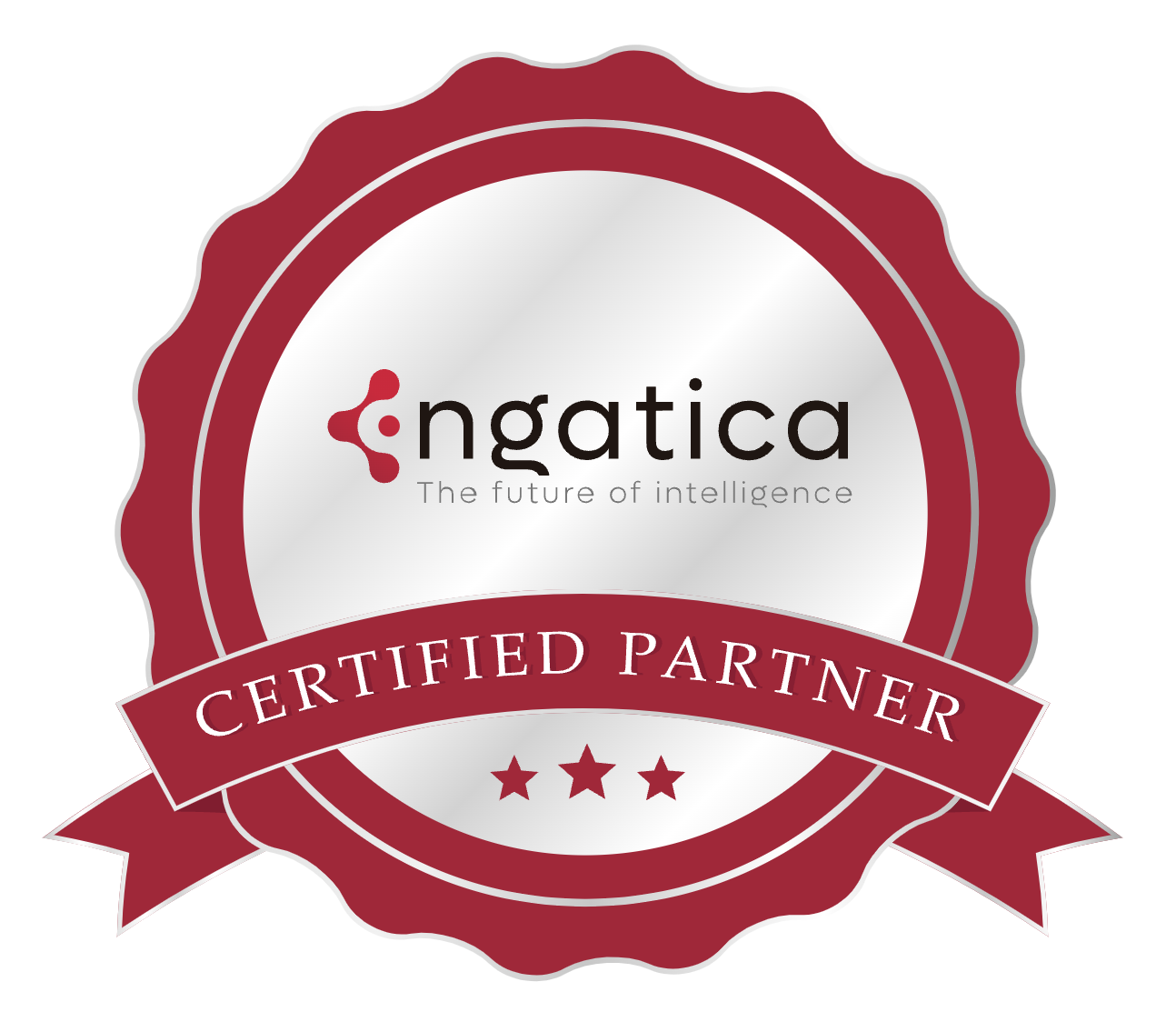 engatica's top 100 powerlist
engatica's top 100 powerlist
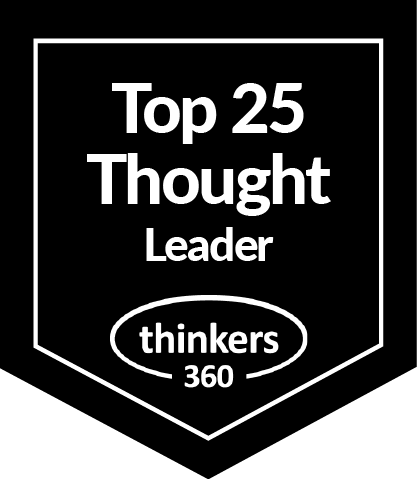 Top 25 Thought Leader Customer Experience
Top 25 Thought Leader Customer Experience
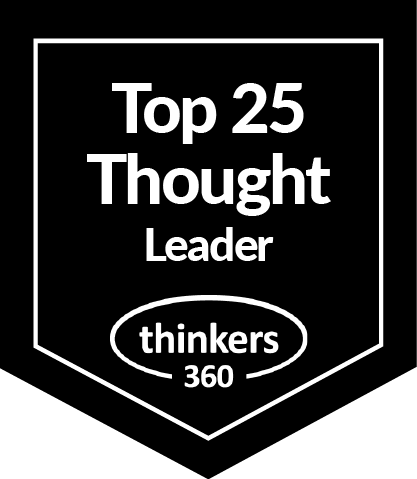 Top 25 Thought Leader - Future of Work
Top 25 Thought Leader - Future of Work
 200 most powerful influencers to follow in 2022
200 most powerful influencers to follow in 2022
 Top 100 CX thought Leader for 2021
Top 100 CX thought Leader for 2021
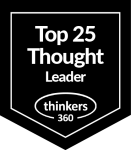 Thinkers 360 Top 25 Thought Leader - Mental Health
Thinkers 360 Top 25 Thought Leader - Mental Health
 Top 200 Thought leaders to follow in 2021
Top 200 Thought leaders to follow in 2021
 Engati CX's Top 14 Experts Dec 2020
Engati CX's Top 14 Experts Dec 2020
 Thinkers 360 Top 50 Thought Leader - Future of Work
Thinkers 360 Top 50 Thought Leader - Future of Work
 Top 150 Global Customer Experience Thought Leaders and Influencers of 2020
Top 150 Global Customer Experience Thought Leaders and Influencers of 2020
 Global Top 25 CX Influencer - Panviva
Global Top 25 CX Influencer - Panviva
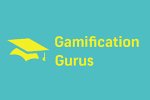 Top 20 Gamification Gurus - Rise Global Power 100
Top 20 Gamification Gurus - Rise Global Power 100
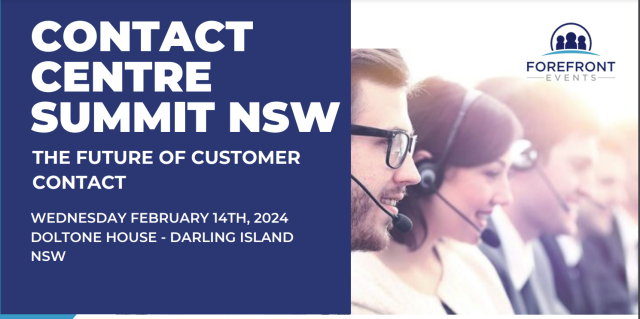 The Augmented Agent
The Augmented Agent
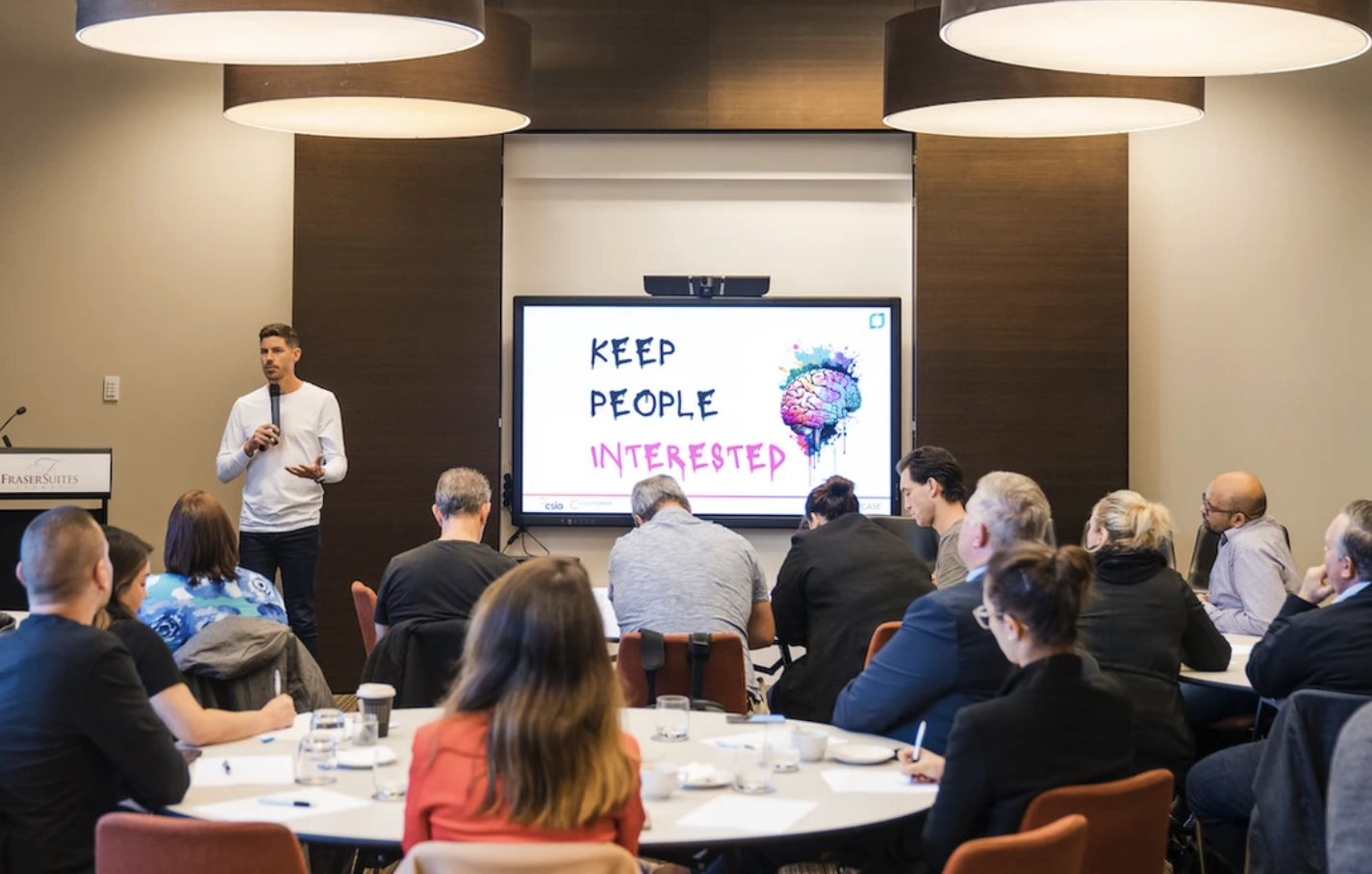 What KPI really should stand for
What KPI really should stand for
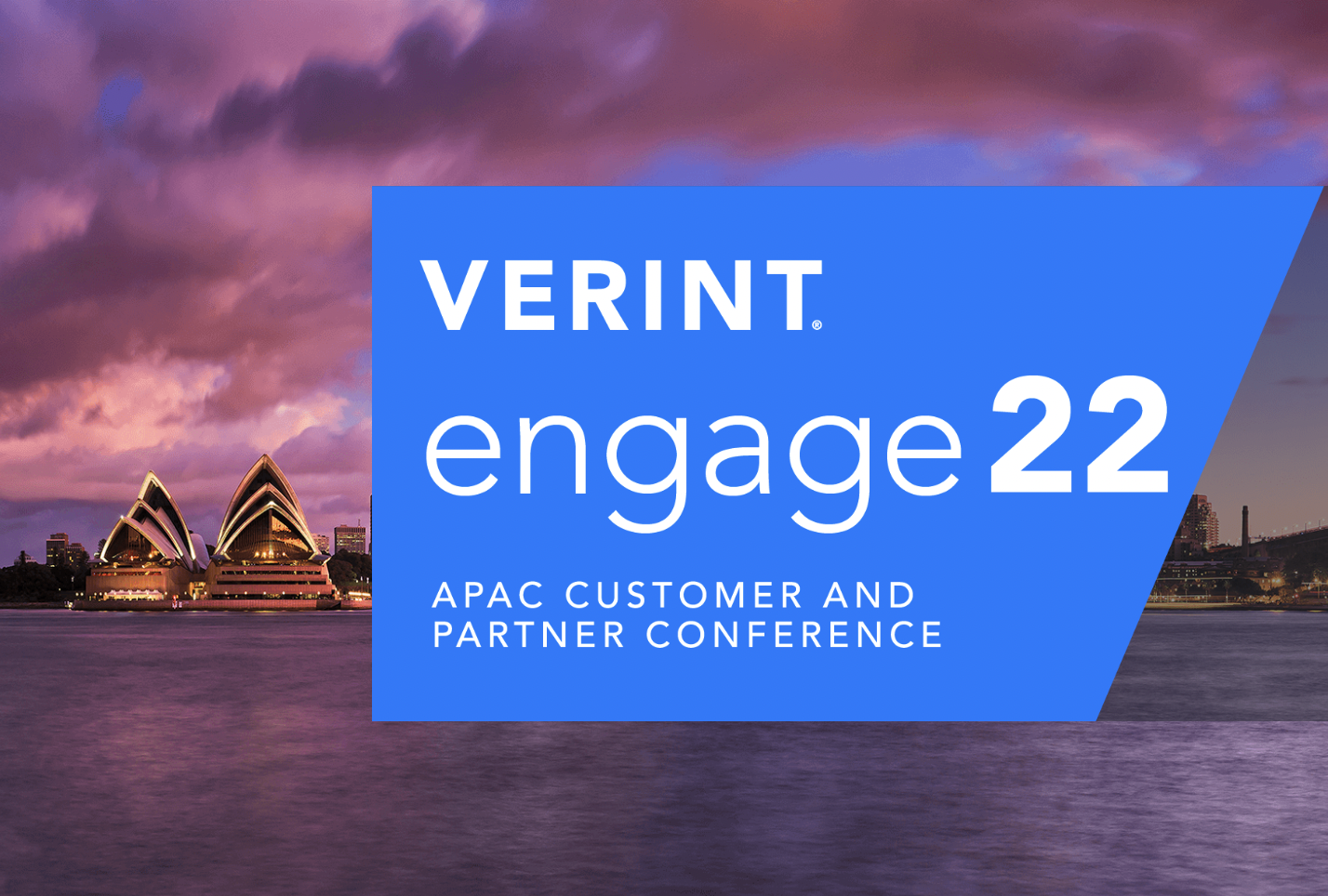 Verint Engage - APAC - The intersection of Engagement and Performance
Verint Engage - APAC - The intersection of Engagement and Performance
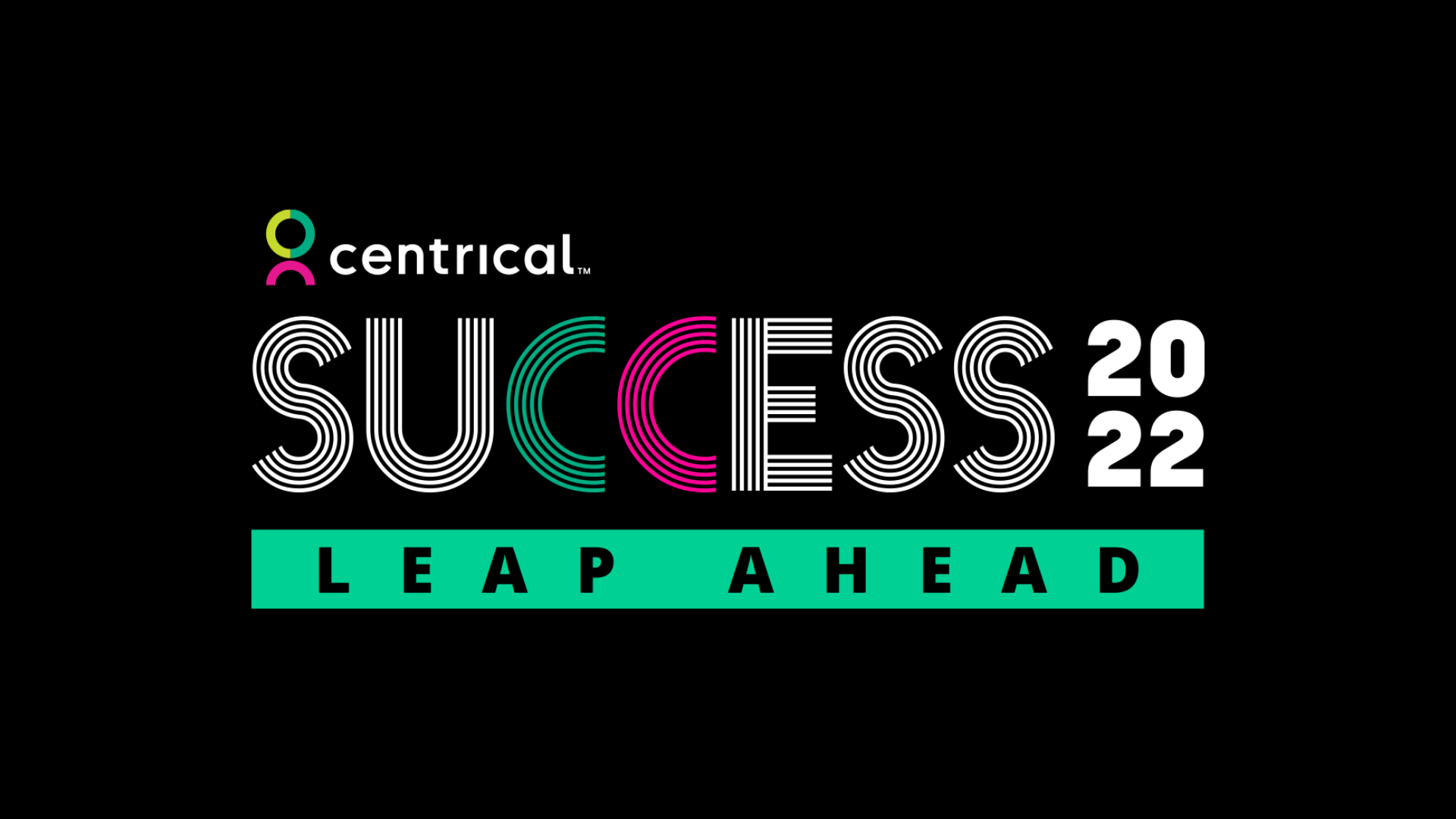 Own Your Future: Unlock People Potential at Scale
Own Your Future: Unlock People Potential at Scale
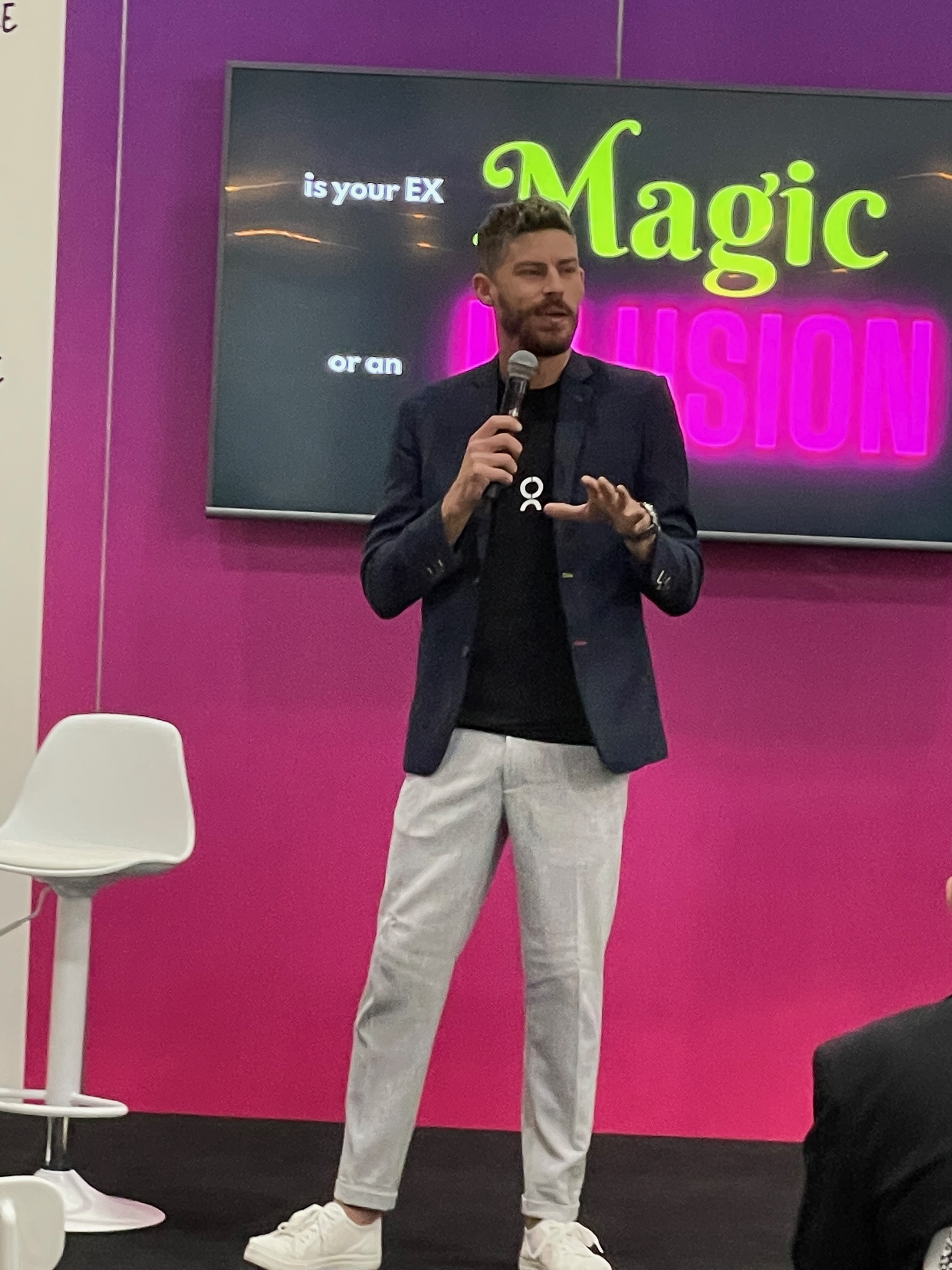 Is your EX Magic or just an Illusion?
Is your EX Magic or just an Illusion?
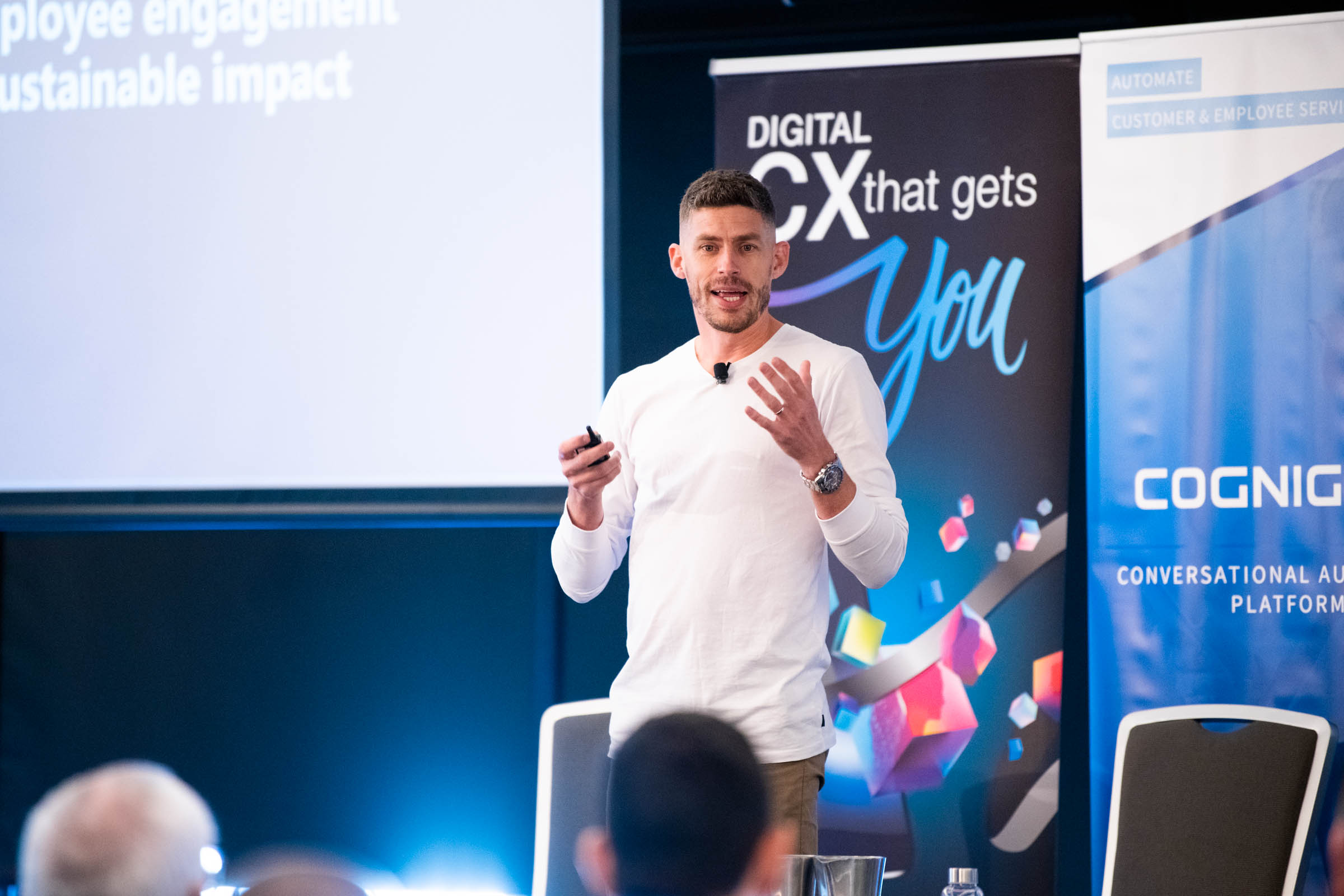 The Intersection of Engagement and Productivity
The Intersection of Engagement and Productivity
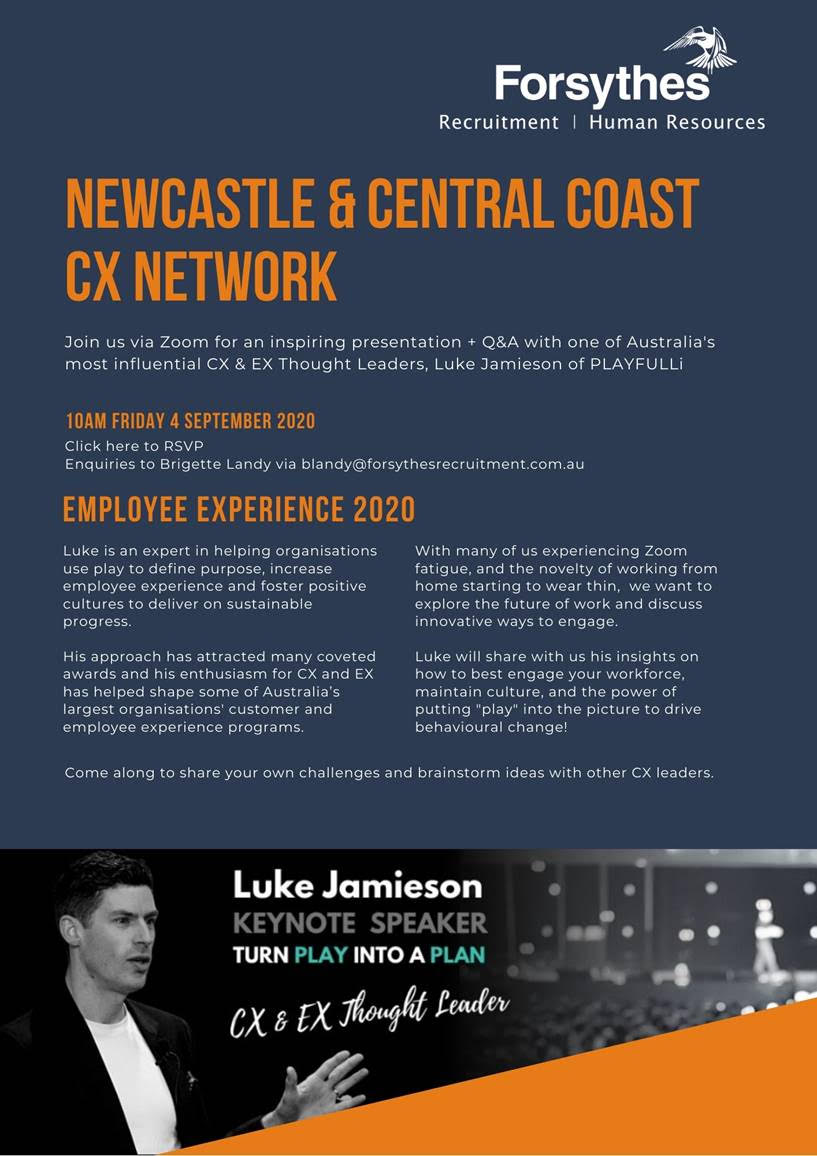 Turn Play into a Plan
Turn Play into a Plan
 NEWCASTLE & CENTRALCOAST CX NETWORK
NEWCASTLE & CENTRALCOAST CX NETWORK
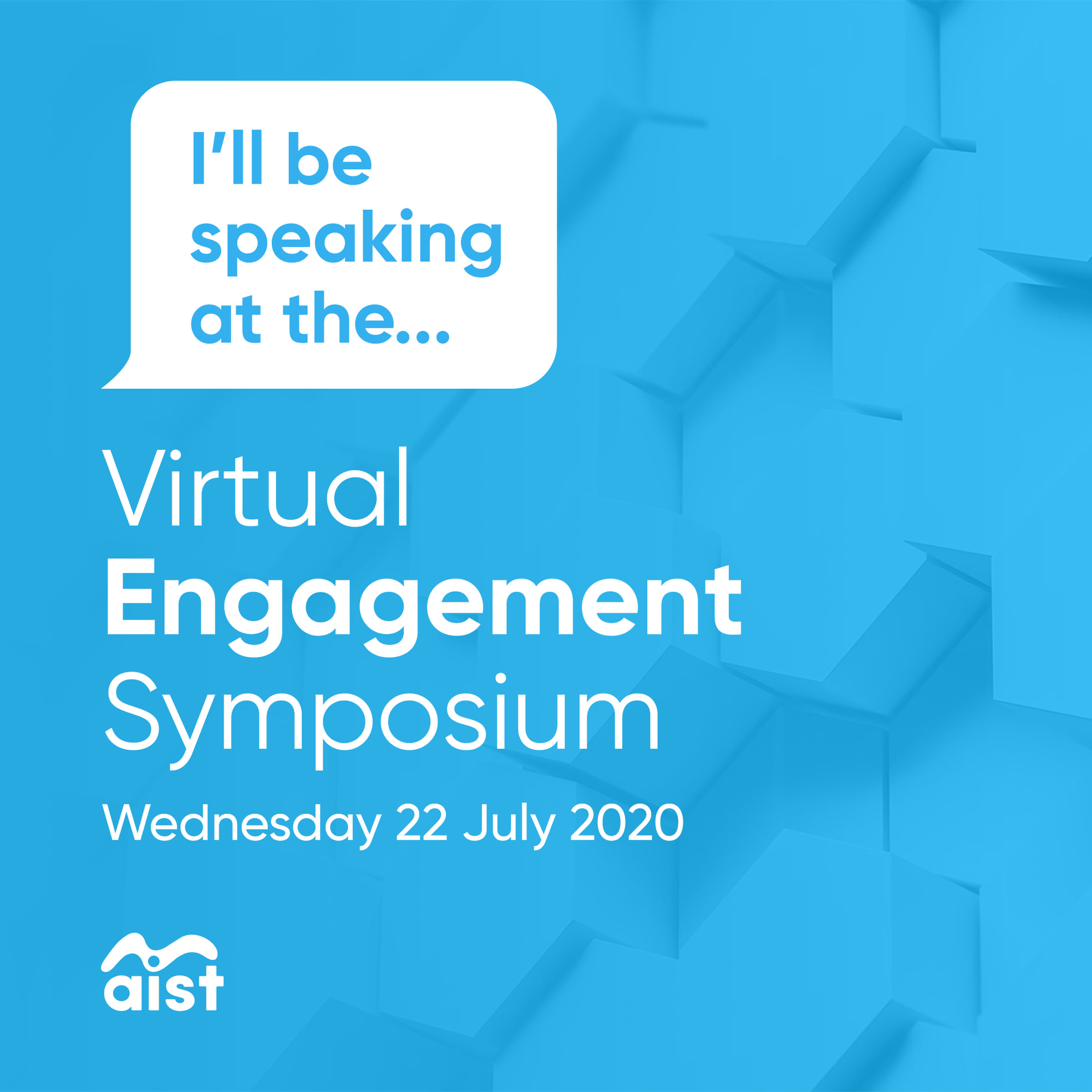 Virtual Engagement Symposium
Virtual Engagement Symposium
 CX Trends 25 – Top 10 Predictions
CX Trends 25 – Top 10 Predictions
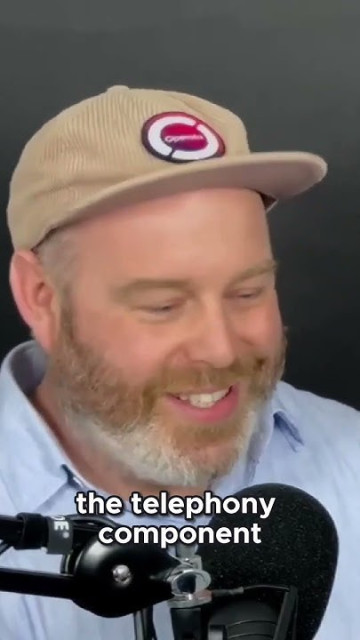 CX Observability impact on the voice channel
CX Observability impact on the voice channel
 2025 Predictions for Future of Work
2025 Predictions for Future of Work
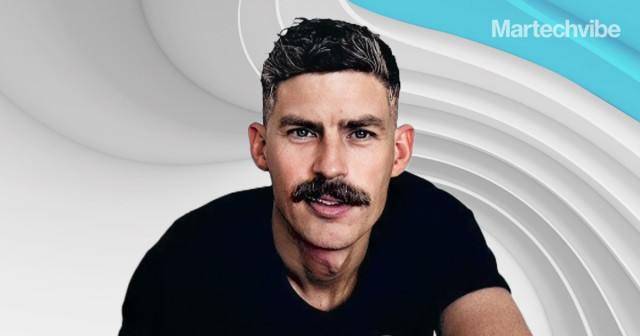 NPS is Losing Traction as the Primary Metric for CX
NPS is Losing Traction as the Primary Metric for CX
 Tech vs Touch: Finding the right balance between automation and human interaction
Tech vs Touch: Finding the right balance between automation and human interaction
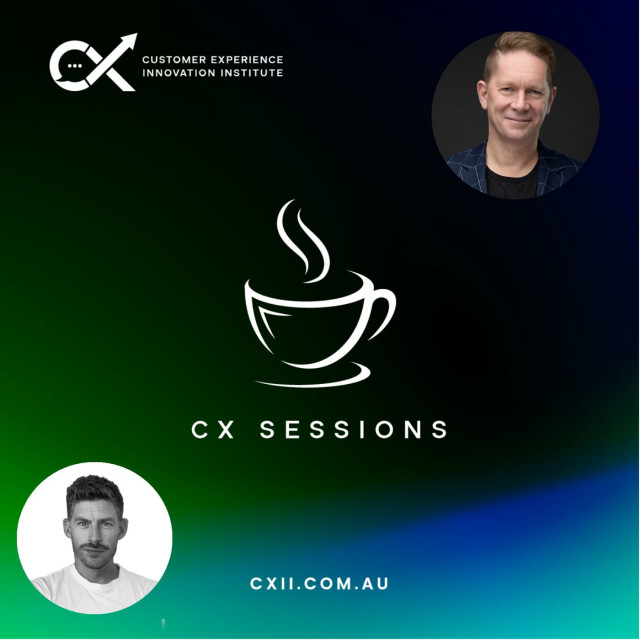 CX Sessions
CX Sessions
 An Interview With CX Pro Luke Jamieson
An Interview With CX Pro Luke Jamieson
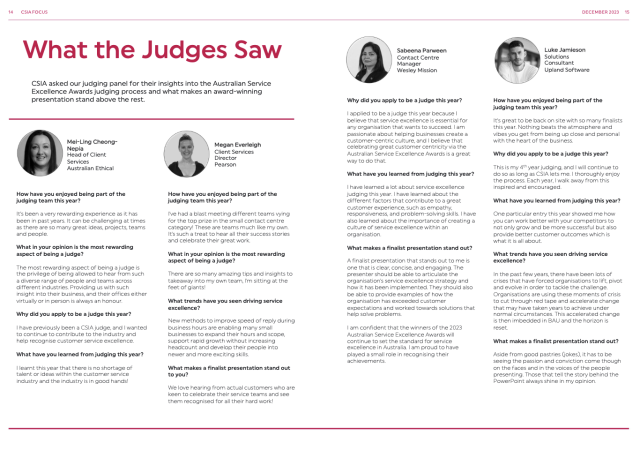 What the Judges Saw
What the Judges Saw
 What is Gamification
What is Gamification
 Implementing Gamification into a contact centre
Implementing Gamification into a contact centre
 Creating Frontline Success
Creating Frontline Success

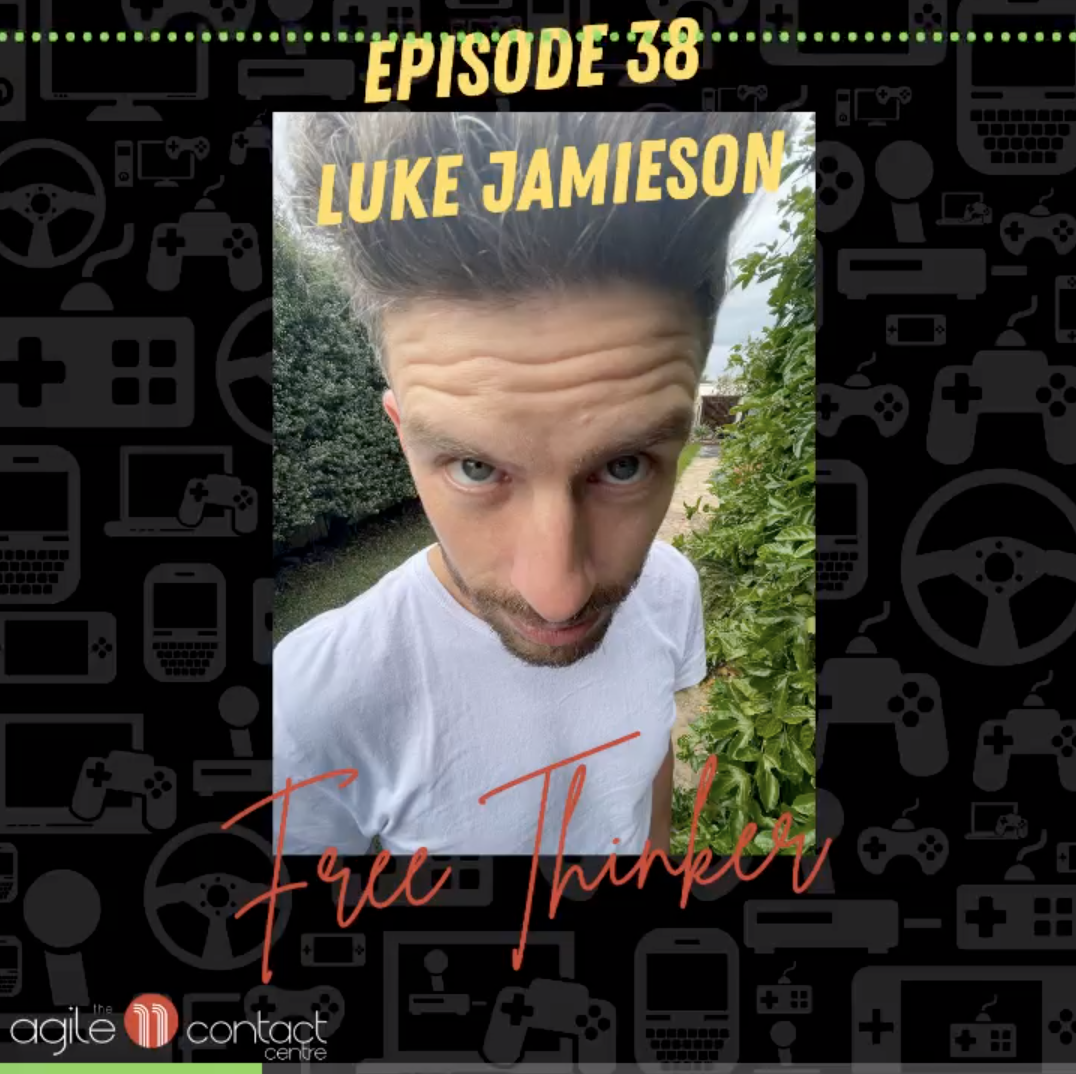 Luke Jamieson | Unlocking the power of intrinsic motivation
Luke Jamieson | Unlocking the power of intrinsic motivation
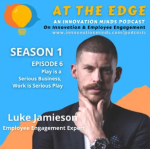 Play is a Serious Business, Work is Serious Play
Play is a Serious Business, Work is Serious Play
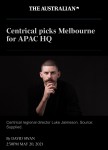 Centrical Chooses Victoria for APAC HQ
Centrical Chooses Victoria for APAC HQ
 Employee engagement and performance management vendor Centrical is expanding into the APAC region with the opening of its Australian headquarters in Melbourne's CBD
Employee engagement and performance management vendor Centrical is expanding into the APAC region with the opening of its Australian headquarters in Melbourne's CBD
 US/Israeli HR tech company sets up APAC HQ in Melbourne
US/Israeli HR tech company sets up APAC HQ in Melbourne
 The Power of One-to-One Engagement
The Power of One-to-One Engagement
 What is Hyper-Personalisation?
What is Hyper-Personalisation?
 Activating real-time, one-to-one relationships (Part 1)
Activating real-time, one-to-one relationships (Part 1)
 Gamification in CX
Gamification in CX
 How Microsoft increased agent productivity in its contact centers by 10% using advanced gamification.
How Microsoft increased agent productivity in its contact centers by 10% using advanced gamification.
 Gamification in CX
Gamification in CX
 New era, new opportunities for Aussie call centres, post-COVID-19
New era, new opportunities for Aussie call centres, post-COVID-19

 How Gamification (games psychology and mechanics) can benefit our business and personal ambitions
How Gamification (games psychology and mechanics) can benefit our business and personal ambitions
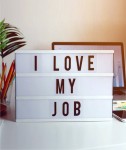 Getting your WFH employees to love their work, your company, and your clients
Getting your WFH employees to love their work, your company, and your clients

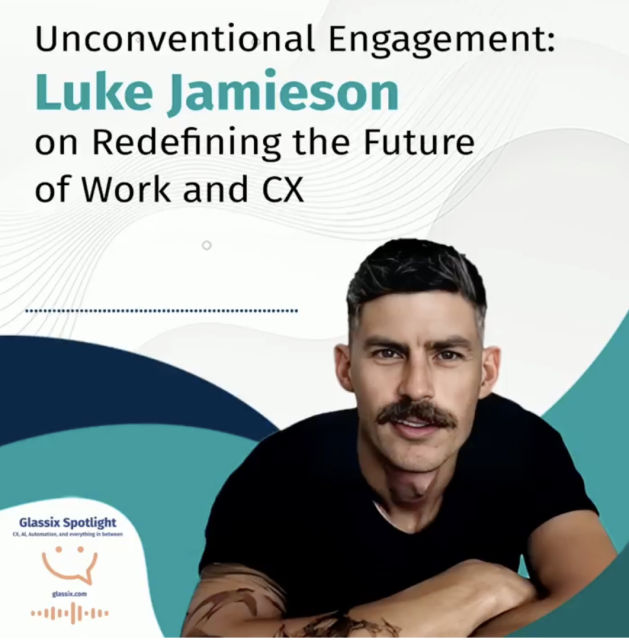 Unconventional Engagement: Luke Jamieson on Redefining the Future of Work and CX
Unconventional Engagement: Luke Jamieson on Redefining the Future of Work and CX
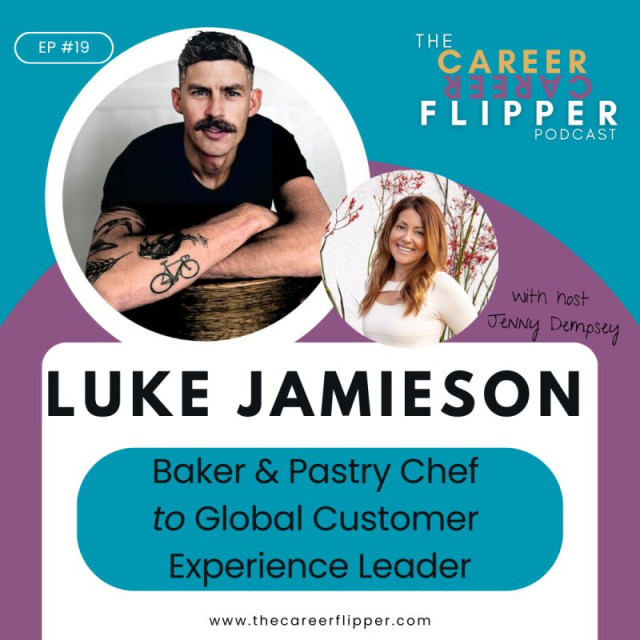 From baker & pastry chef to global CX leader, meet Luke Jamieson
From baker & pastry chef to global CX leader, meet Luke Jamieson
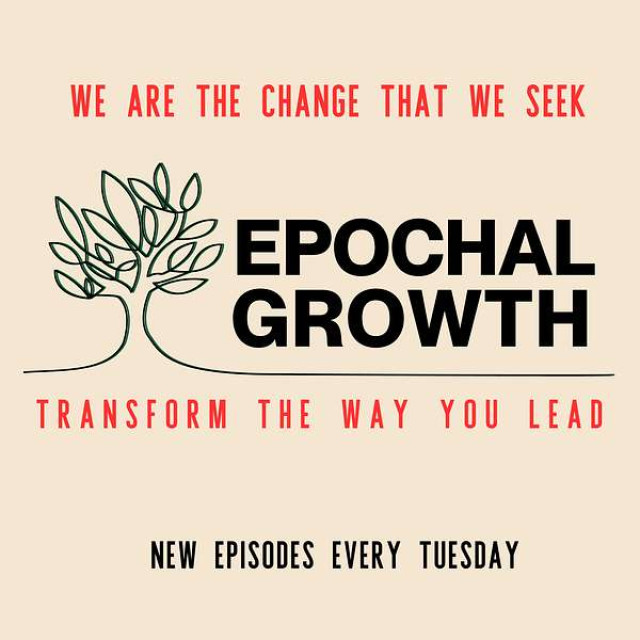 The Future of Work: Leadership, AI, and Belonging with Luke Jamieson
The Future of Work: Leadership, AI, and Belonging with Luke Jamieson
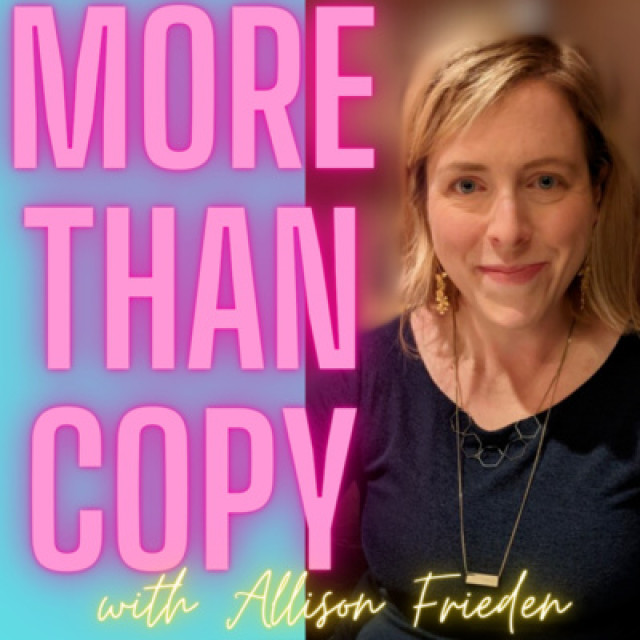 Being Your Authentic Self (the key to success) with Luke Jamieson
Being Your Authentic Self (the key to success) with Luke Jamieson

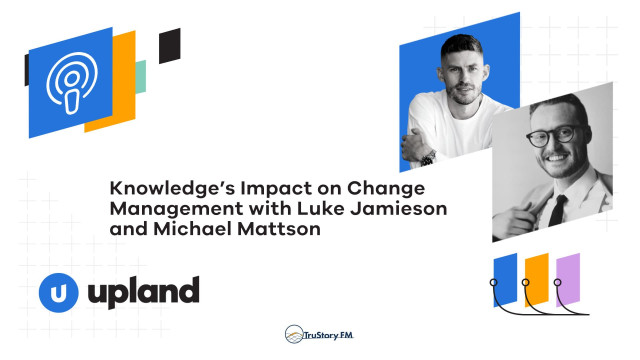 Knowledge's impact on change management
Knowledge's impact on change management
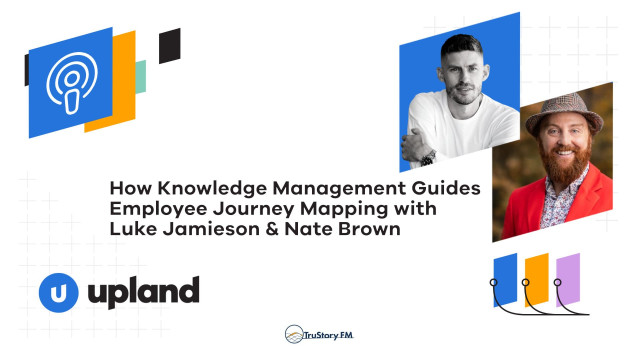 How Knowledge Management Guides Employee Journey Mapping
How Knowledge Management Guides Employee Journey Mapping
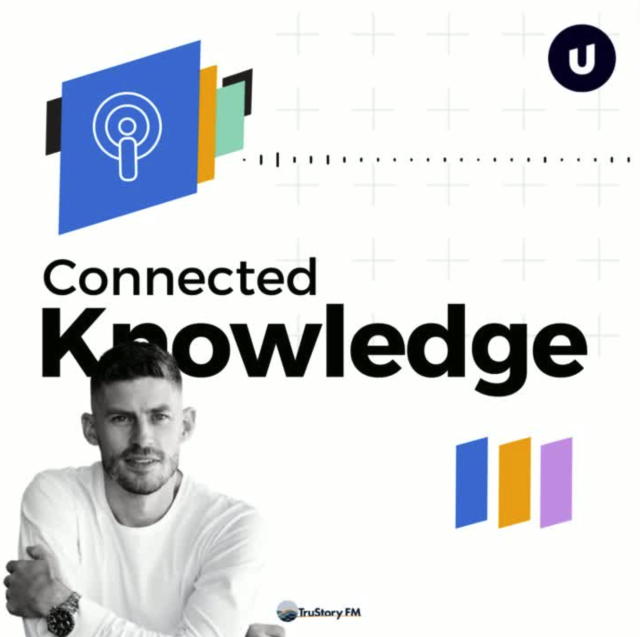 BPOs and Employee Engagement
BPOs and Employee Engagement
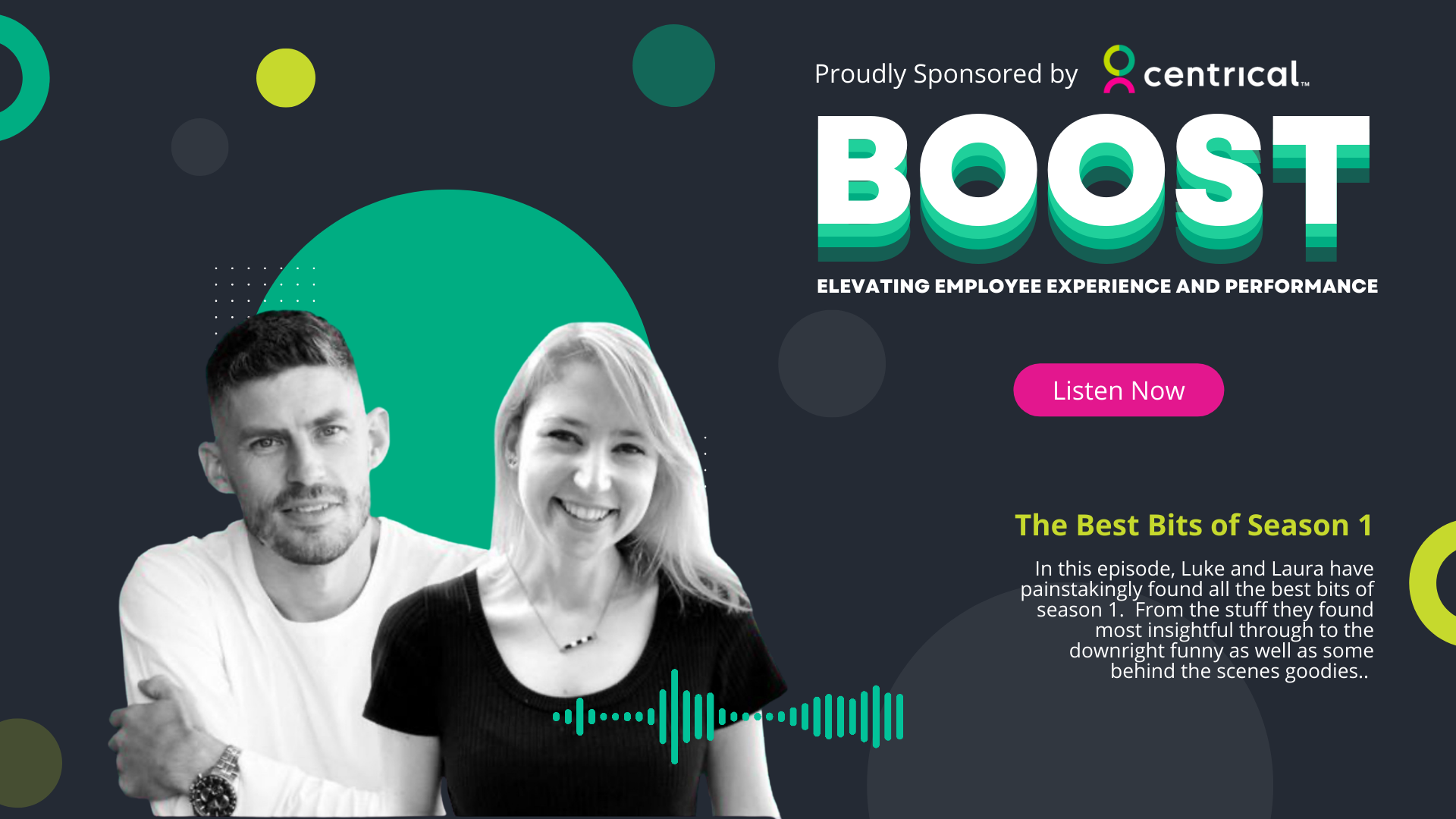 Boost - The Best Bits of Season 1
Boost - The Best Bits of Season 1
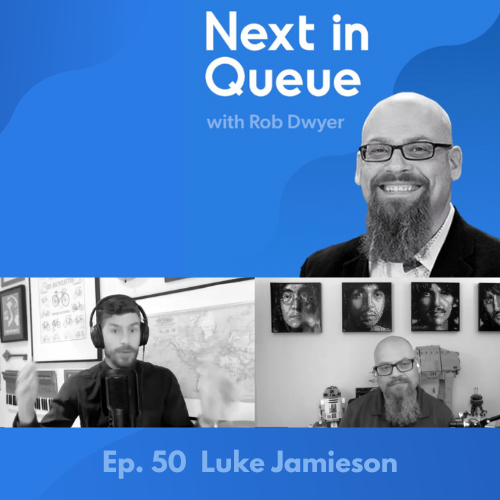 Next in Queue - Ep. 50
Next in Queue - Ep. 50
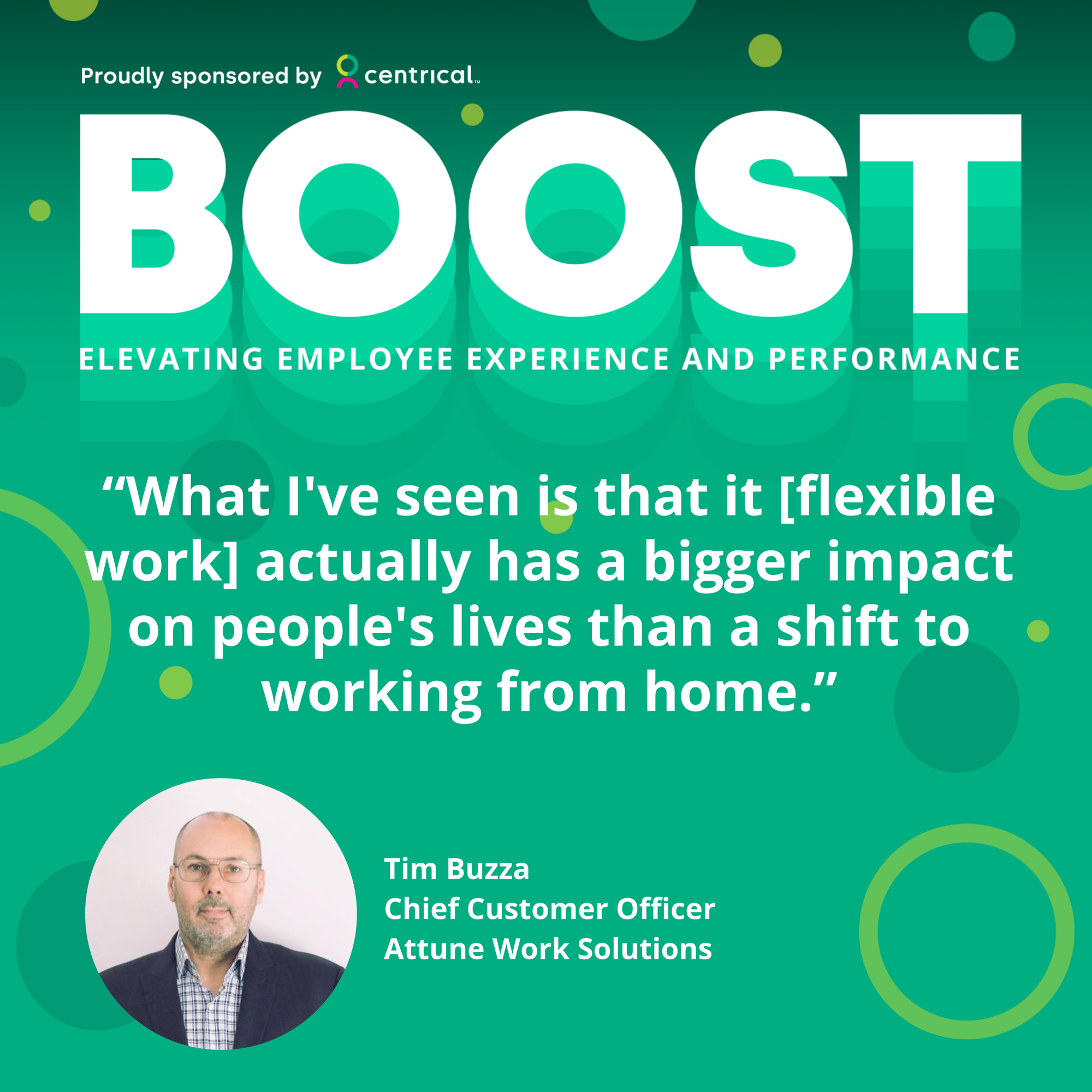 Life’s a Game – Play It: What Tim Has Learned about Work Limits While Traveling the World
Life’s a Game – Play It: What Tim Has Learned about Work Limits While Traveling the World
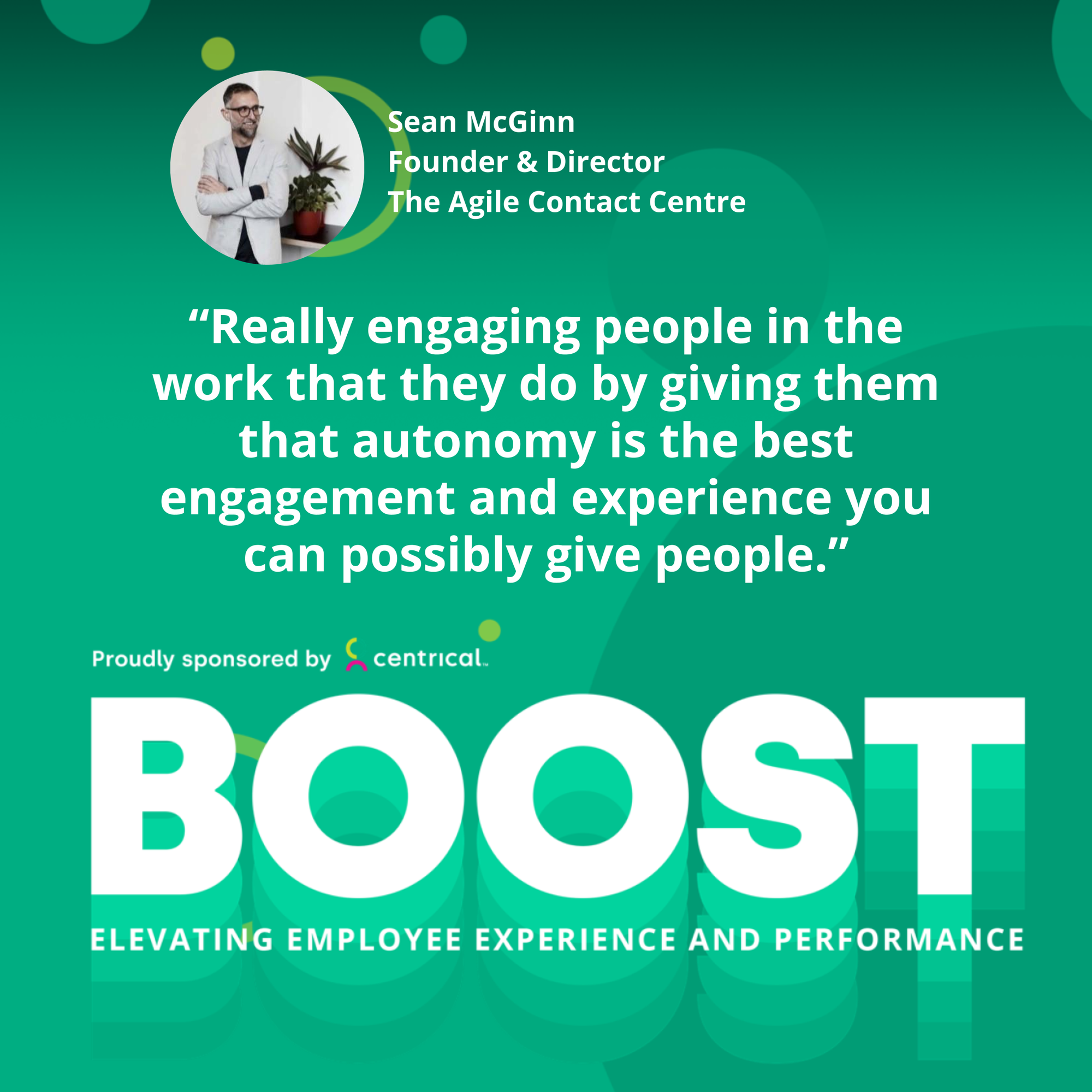 Going to Gemba: How the Best Leaders Design Frontline Jobs
Going to Gemba: How the Best Leaders Design Frontline Jobs
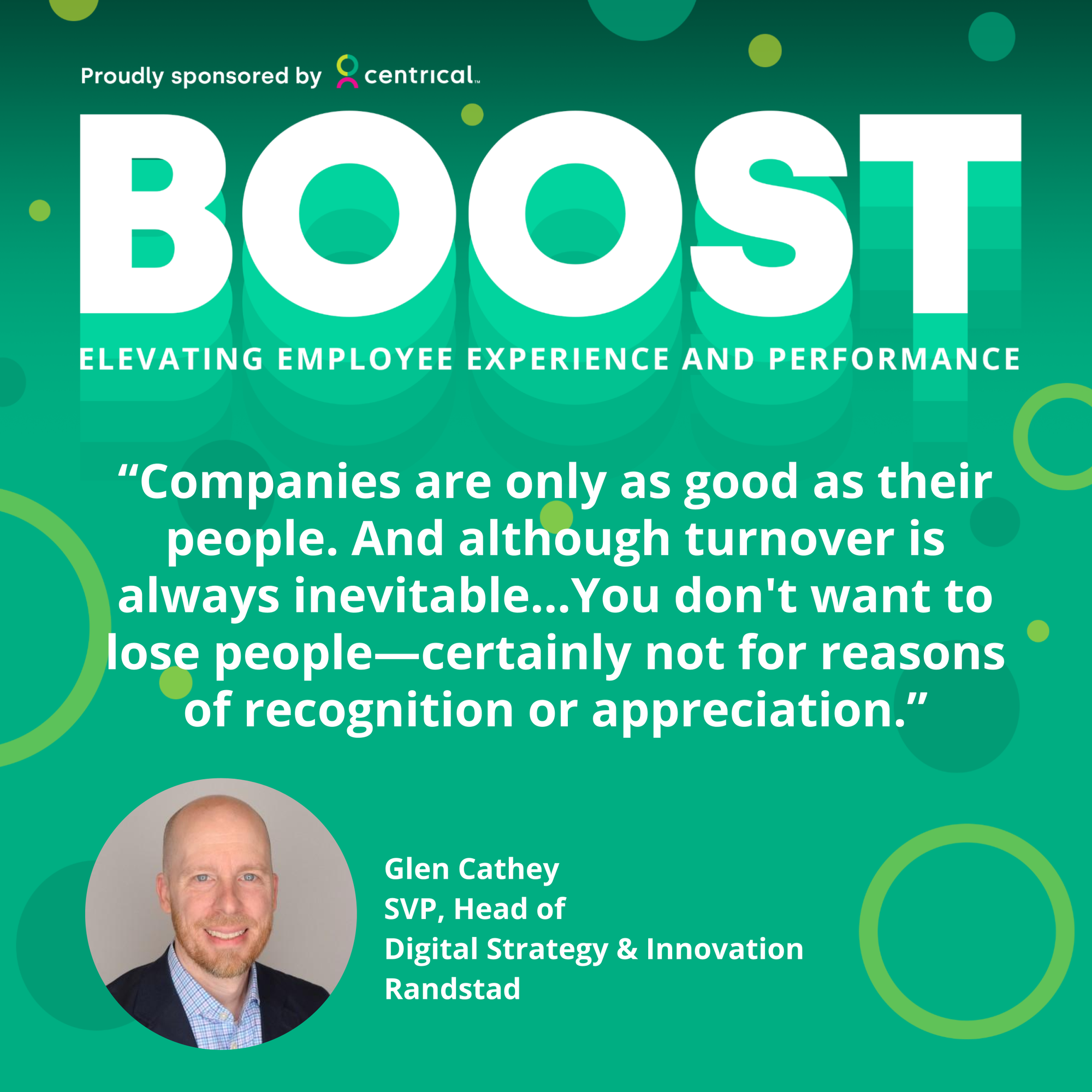 Building a Culture of Appreciation with Glen Cathey
Building a Culture of Appreciation with Glen Cathey
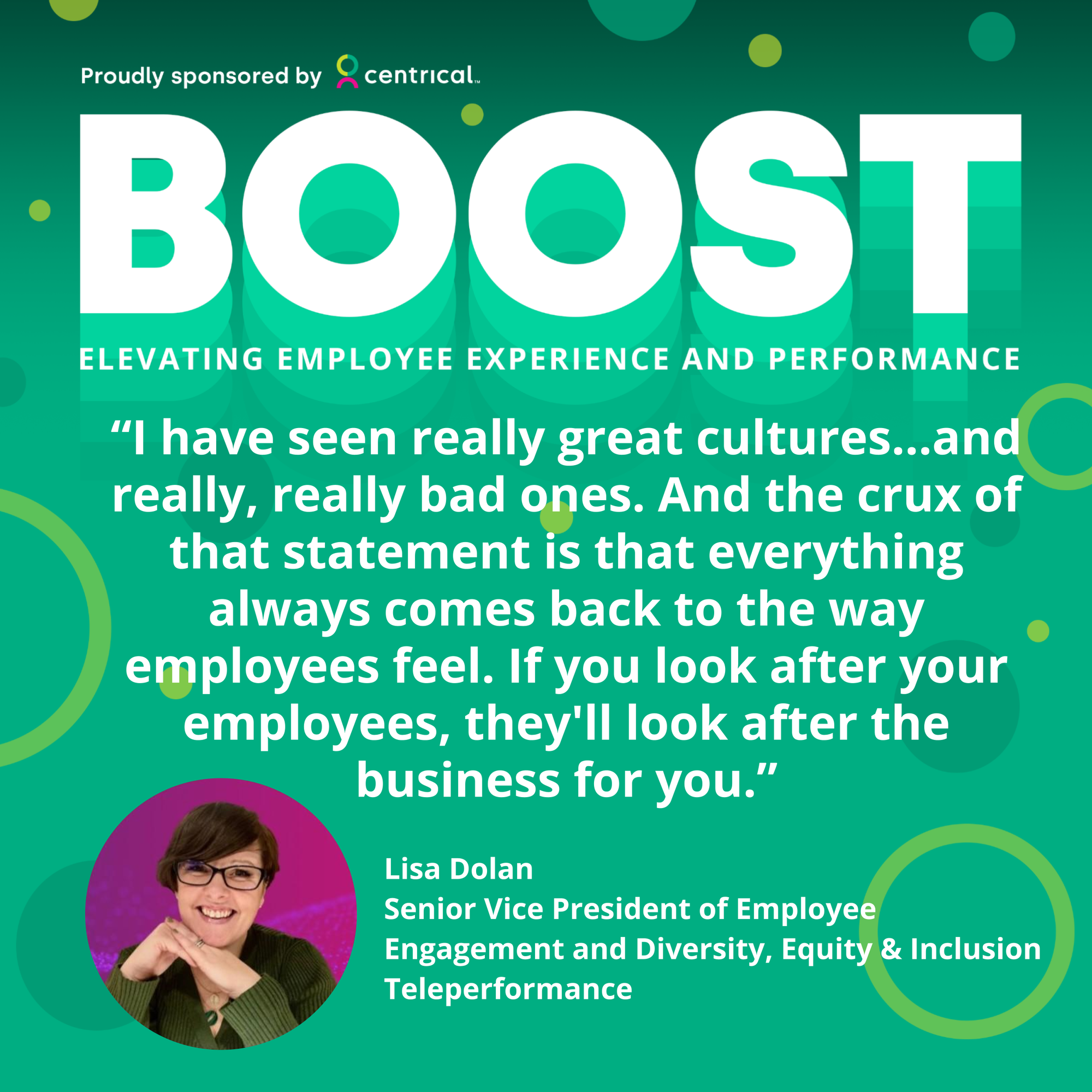 Creating Frameworks for Sustainable Performance with Lisa Dolan
Creating Frameworks for Sustainable Performance with Lisa Dolan
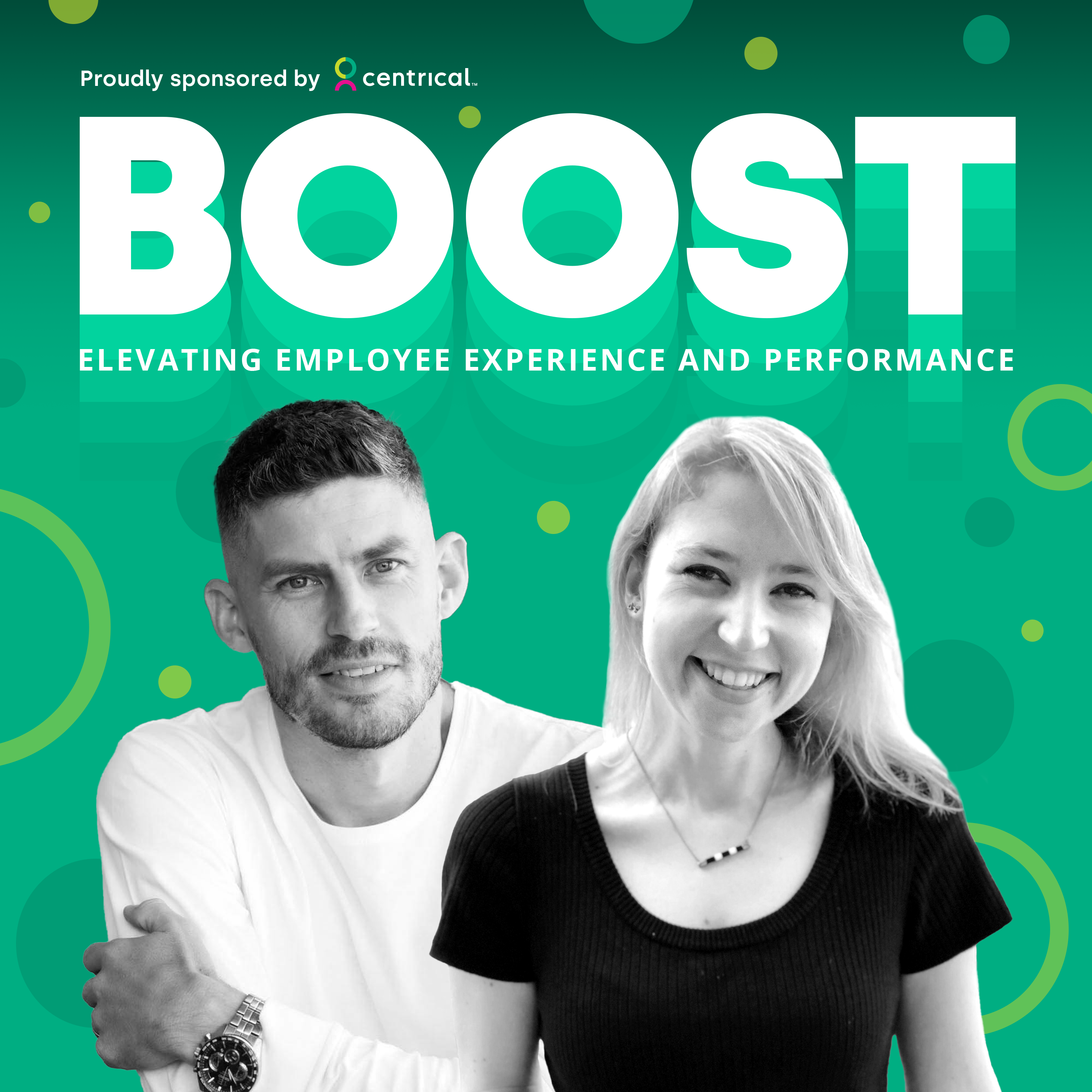 BOOST Podcast
BOOST Podcast
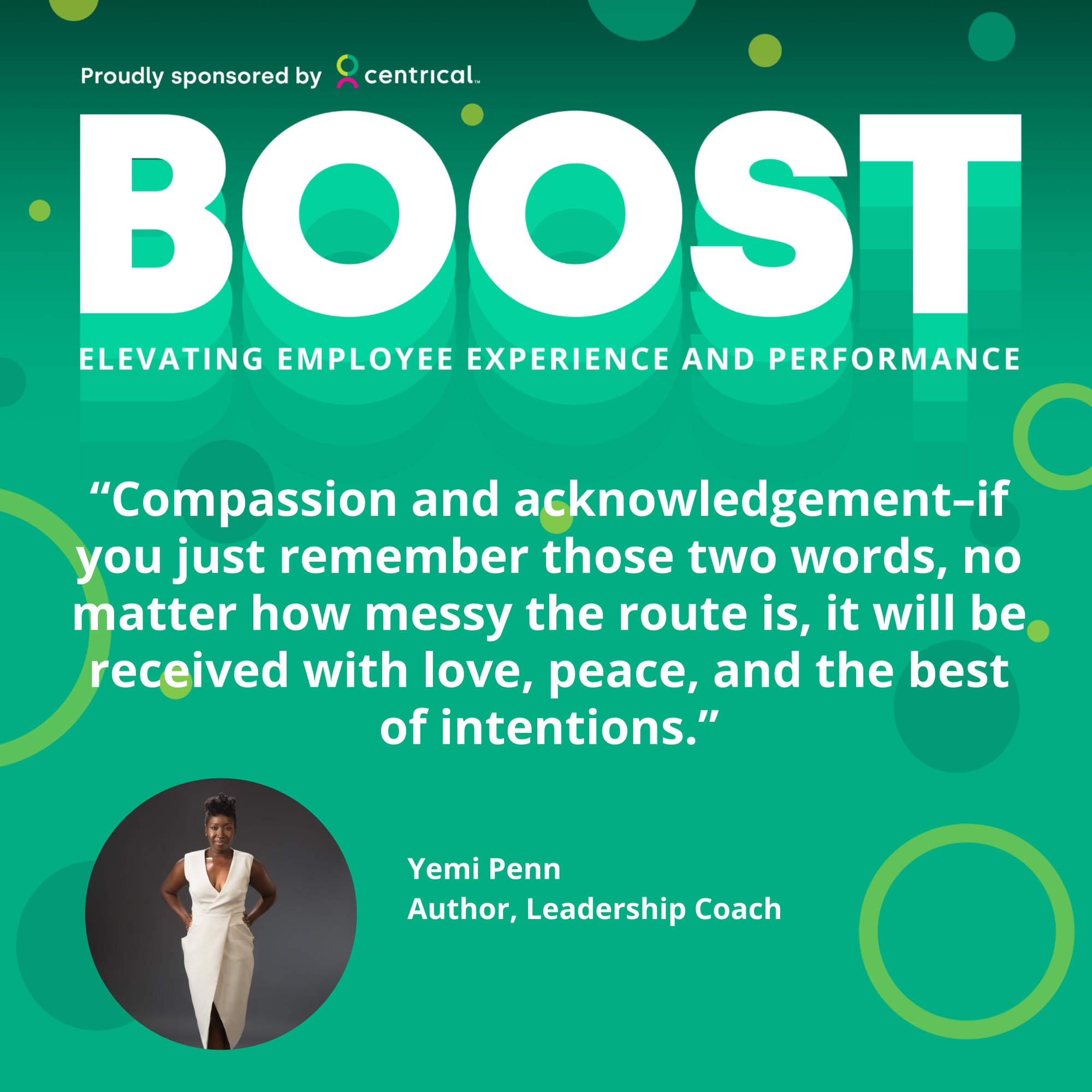 The Starring Character: The Business Case for Compassion
The Starring Character: The Business Case for Compassion
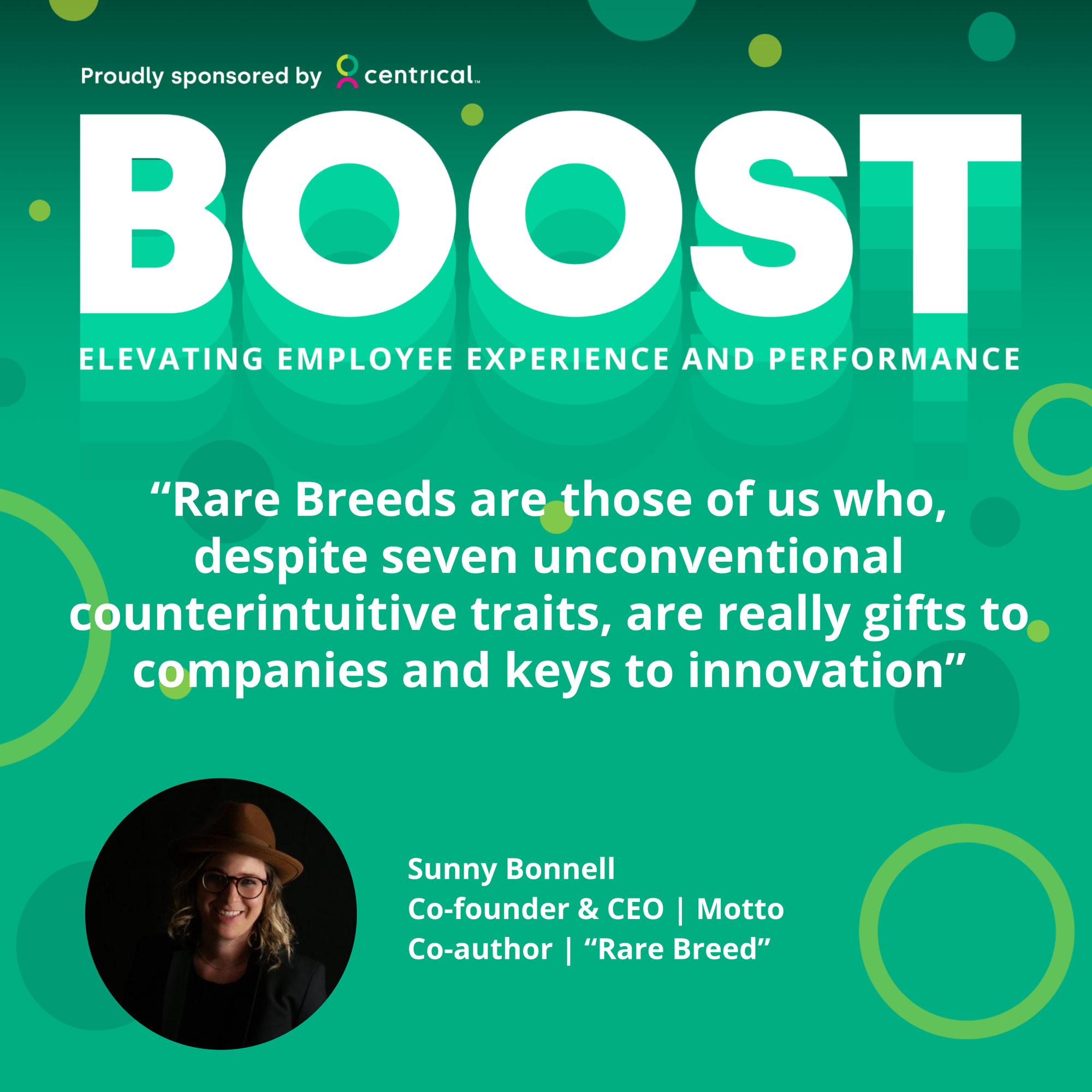 Come One, Come All: Enabling your employees’ “Rare Breed” virtues
Come One, Come All: Enabling your employees’ “Rare Breed” virtues
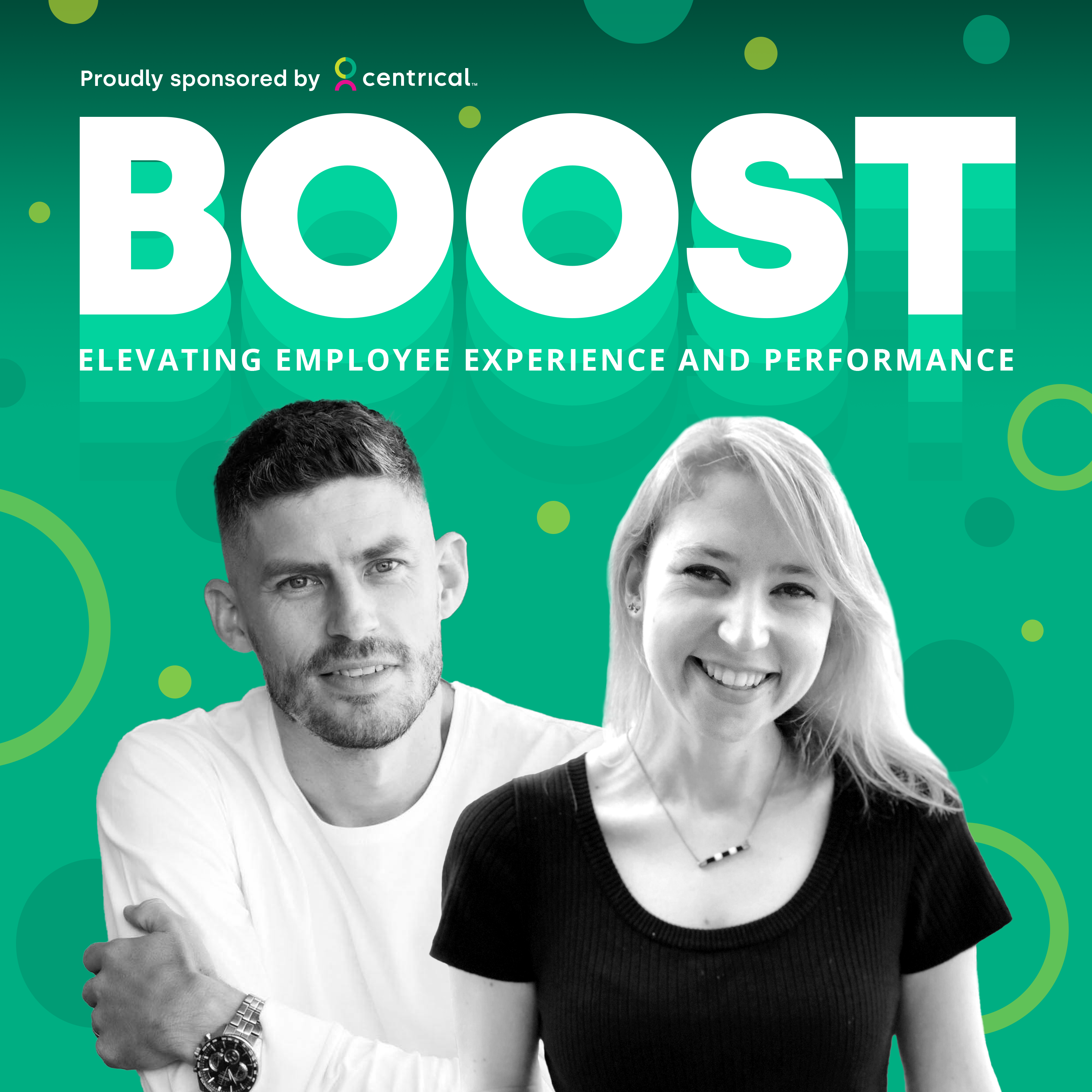 BOOST BONUS: The key to engaging employees of all ages
BOOST BONUS: The key to engaging employees of all ages
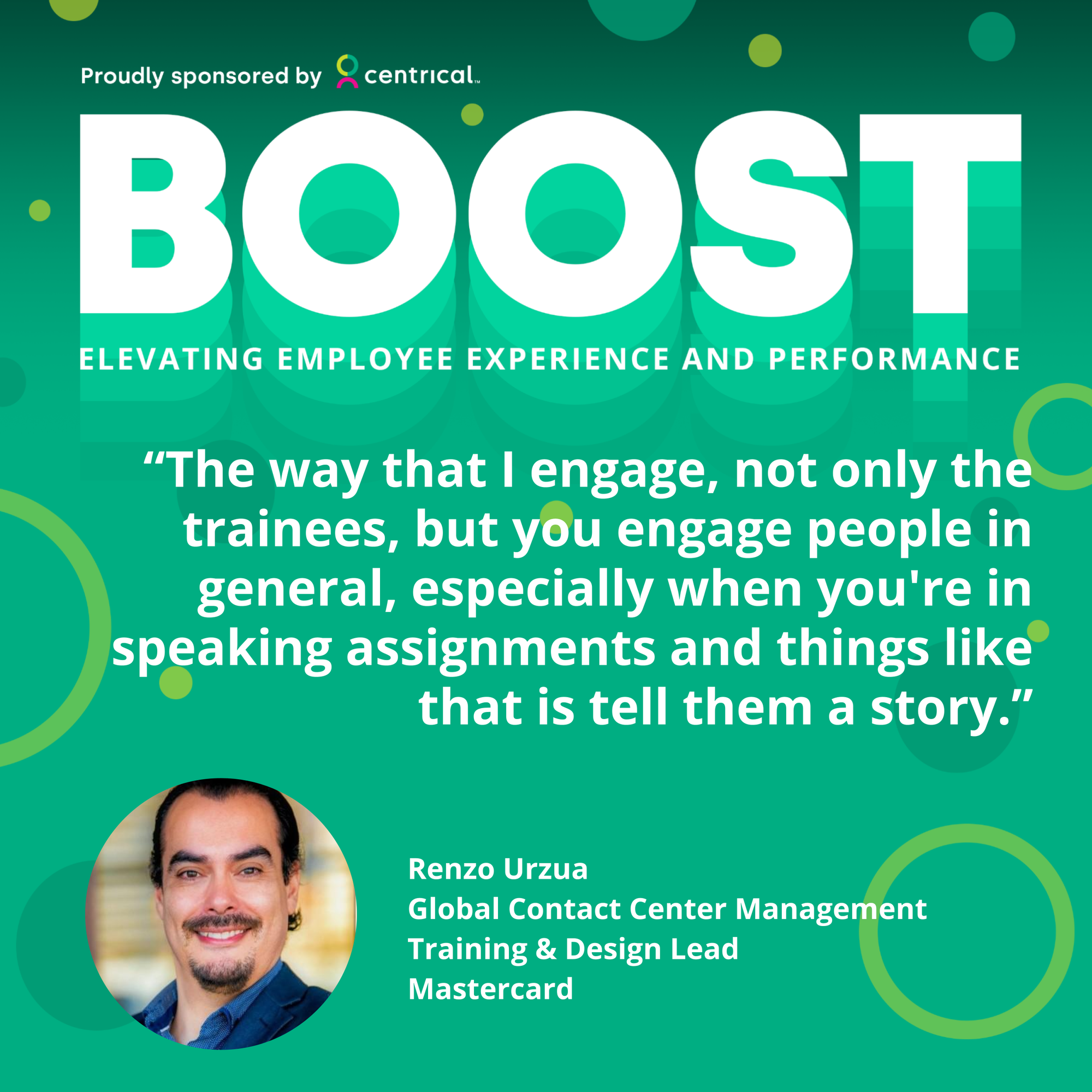 Stories of Impact: The keys to impactful employee training
Stories of Impact: The keys to impactful employee training
 BOOST: Moments of Truth - Establishing the foundation of your CX and EX
BOOST: Moments of Truth - Establishing the foundation of your CX and EX
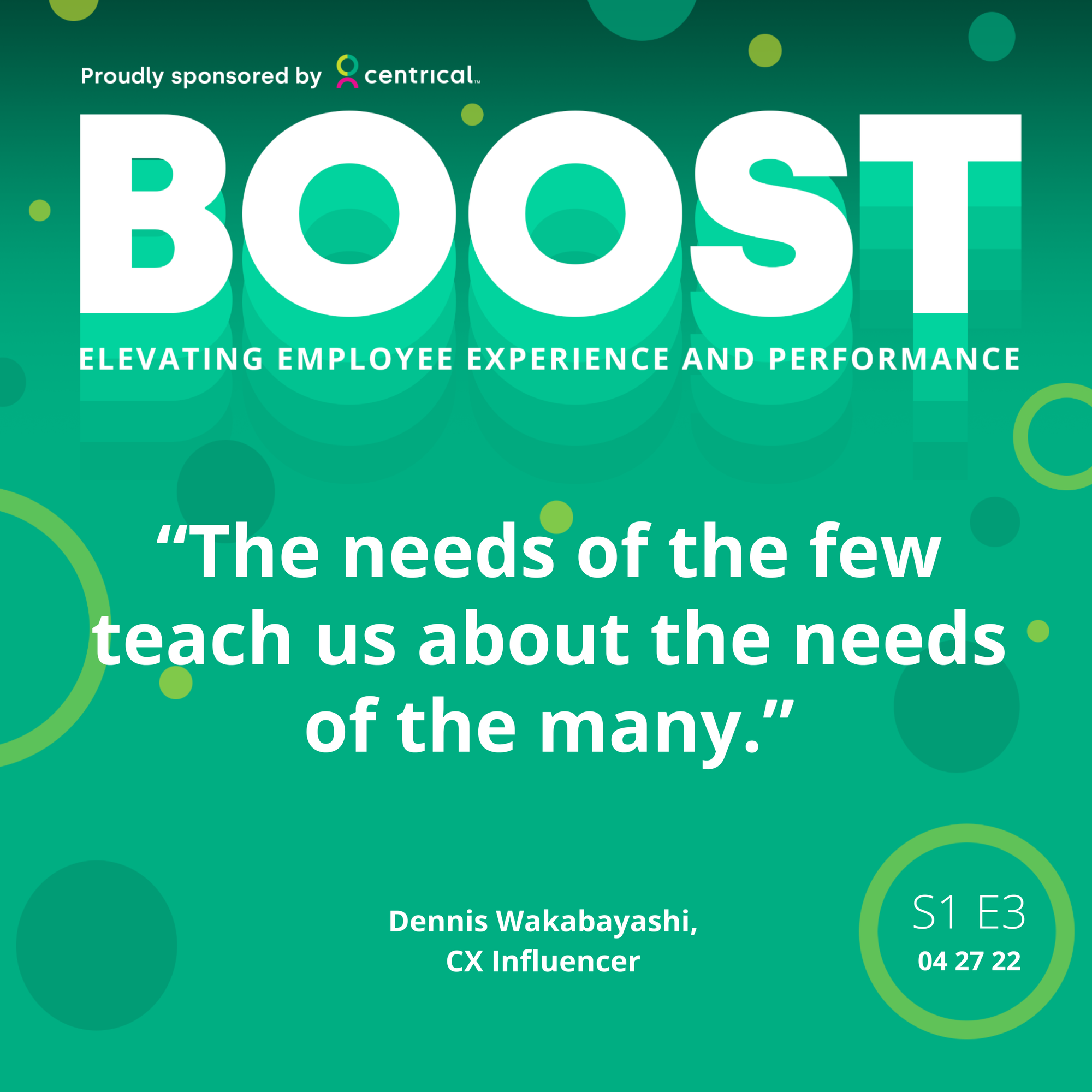 BOOST - Wow Factor: Creating “edutaining” experiences for your employees
BOOST - Wow Factor: Creating “edutaining” experiences for your employees
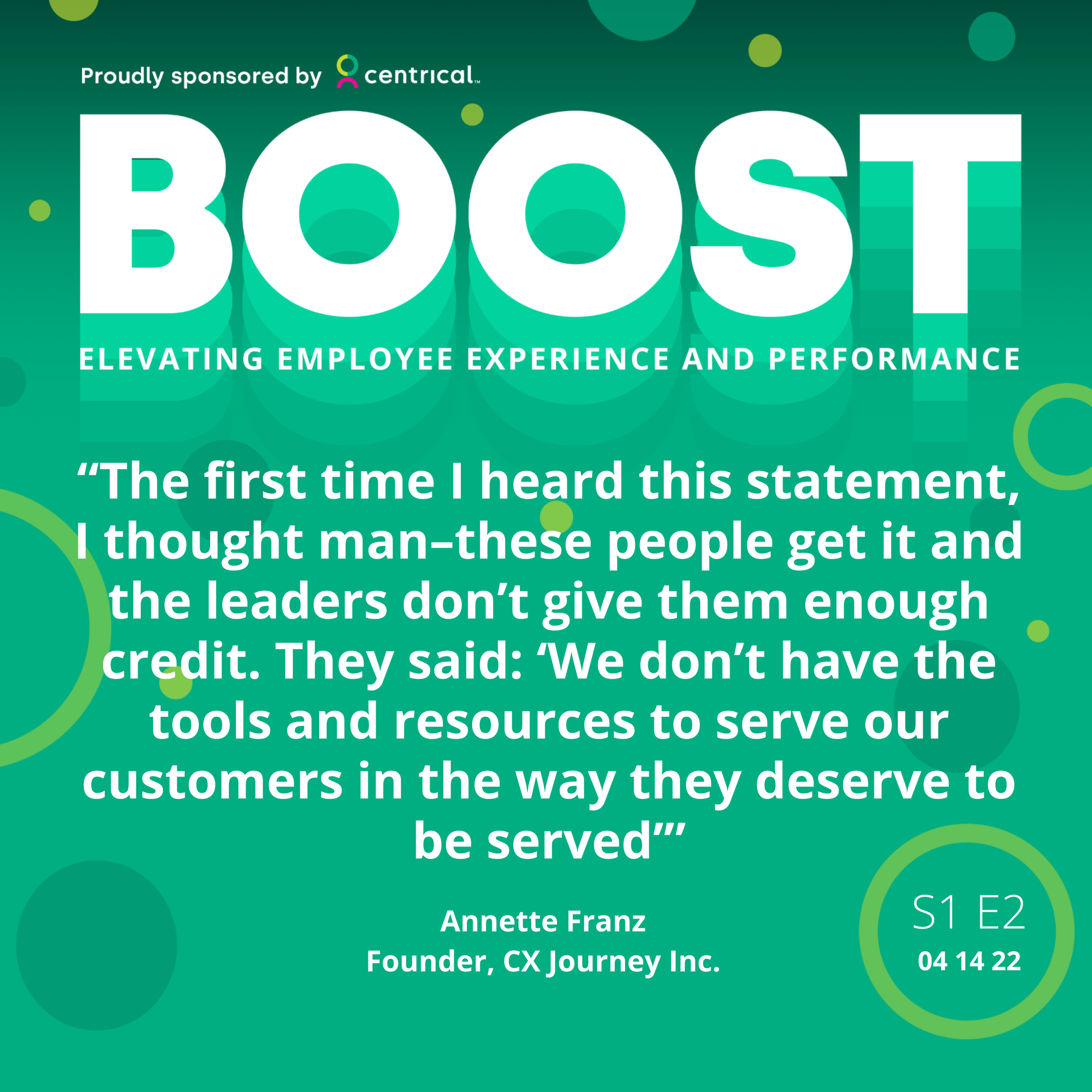 BOOST! S1E2 - EX Excellence: Here’s how to create an employee journey map
BOOST! S1E2 - EX Excellence: Here’s how to create an employee journey map
 BOOST - The Serotonin Episode S1E1
BOOST - The Serotonin Episode S1E1
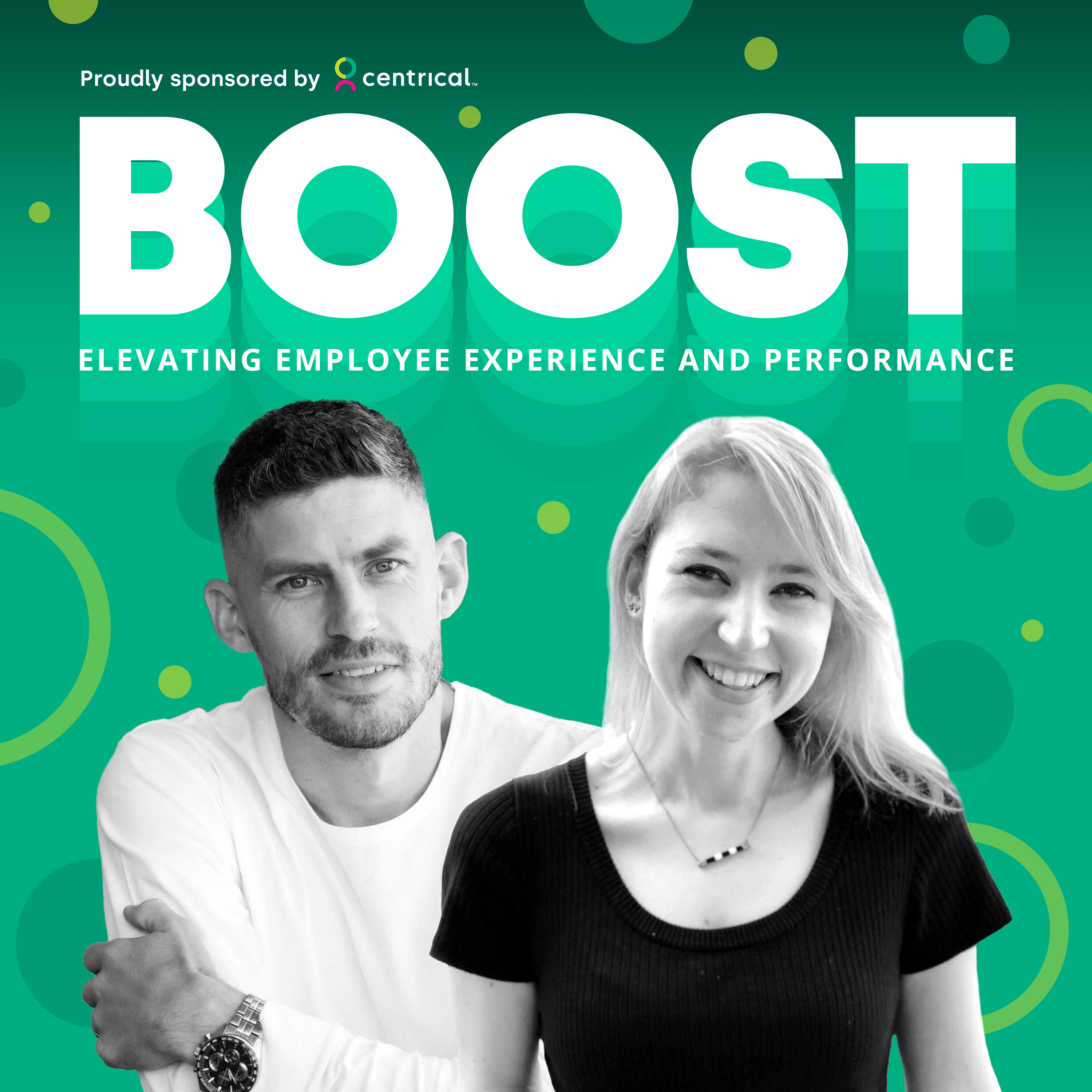 Introducing BOOST: An Employee Experience Variety Show
Introducing BOOST: An Employee Experience Variety Show
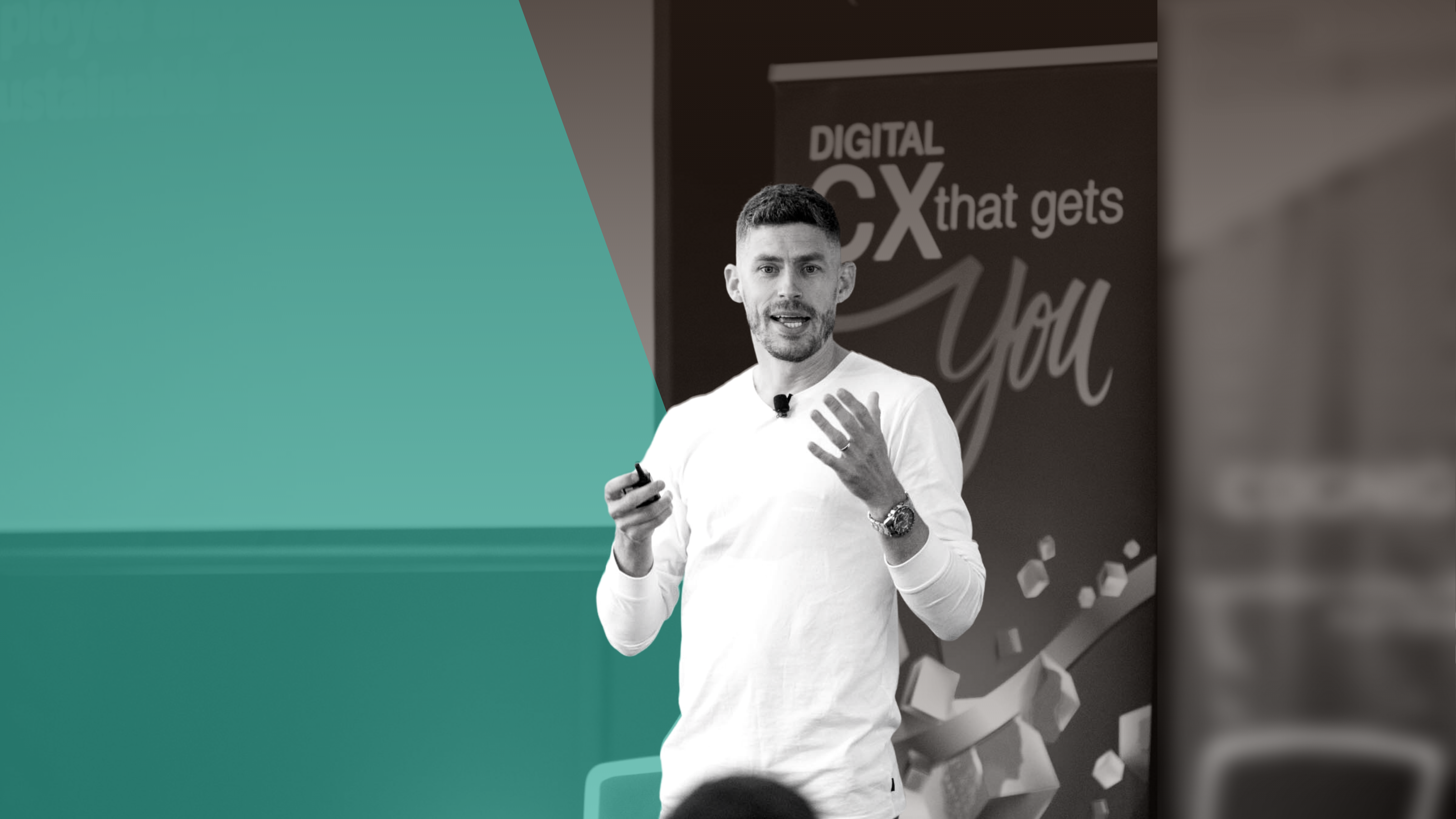 Global Top 25 Thought Larrikin on CX & EX.
Global Top 25 Thought Larrikin on CX & EX.
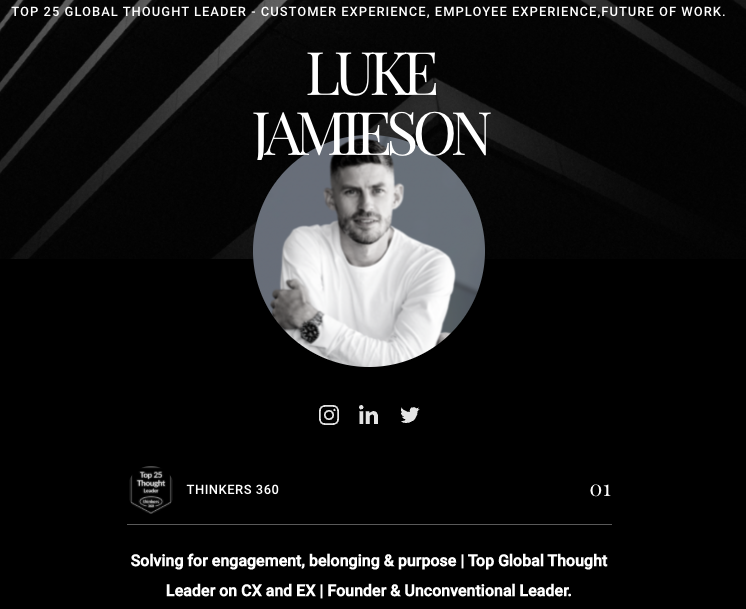 Luke Jamieson
Luke Jamieson
 Food for Thought
Food for Thought
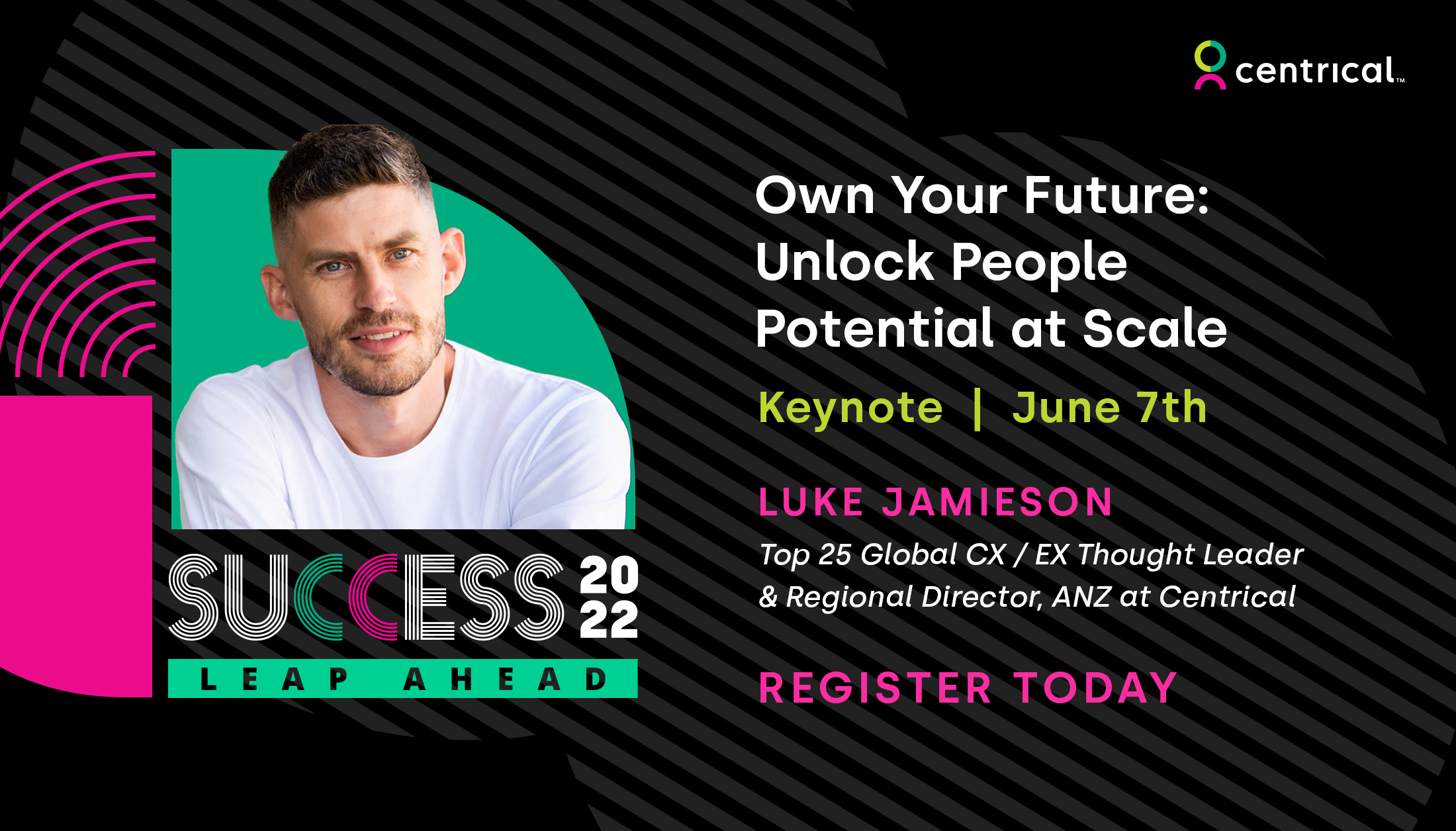 Own your future.Unlocking people potential, at scale.
Own your future.Unlocking people potential, at scale.
 Success 2021
Success 2021

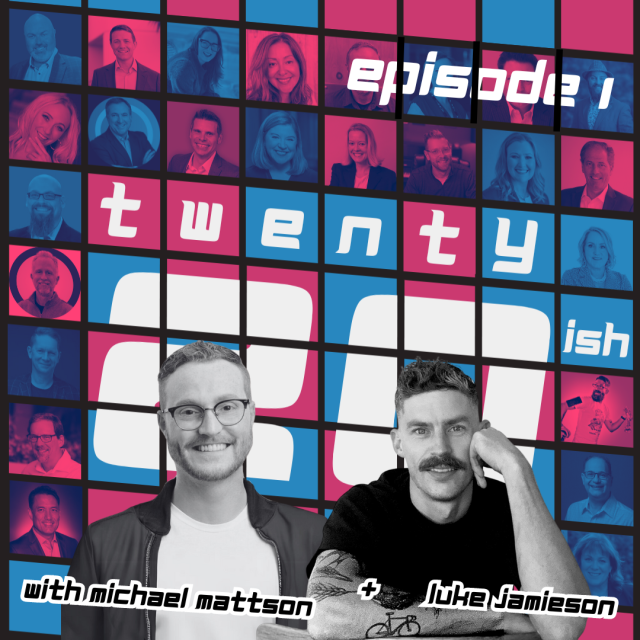 Twenty20ish Episode 1
Twenty20ish Episode 1

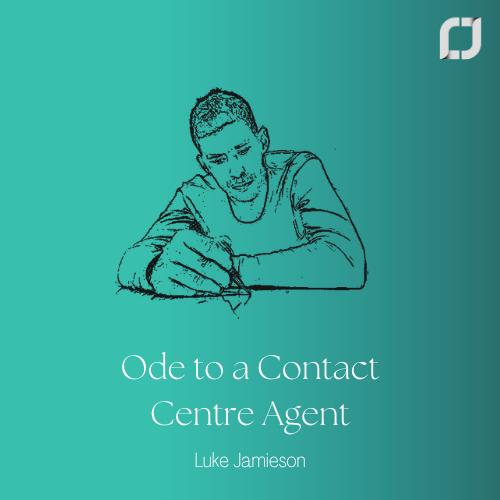 Ode to a Contact Centre Agent
Ode to a Contact Centre Agent
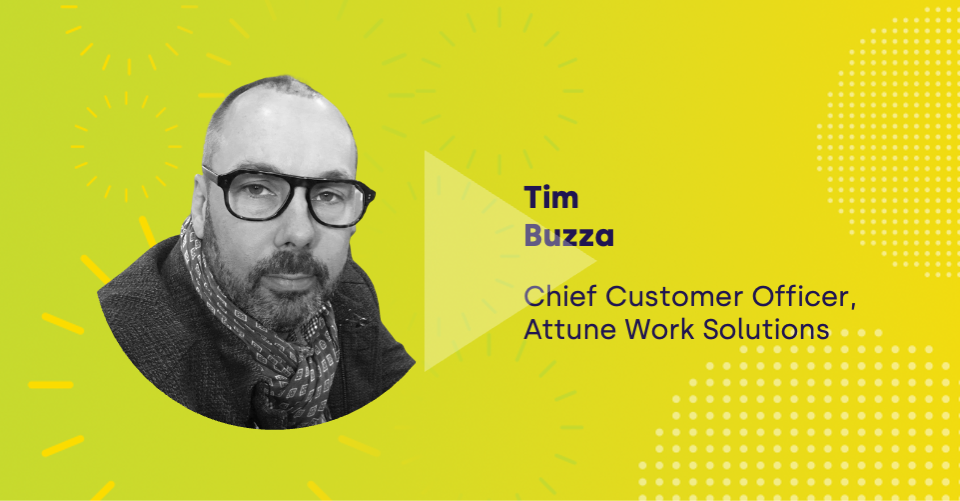 30-Second AHT with Tim Buzza
30-Second AHT with Tim Buzza
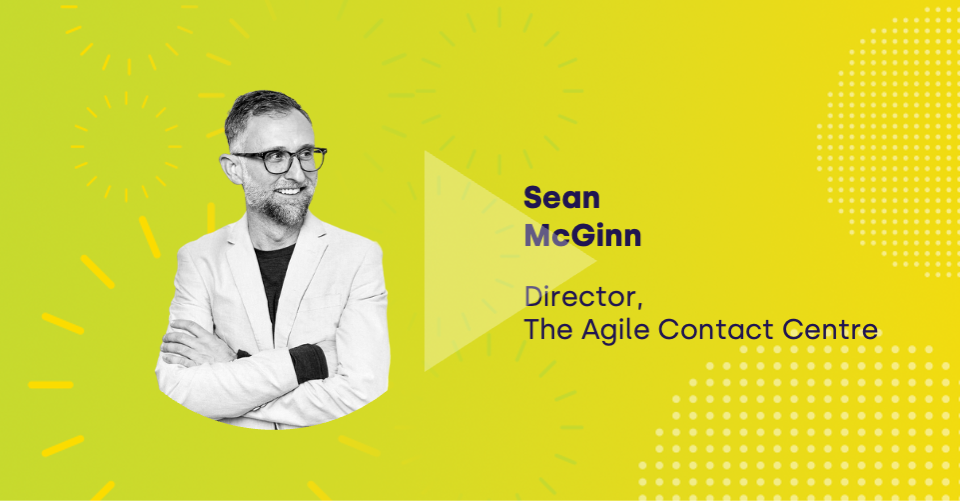 30-Second AHT with Sean McGinn
30-Second AHT with Sean McGinn
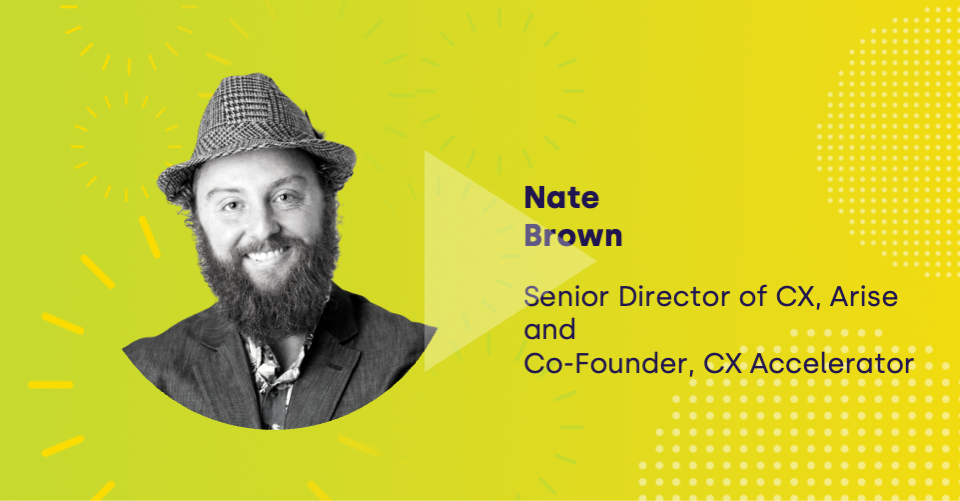 30n Second AHT with Nate Brown
30n Second AHT with Nate Brown
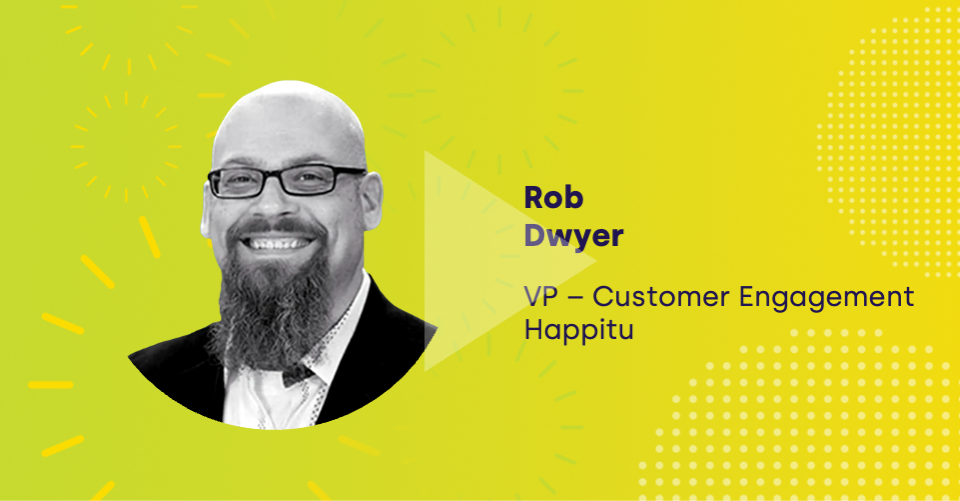 30-Second AHT with Rob Dwyer
30-Second AHT with Rob Dwyer
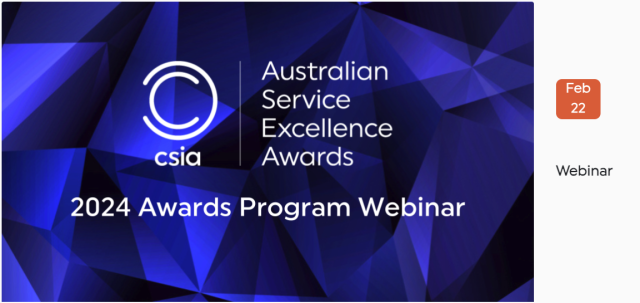 2024 Australian Service Excellence Awards - Program Information Session - Webinar
2024 Australian Service Excellence Awards - Program Information Session - Webinar
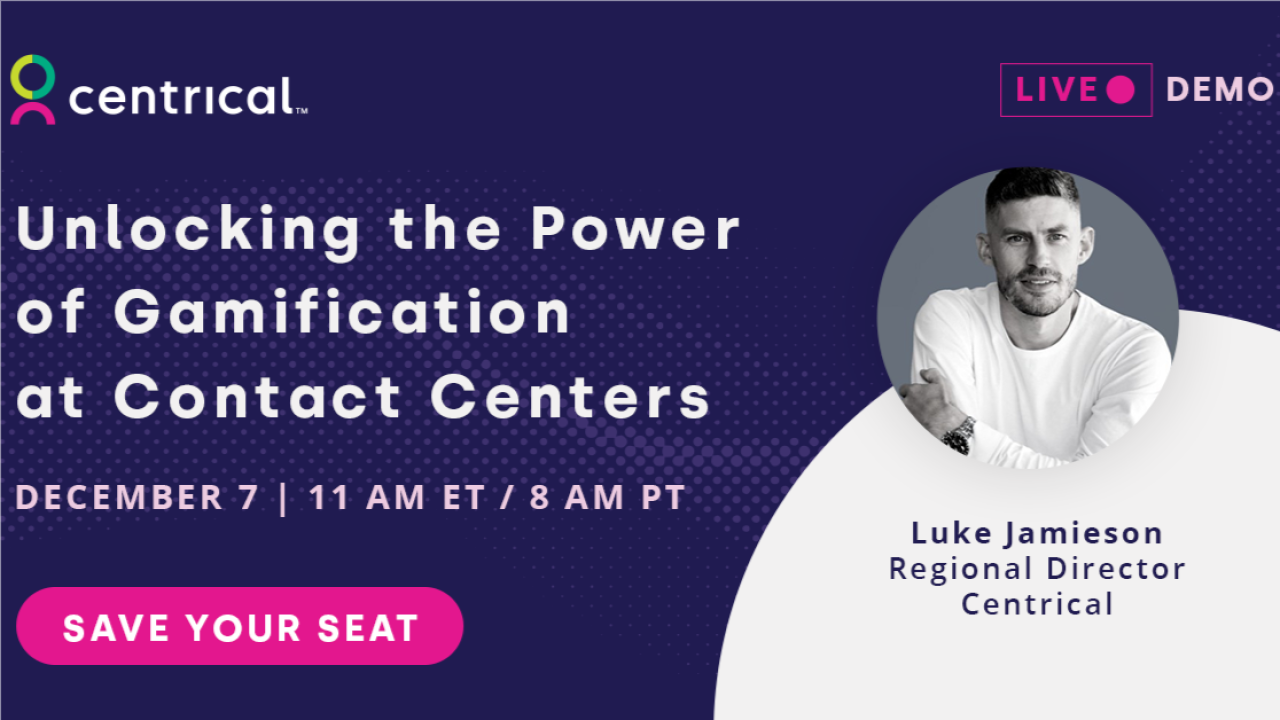 Unlocking the power of gamification at contact centers
Unlocking the power of gamification at contact centers
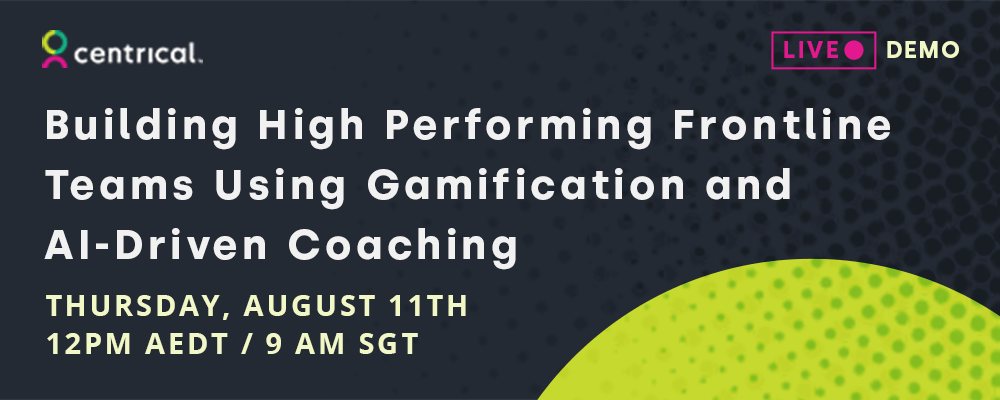 Demo: Building High Performing Frontline Teams Using Gamification and AI-Driven Coaching
Demo: Building High Performing Frontline Teams Using Gamification and AI-Driven Coaching
 Effective use of Technology to skill your people for the future
Effective use of Technology to skill your people for the future

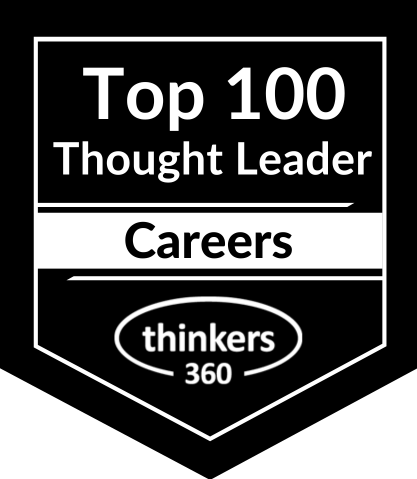
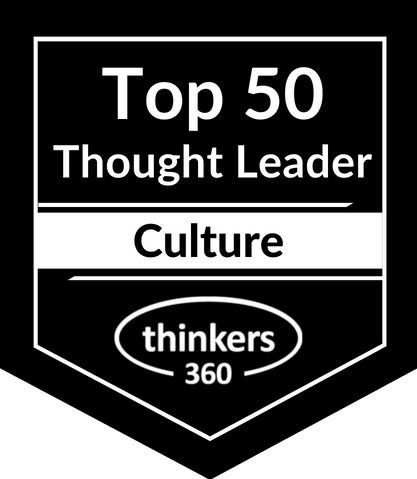
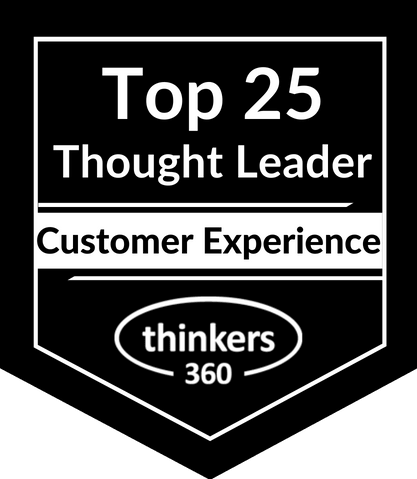
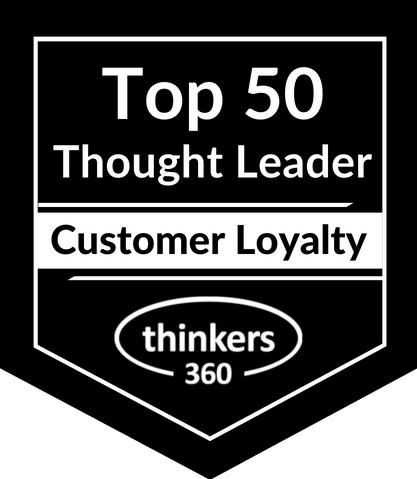
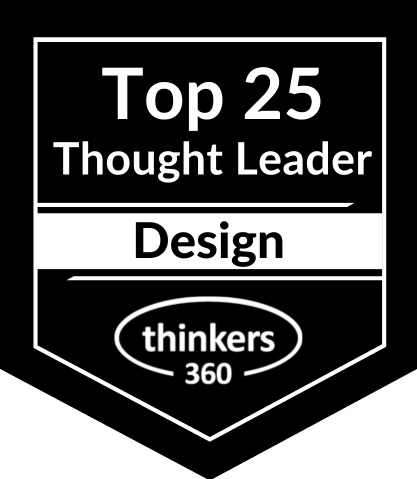
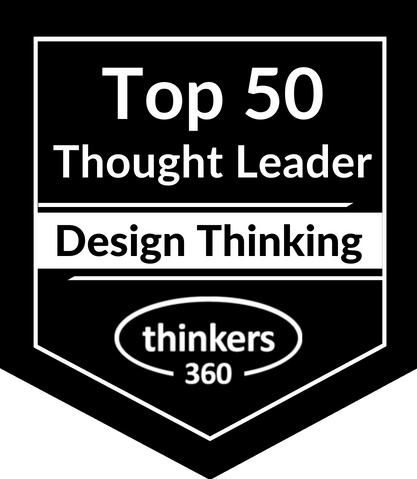
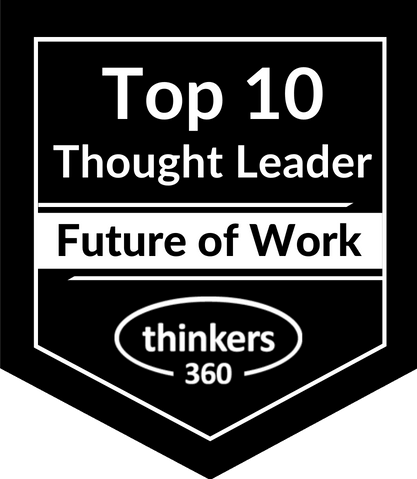
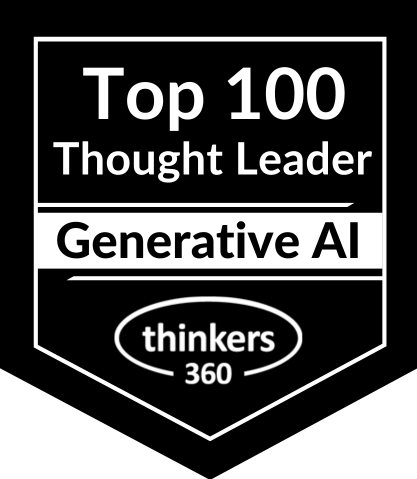
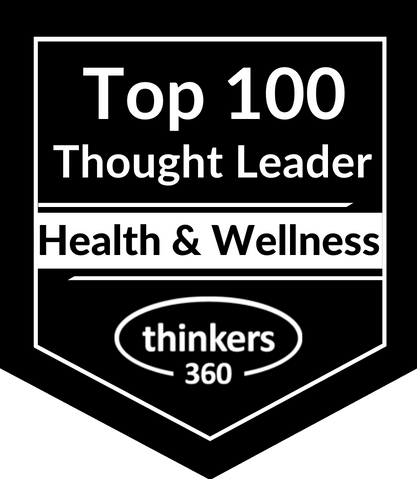
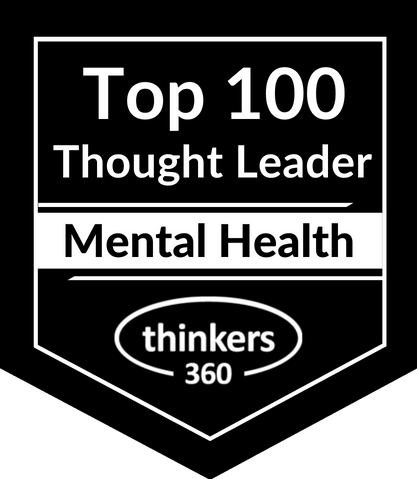
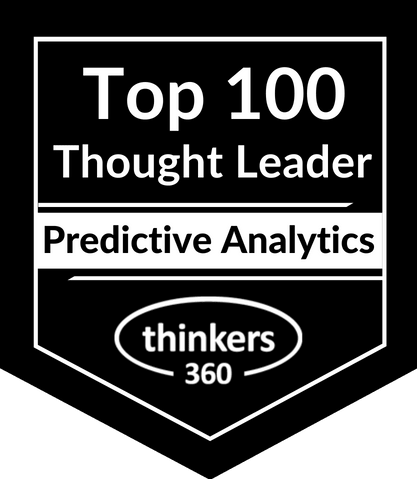
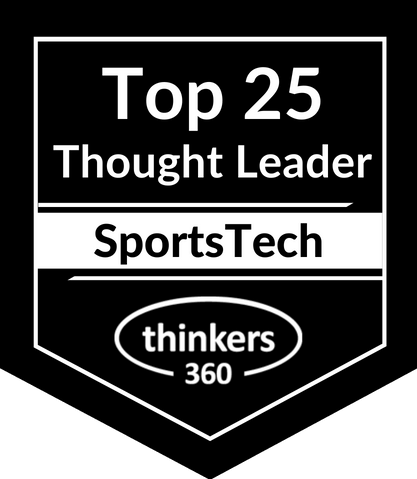
 Love by Numbers ~ A tale of quantifying relationships
Love by Numbers ~ A tale of quantifying relationships
 A.I. May Take Our Tasks But IT Will Never Take Our Jobs!
A.I. May Take Our Tasks But IT Will Never Take Our Jobs!
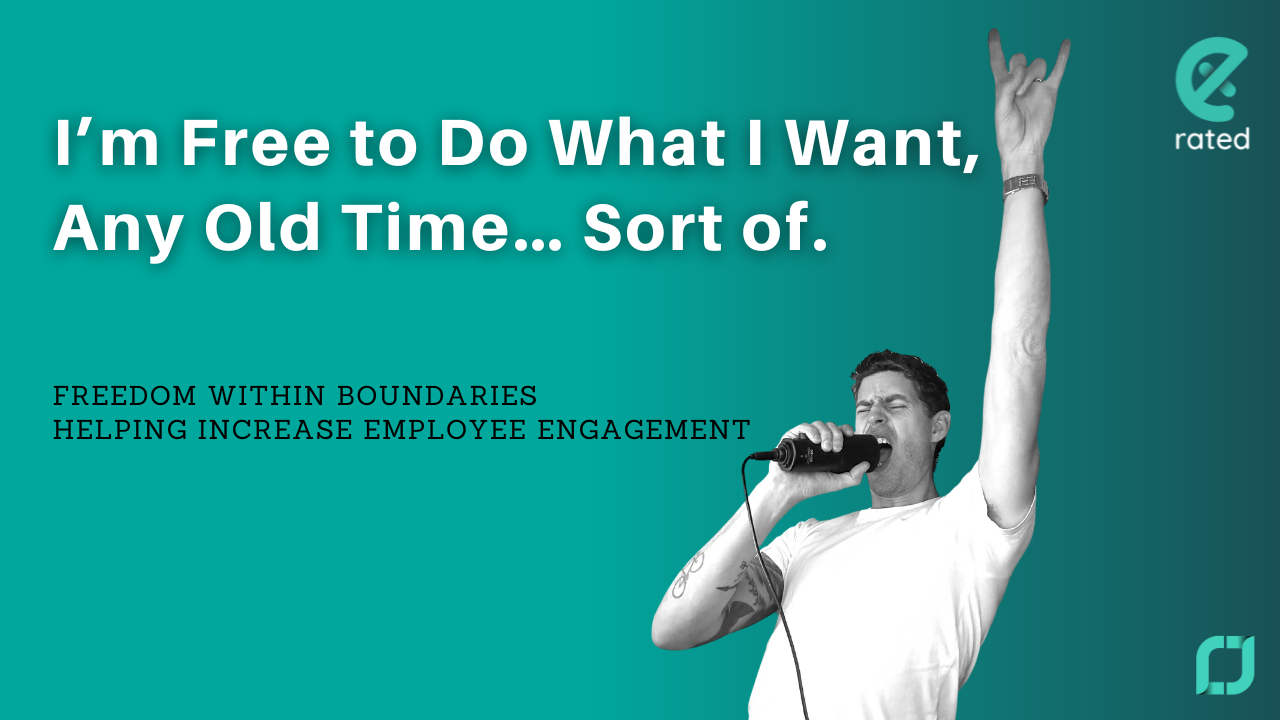 I’m Free to Do What I Want, Any Old Time… Sort of. Freedom within Boundaries Helping Increase Employee Engagement
I’m Free to Do What I Want, Any Old Time… Sort of. Freedom within Boundaries Helping Increase Employee Engagement
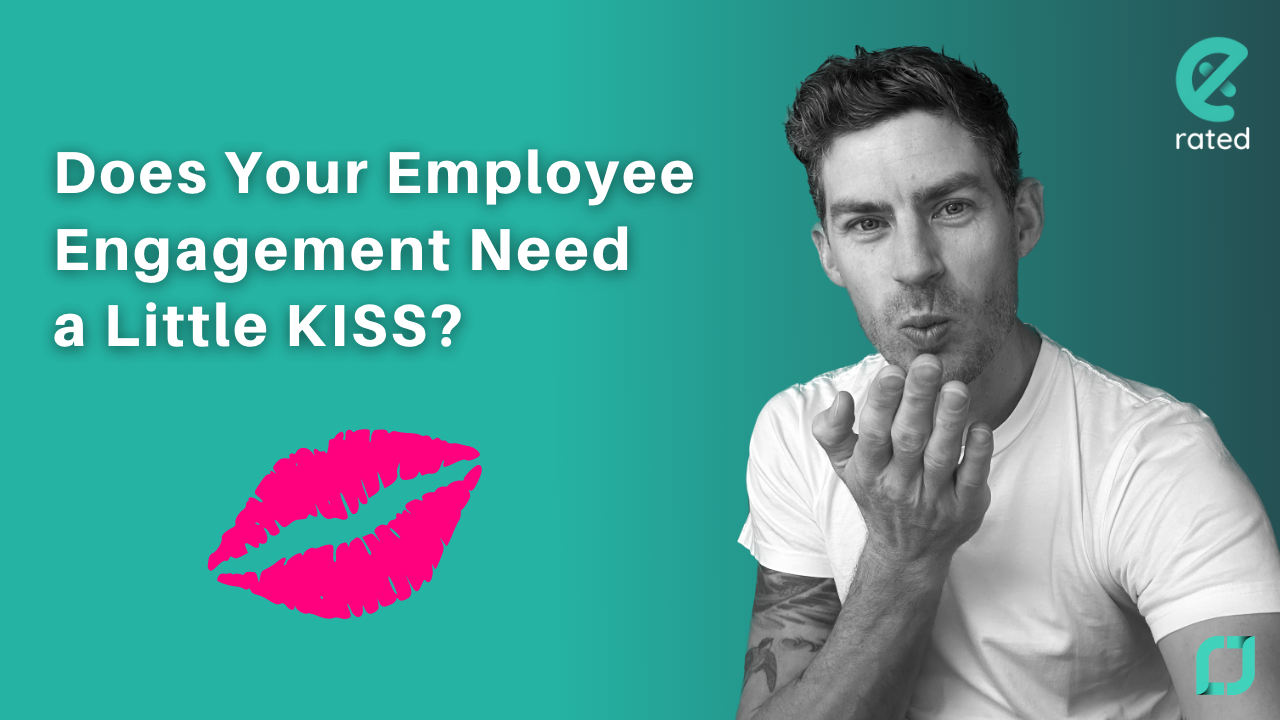 Does Your Employee Engagement Need a Little KISS?
Does Your Employee Engagement Need a Little KISS?
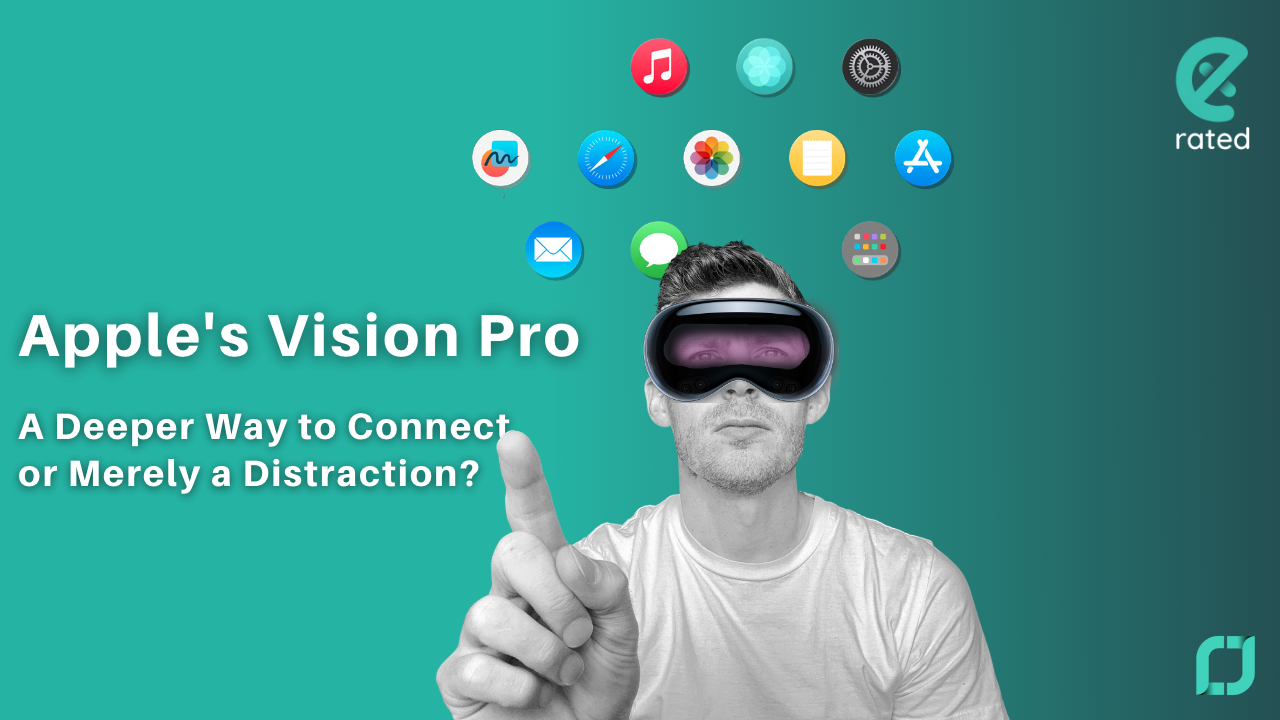 Apples Vision Pro - A Deeper Way to Connect or Merely a Distraction?
Apples Vision Pro - A Deeper Way to Connect or Merely a Distraction?
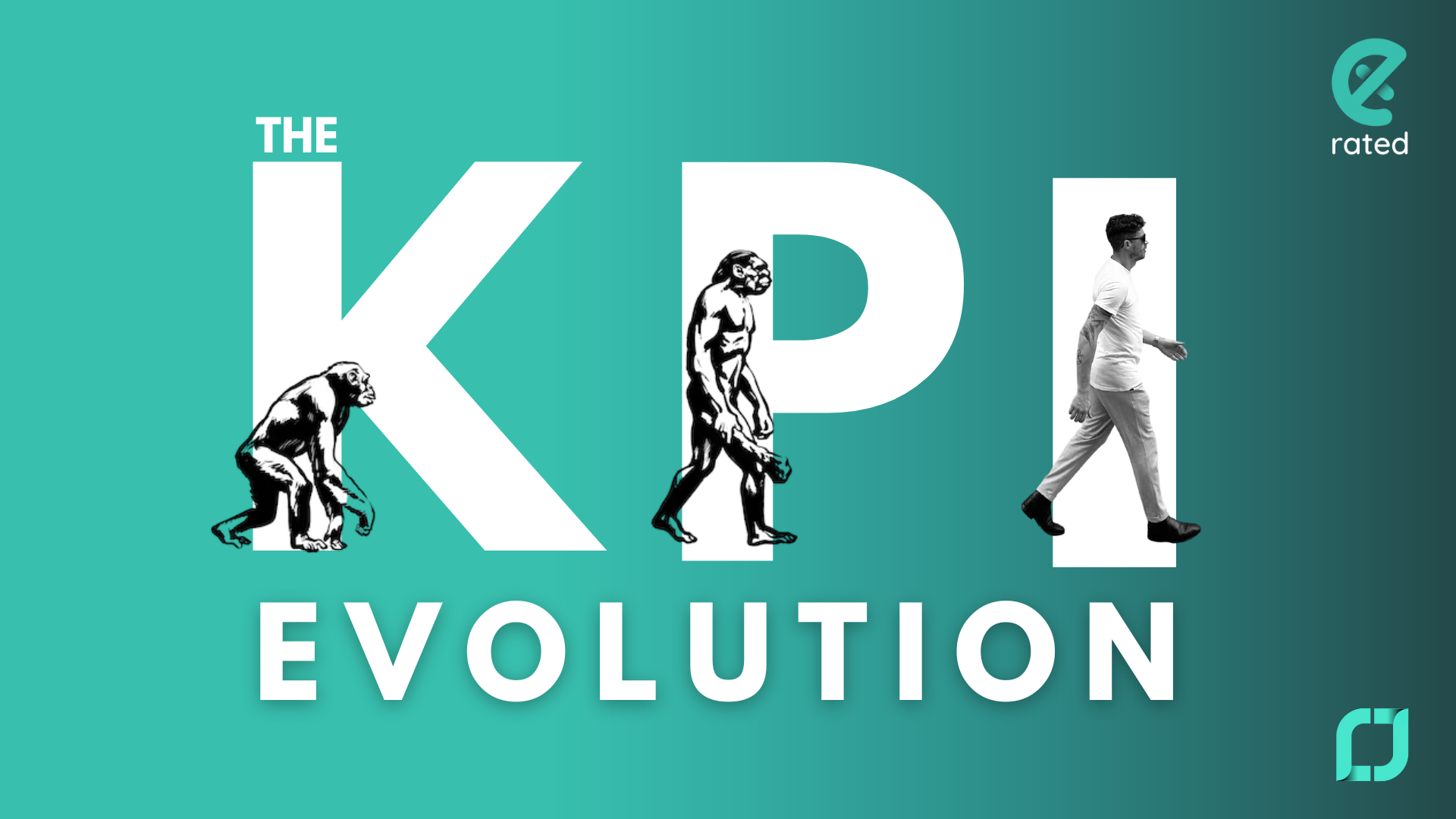 The KPI Evolution
The KPI Evolution
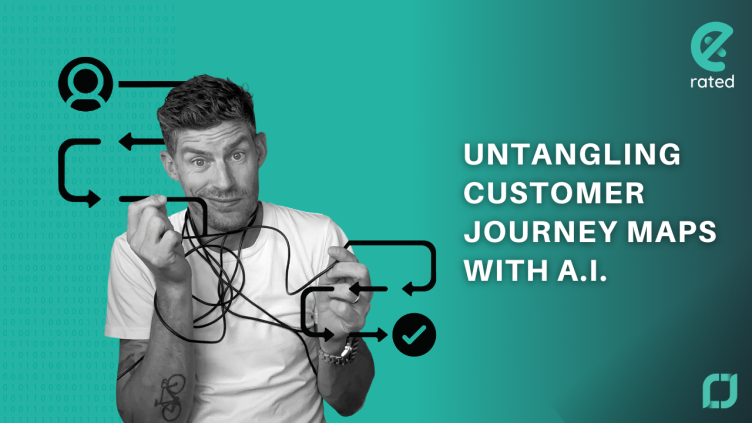 Untangling Customer Journey Maps with A.I.
Untangling Customer Journey Maps with A.I.
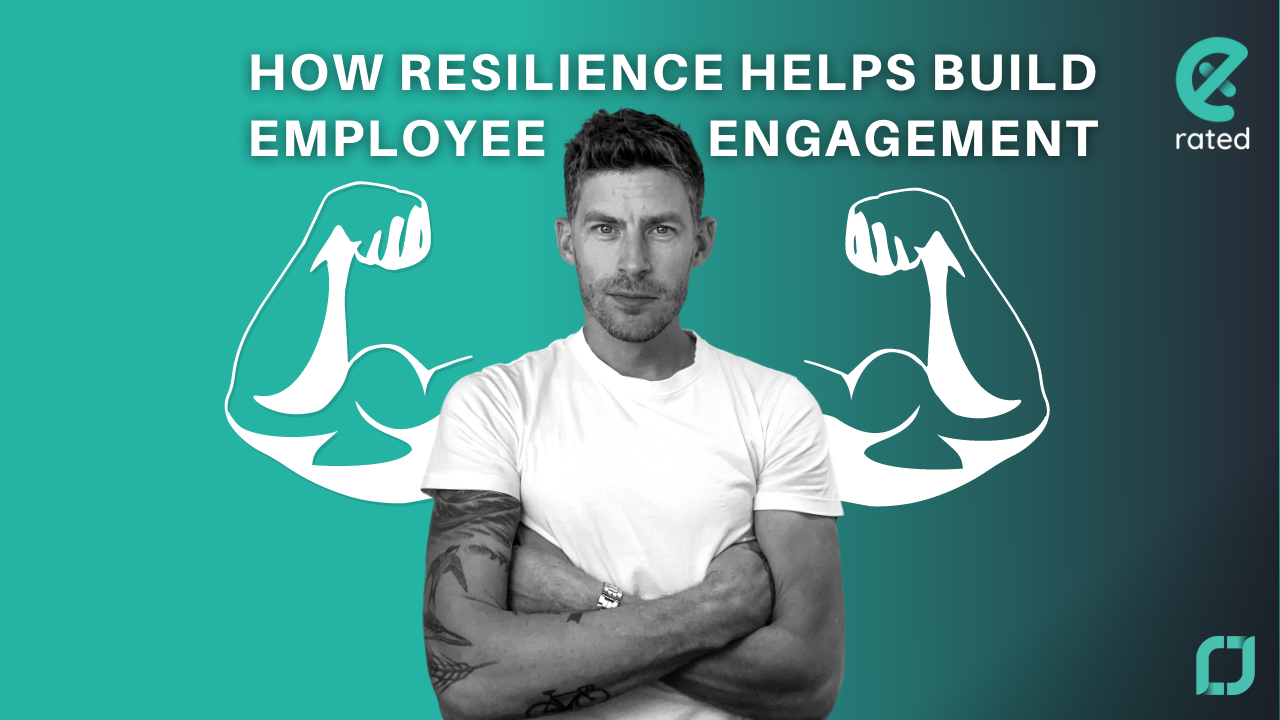 How Resilience Helps Build Employee Engagement
How Resilience Helps Build Employee Engagement
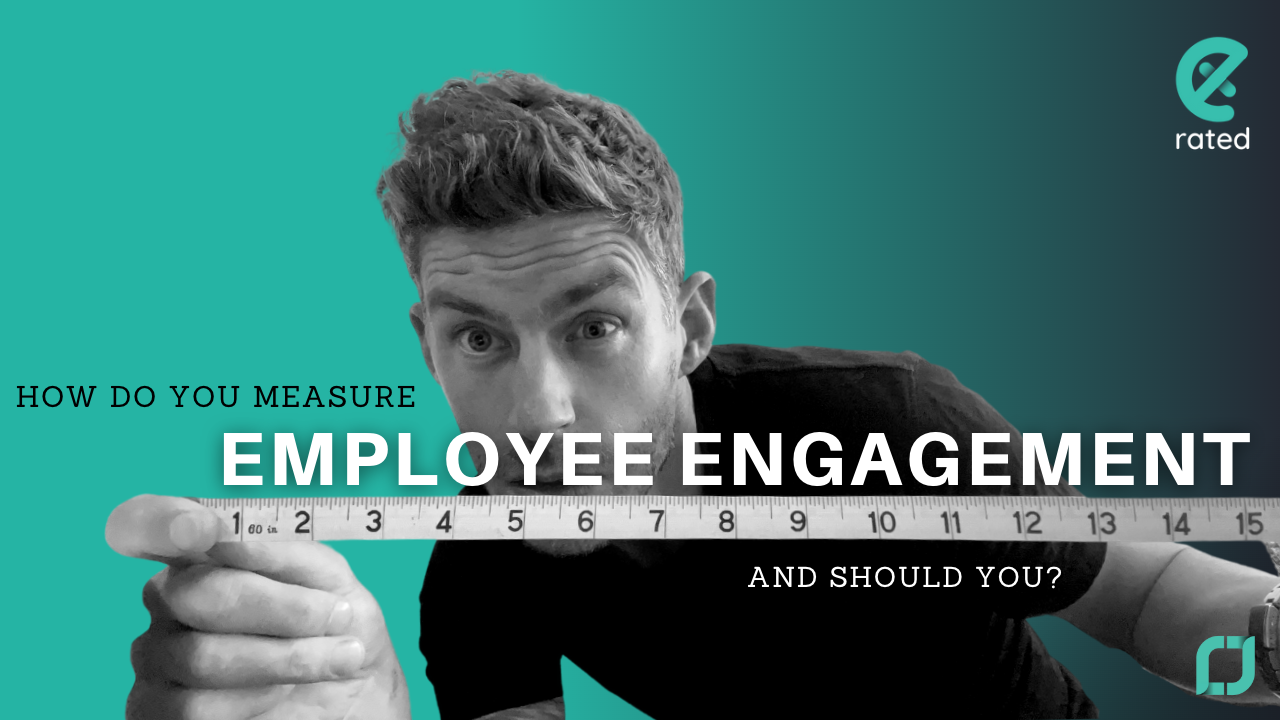 How do you measure employee engagement… and should you?
How do you measure employee engagement… and should you?

 My 2023 Future of Work Predictions - The 4-day week, the anti-work movement, digital nomads, and other trends in the future of work.
My 2023 Future of Work Predictions - The 4-day week, the anti-work movement, digital nomads, and other trends in the future of work.

 Only Tesla Drivers Get in Crashes - How the power of a brand impact employee engagement
Only Tesla Drivers Get in Crashes - How the power of a brand impact employee engagement

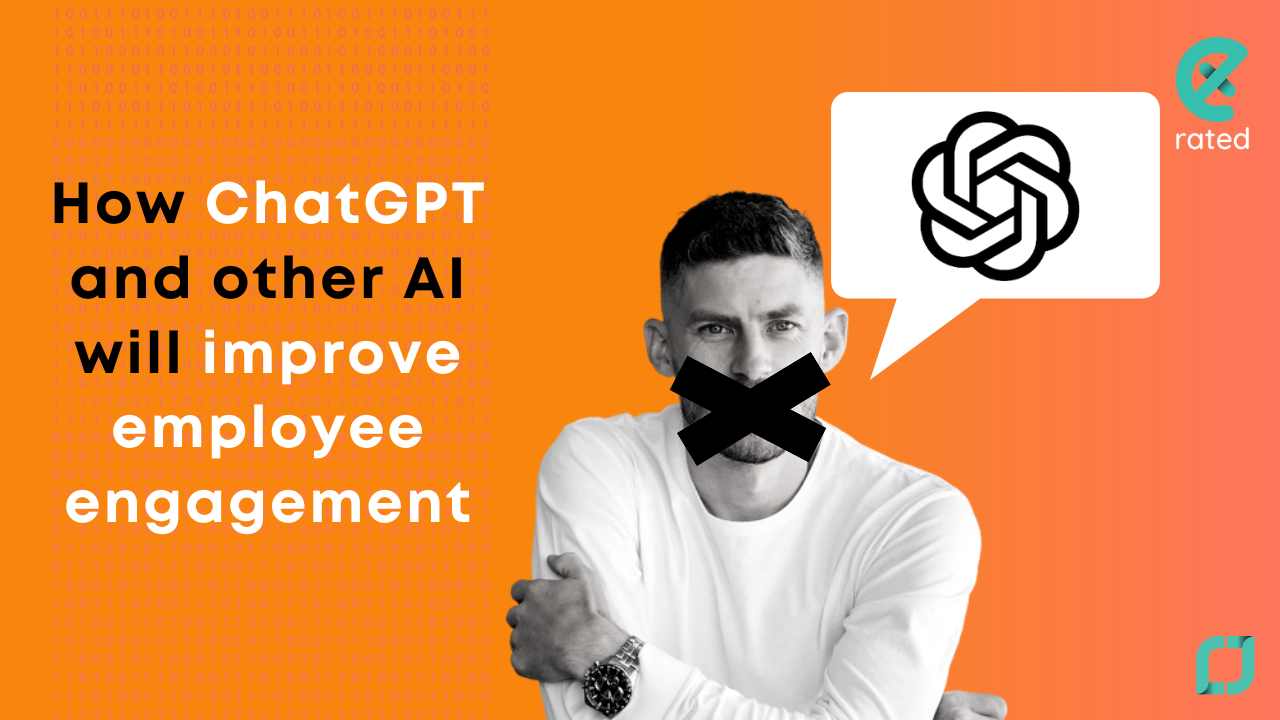 How ChatGPT (and other AI) will improve employee engagement.
How ChatGPT (and other AI) will improve employee engagement.


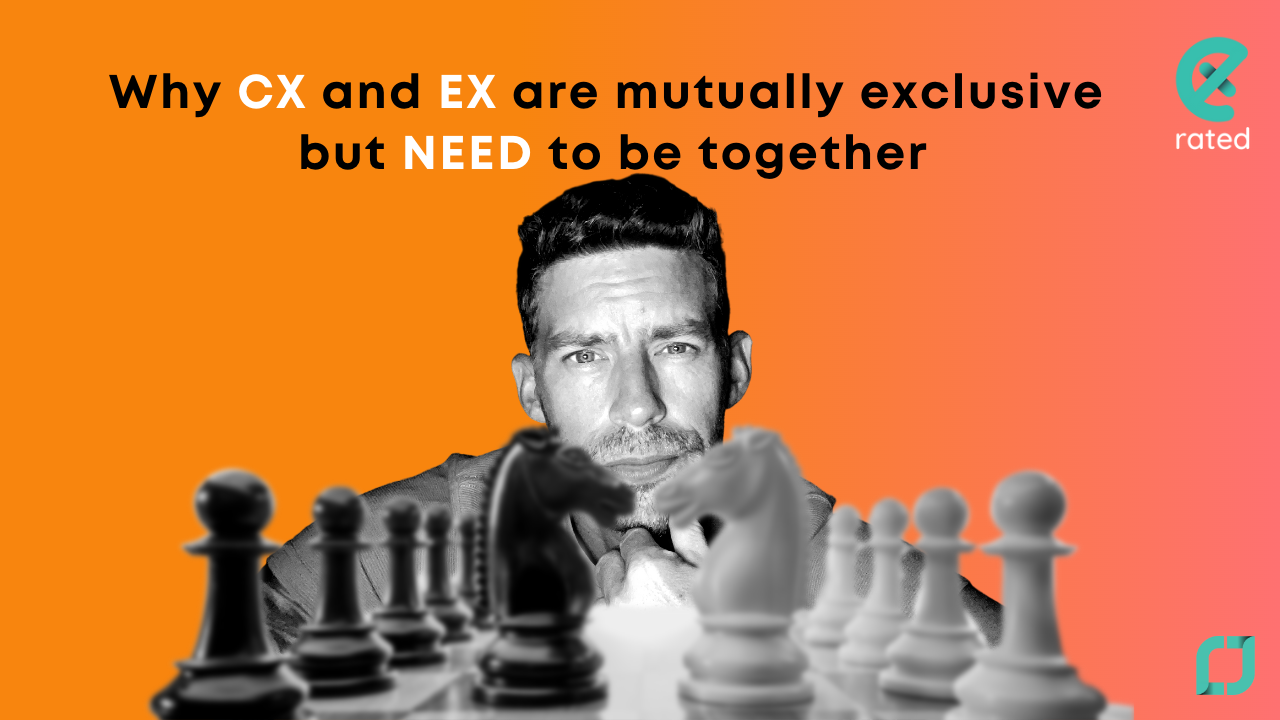 Why CX and EX ARE mutually exclusive but NEED to be together
Why CX and EX ARE mutually exclusive but NEED to be together
 Why Play Beats Fun When it Comes to Serious Business
Why Play Beats Fun When it Comes to Serious Business
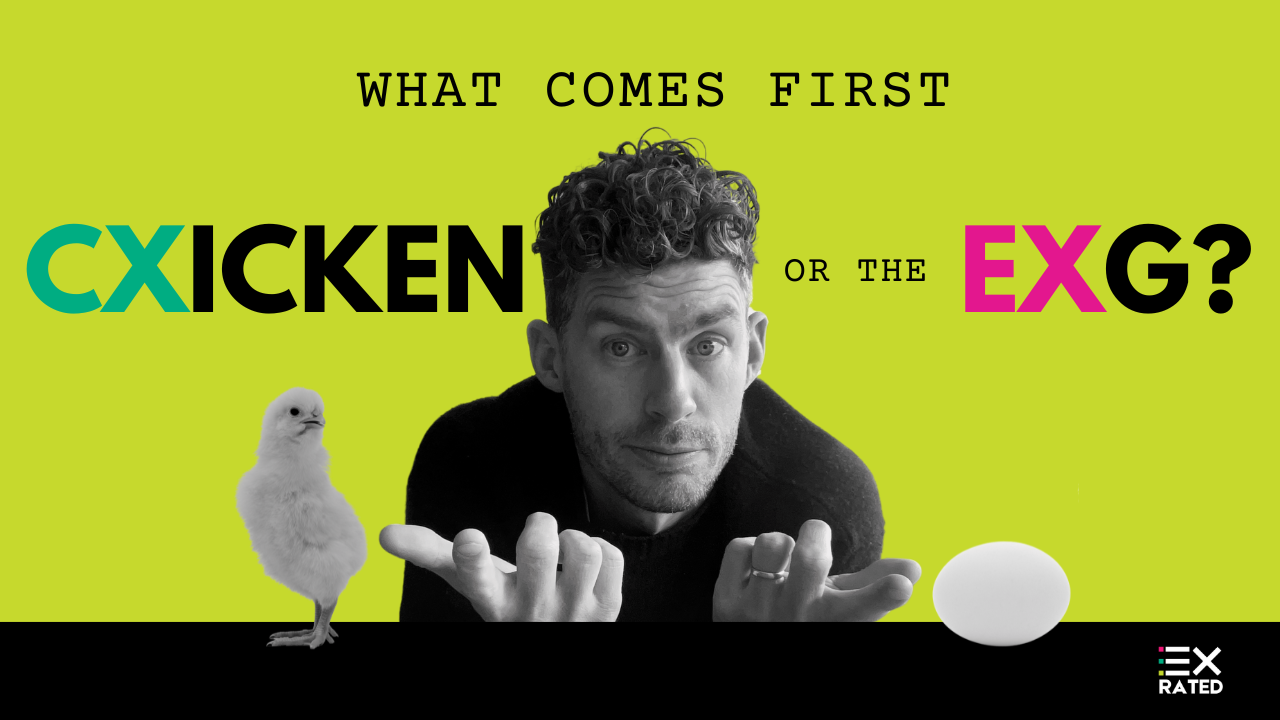 What Comes First? CXicken or the EXg?
What Comes First? CXicken or the EXg?
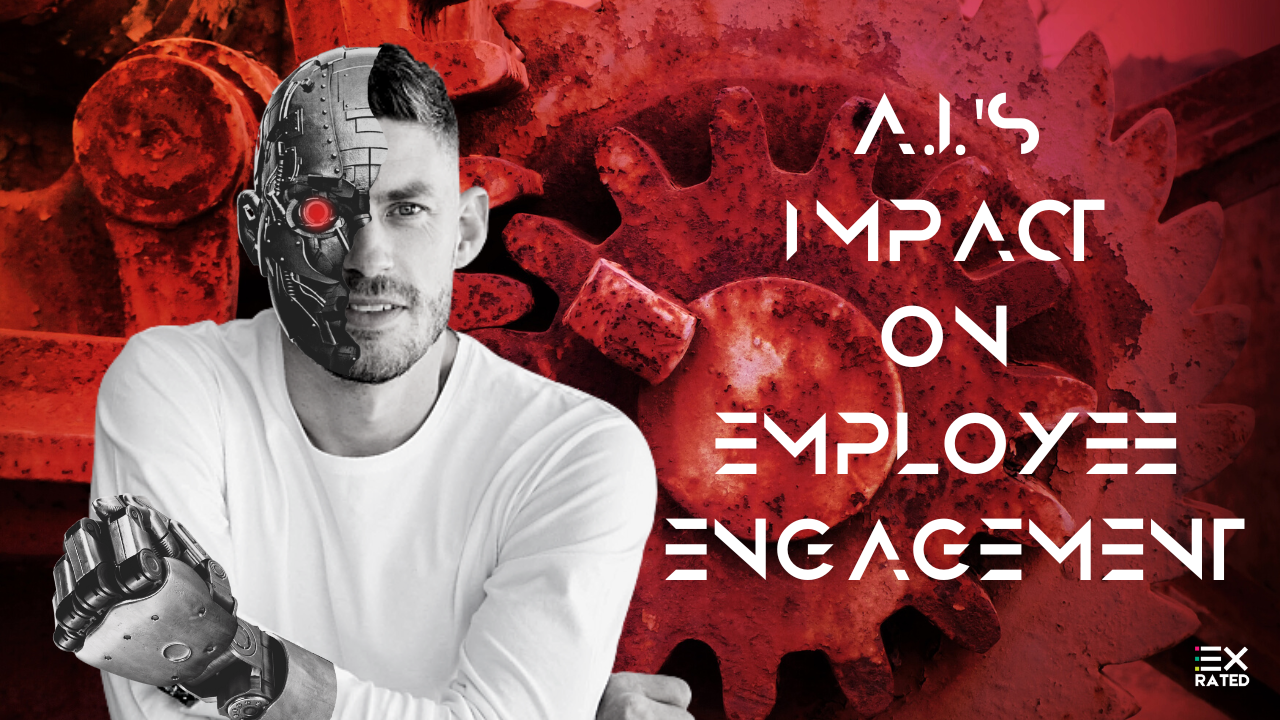 AI's Impact on Employee Engagement
AI's Impact on Employee Engagement
 In Love or Burn Out: Why Loving Your Job is Key to Retention and Reducing Burnout
In Love or Burn Out: Why Loving Your Job is Key to Retention and Reducing Burnout
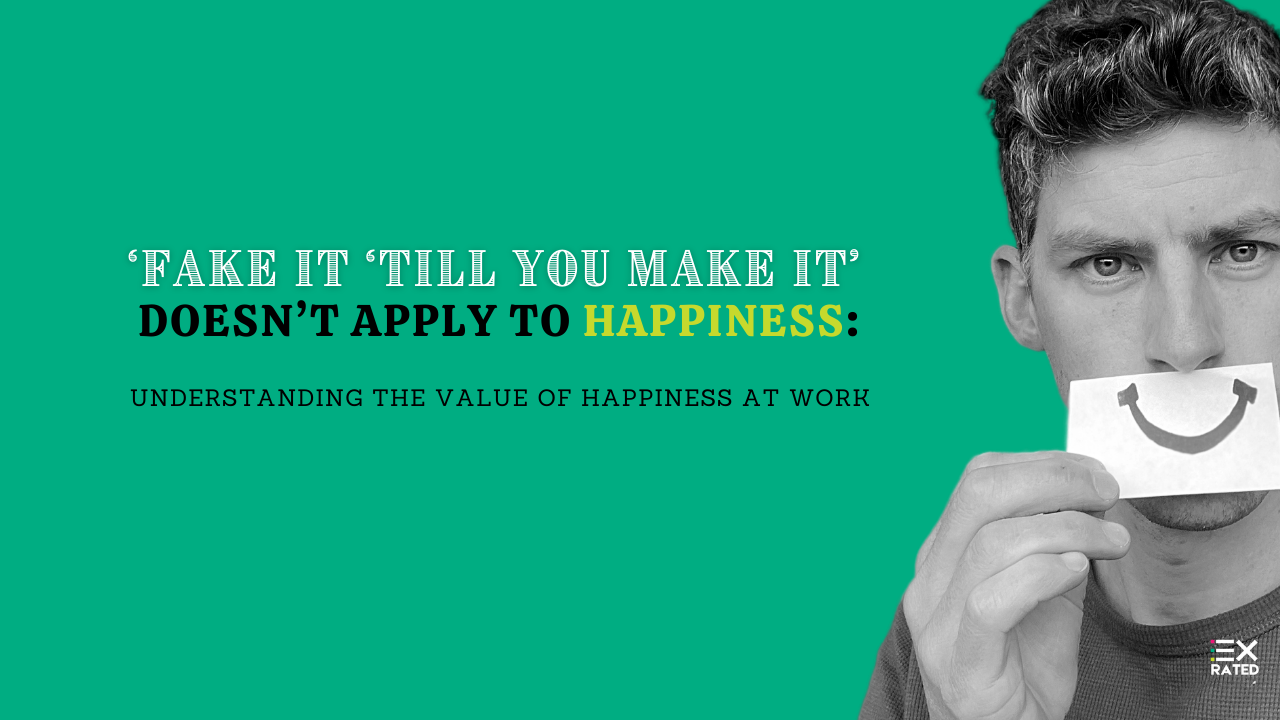 ‘Fake It ‘till You Make It’ Doesn’t Apply to Happiness
‘Fake It ‘till You Make It’ Doesn’t Apply to Happiness
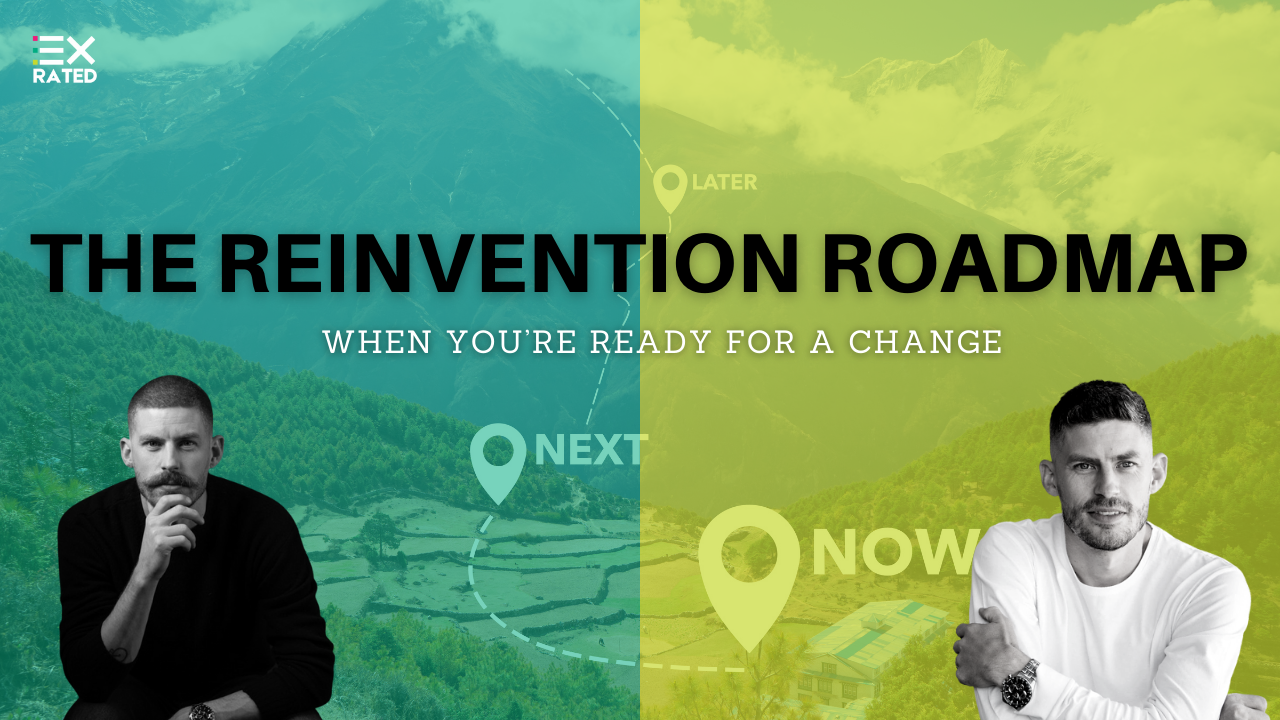 The Reinvention Roadmap - When You’re Ready for a Change
The Reinvention Roadmap - When You’re Ready for a Change

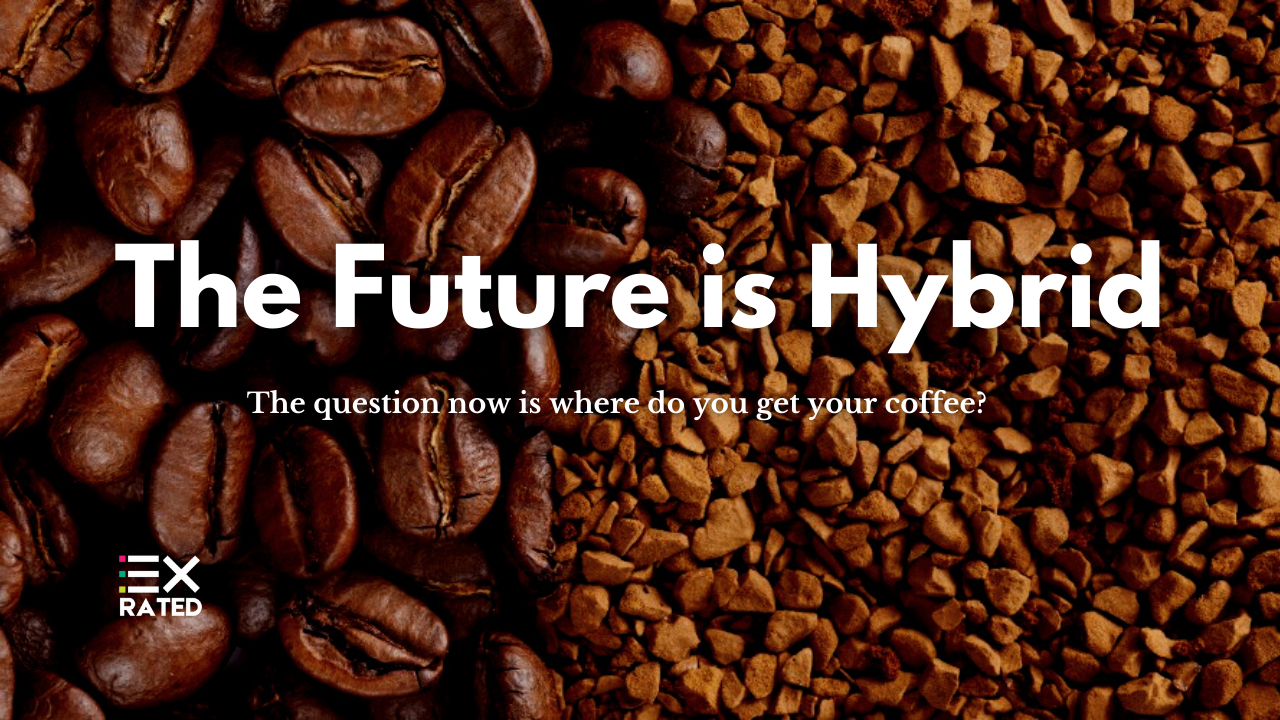 The Future is Hybrid - The question now is where do you get your coffee?
The Future is Hybrid - The question now is where do you get your coffee?
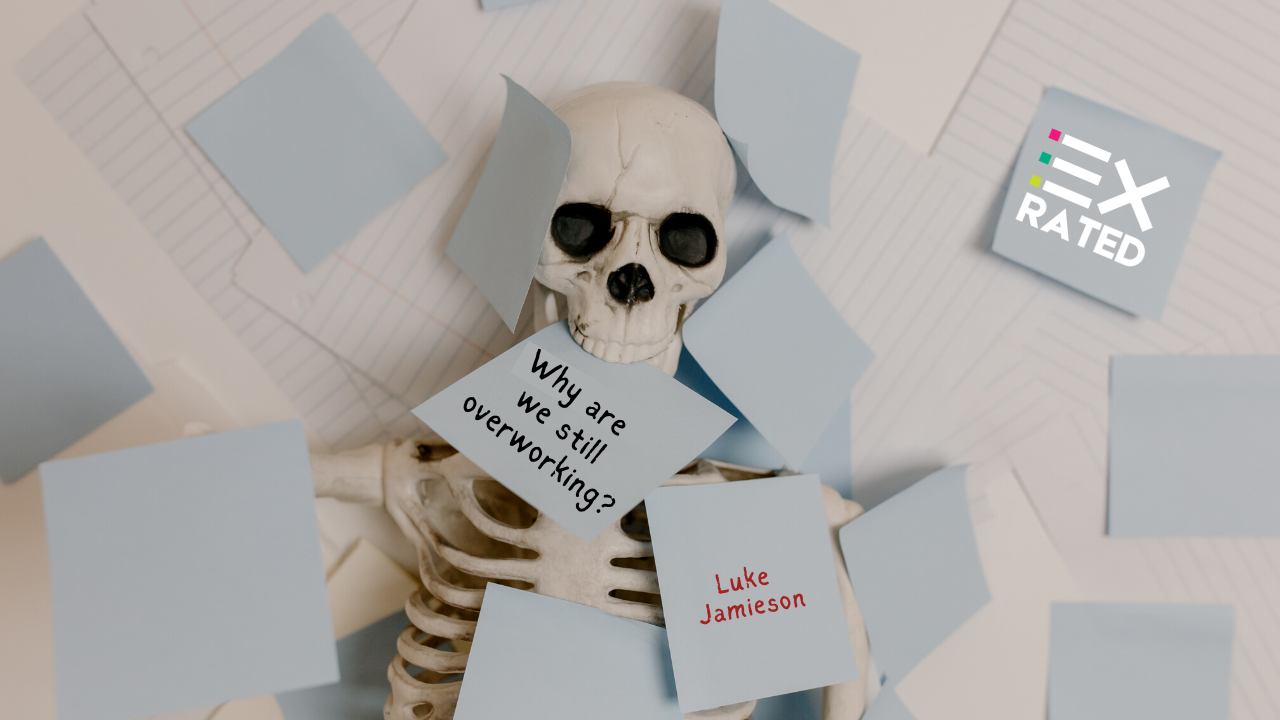 Why Are We Still Overworking?
Why Are We Still Overworking?
 Employee Engagement vs. Employee Experience: What’s the Difference & Why it Matters
Employee Engagement vs. Employee Experience: What’s the Difference & Why it Matters
 Your RTO Survival Kit
Your RTO Survival Kit

 Gamification is Bullshit?
Gamification is Bullshit?
 Social Contract or Employee Contract
Social Contract or Employee Contract

 Creative ? Content ? Consulting
Creative ? Content ? Consulting
 vision, high energy, audacious creativity and mischievous execution that makes him an inspiring and refreshing keynote speaker
vision, high energy, audacious creativity and mischievous execution that makes him an inspiring and refreshing keynote speaker



















